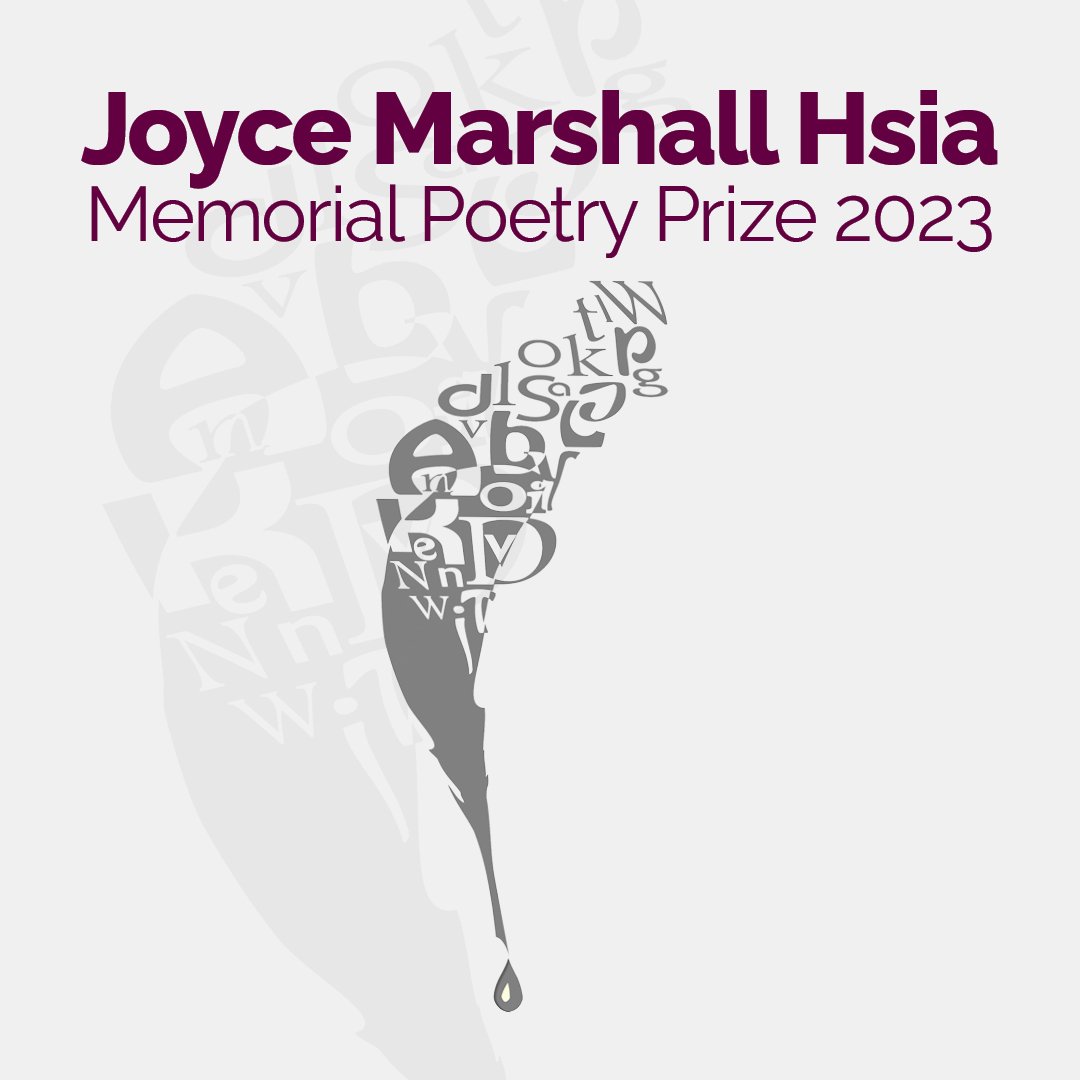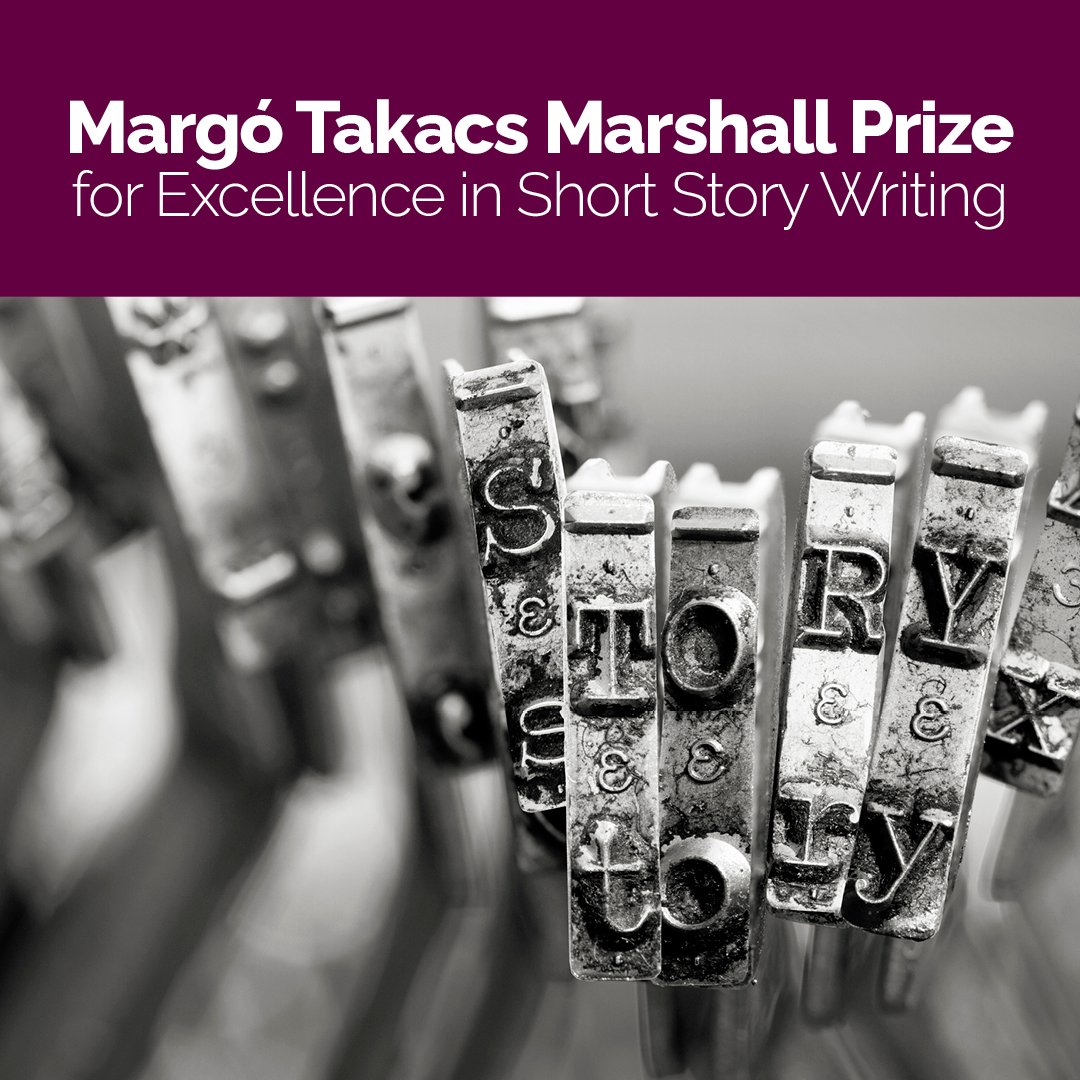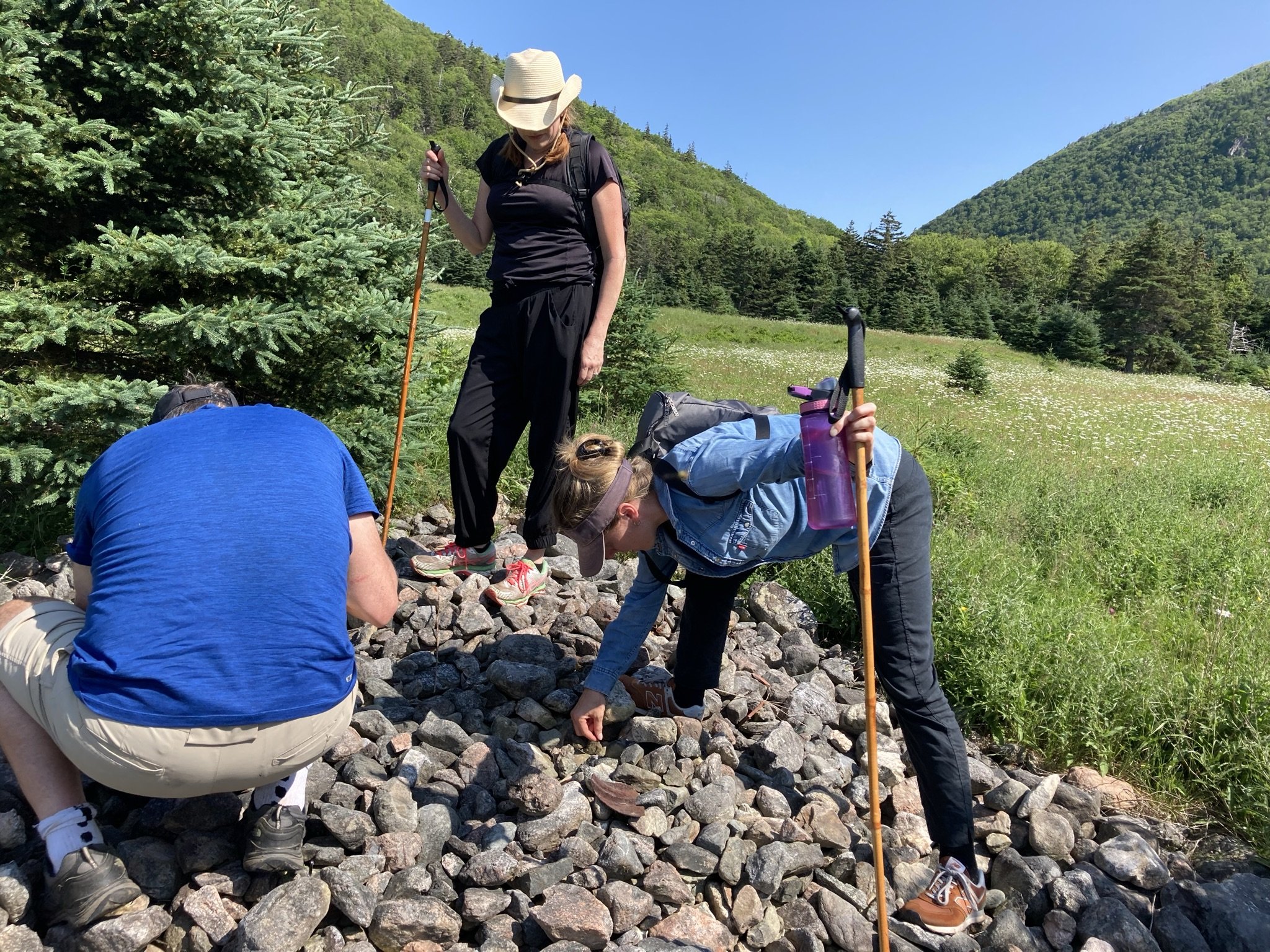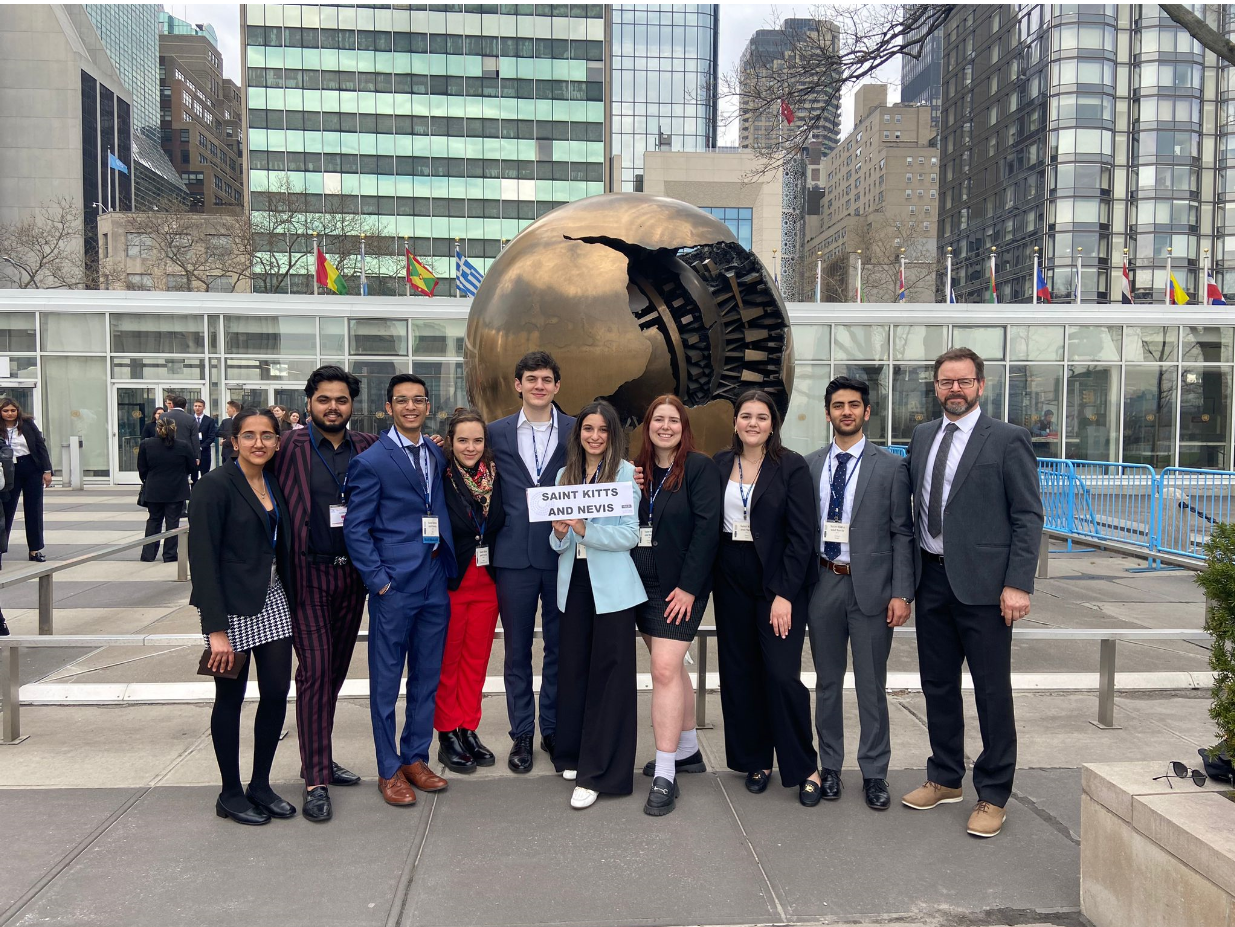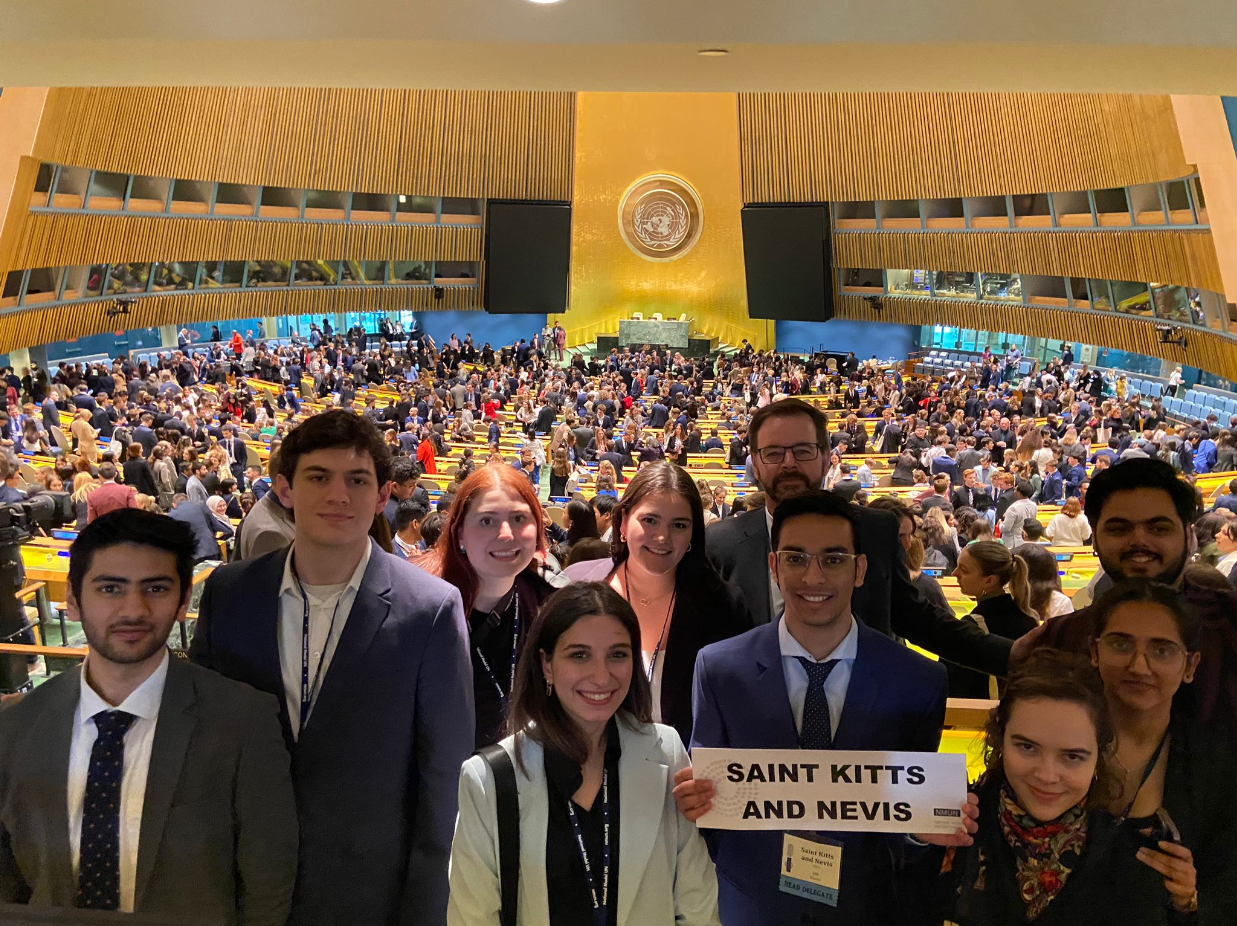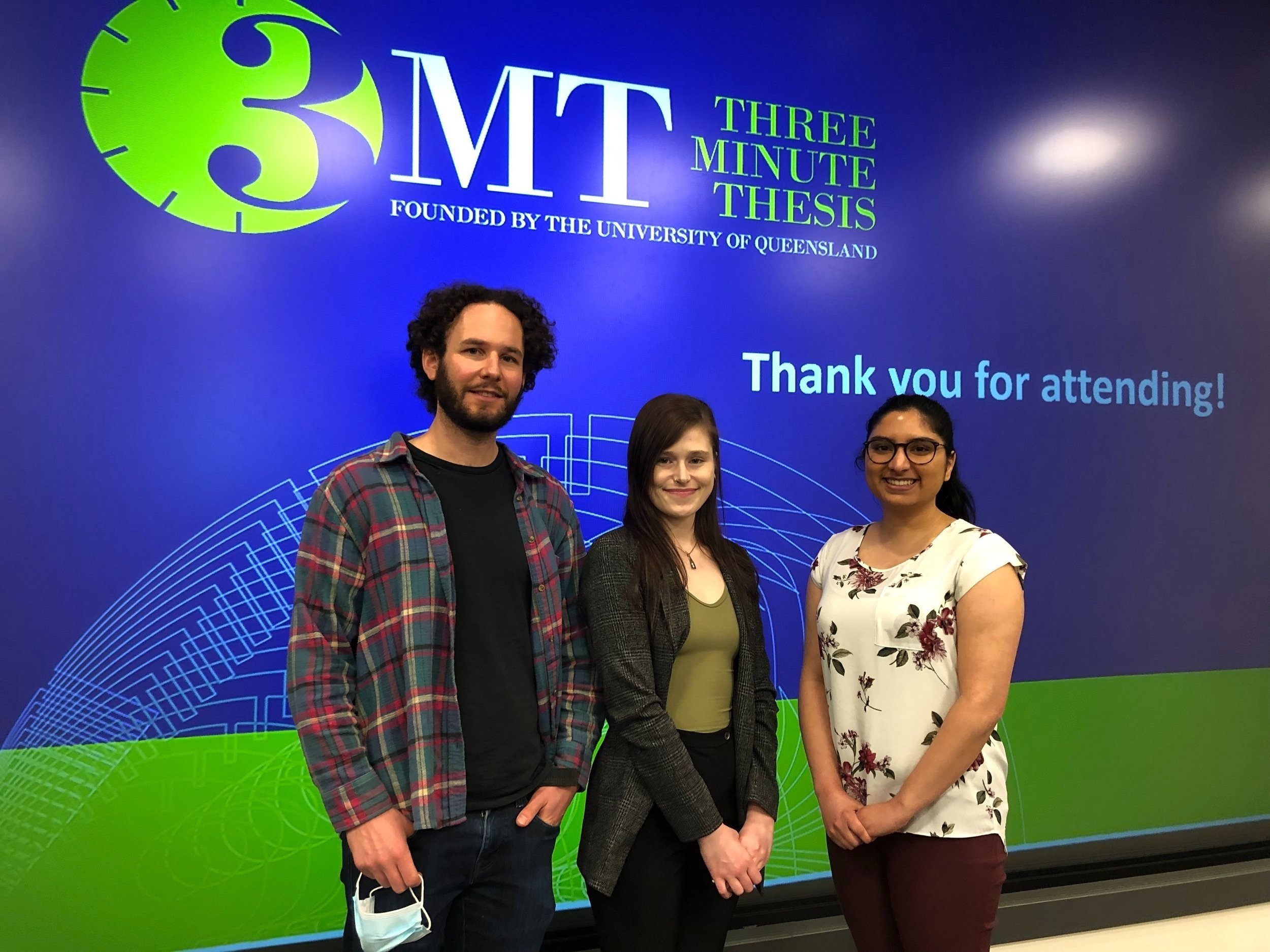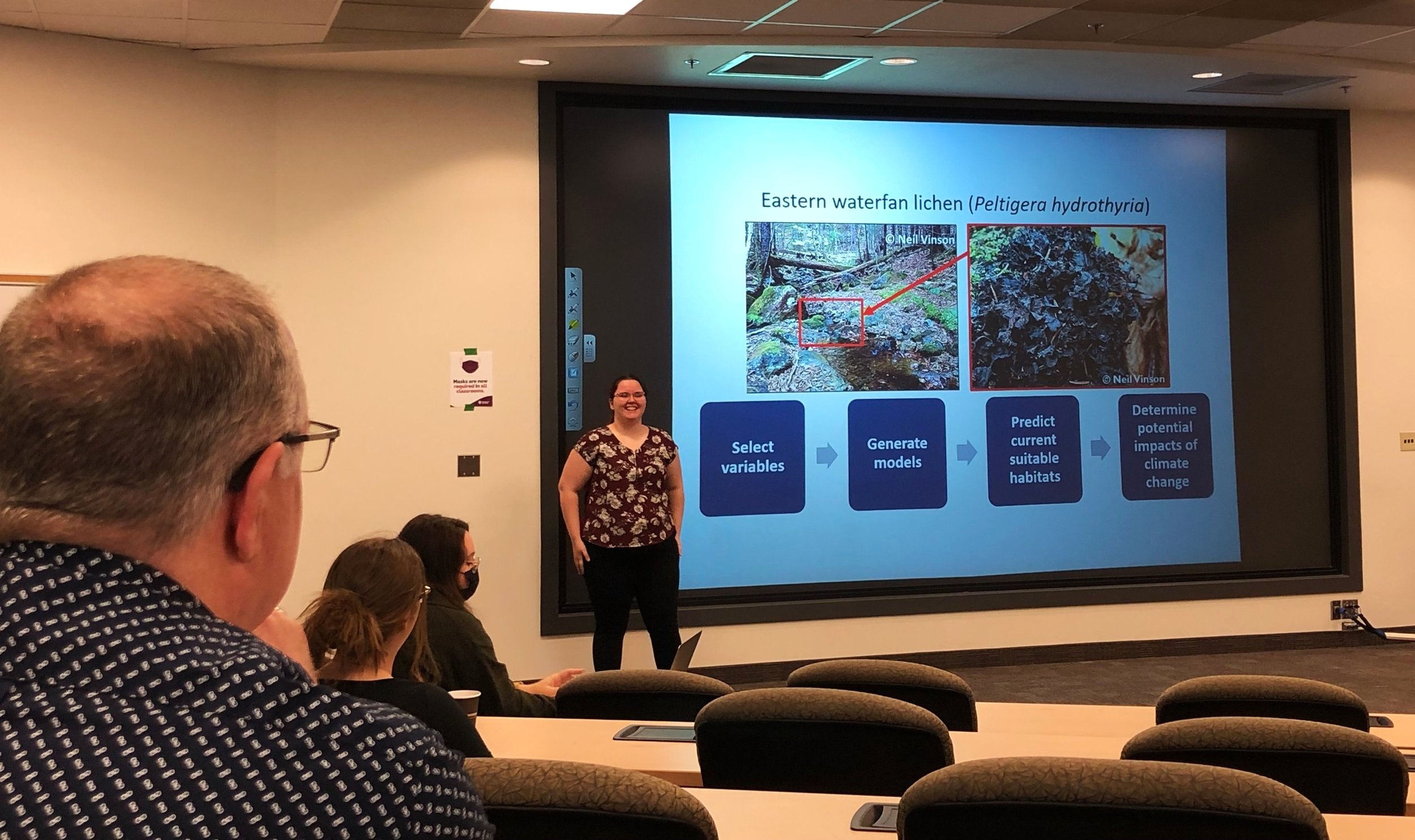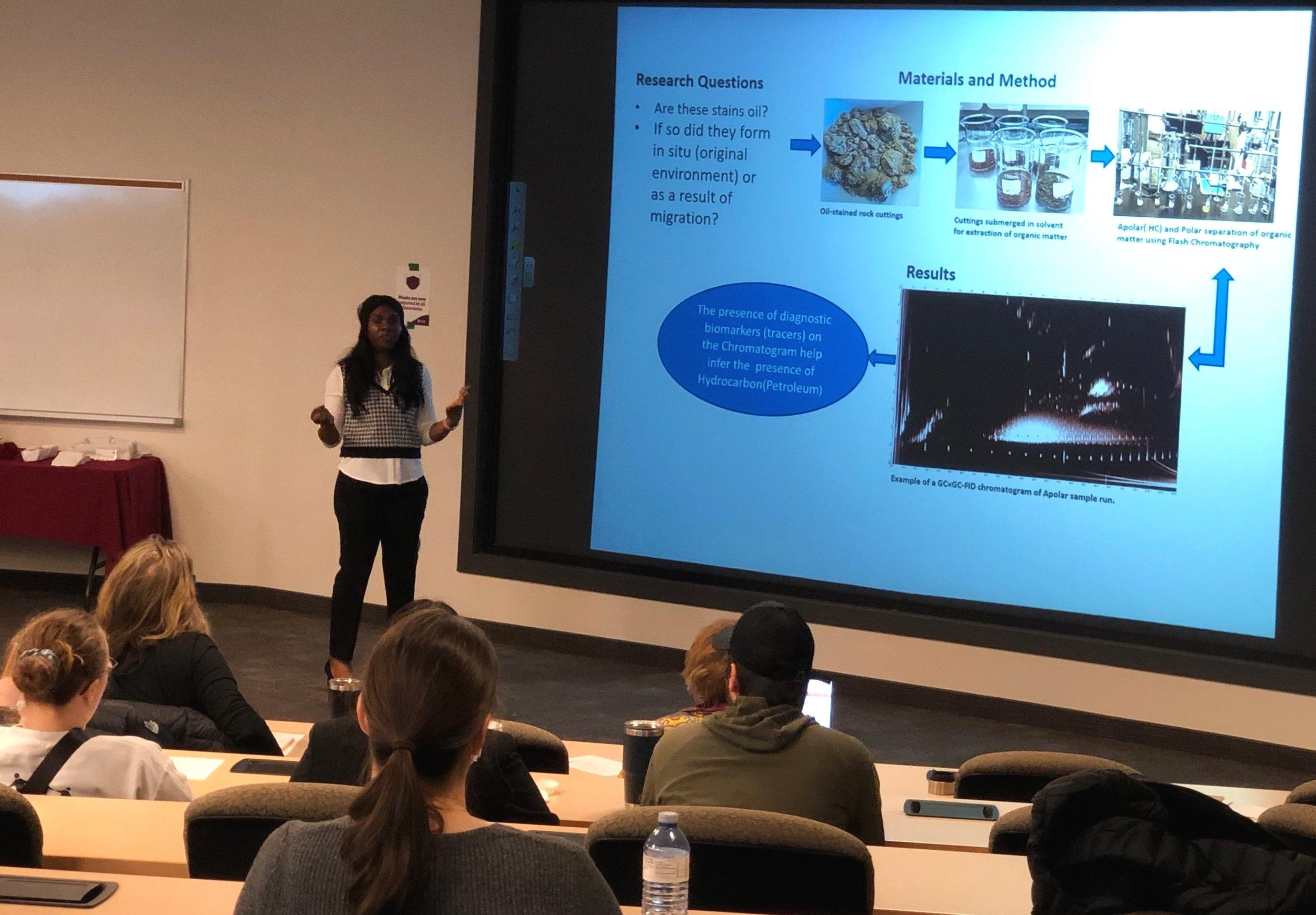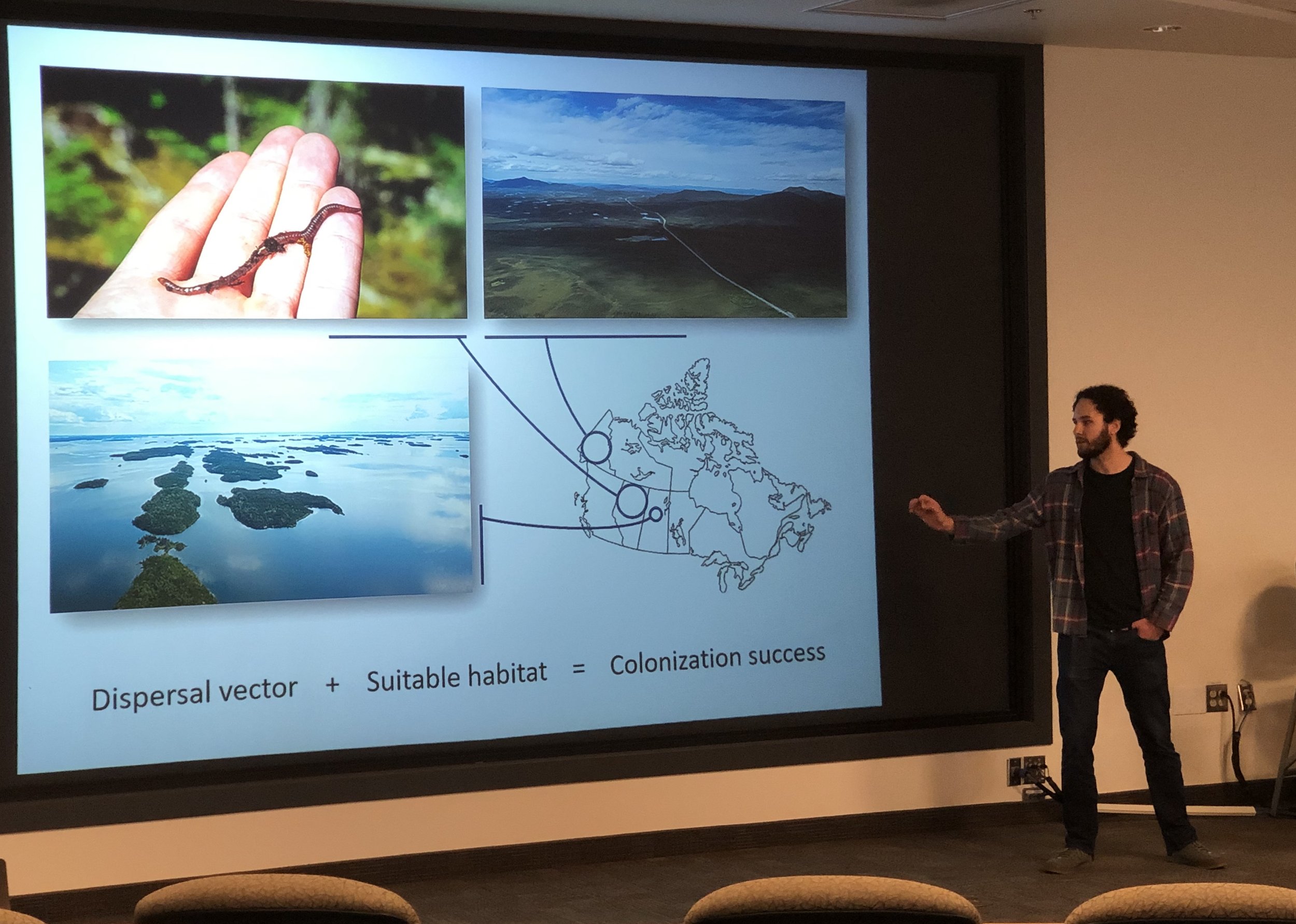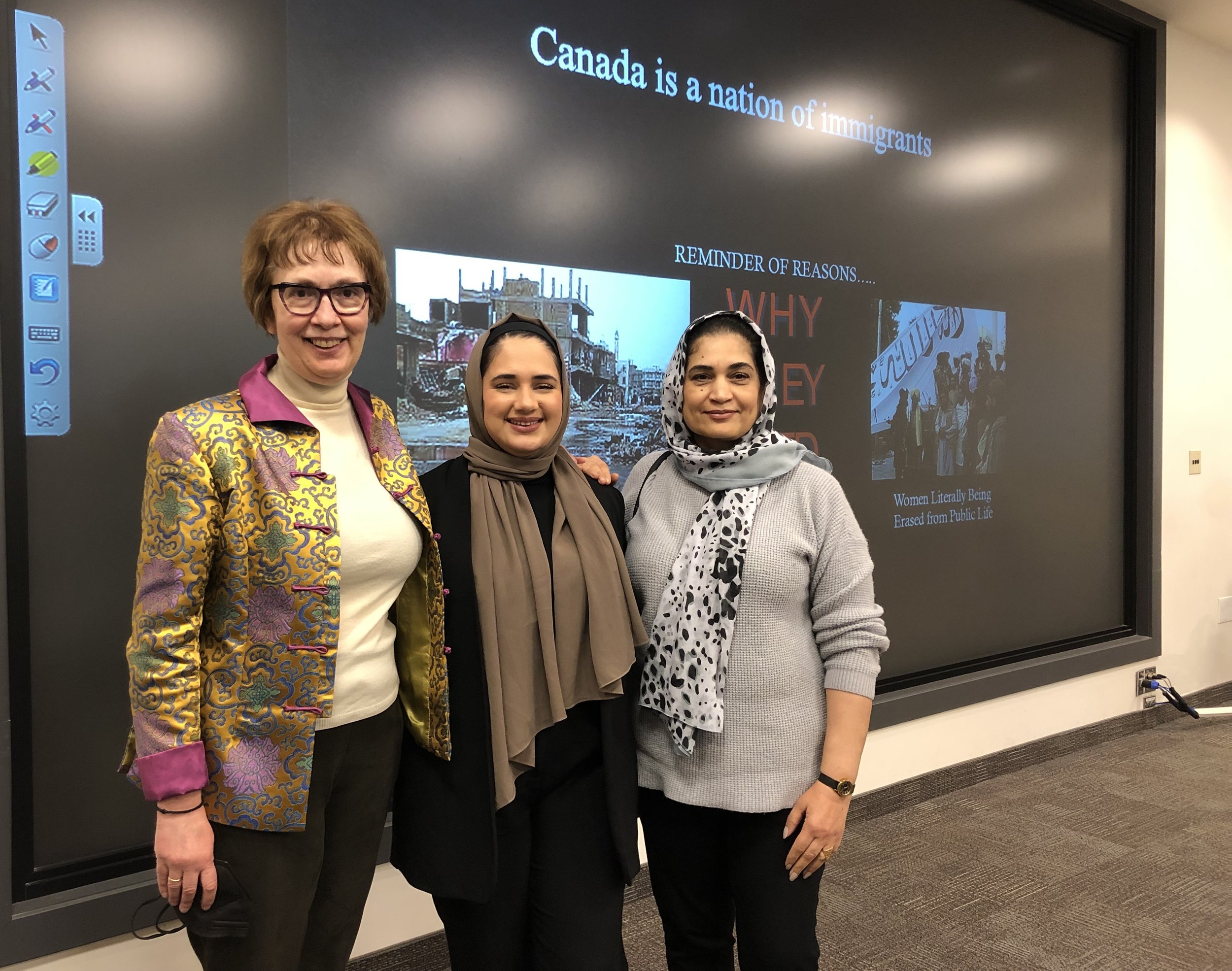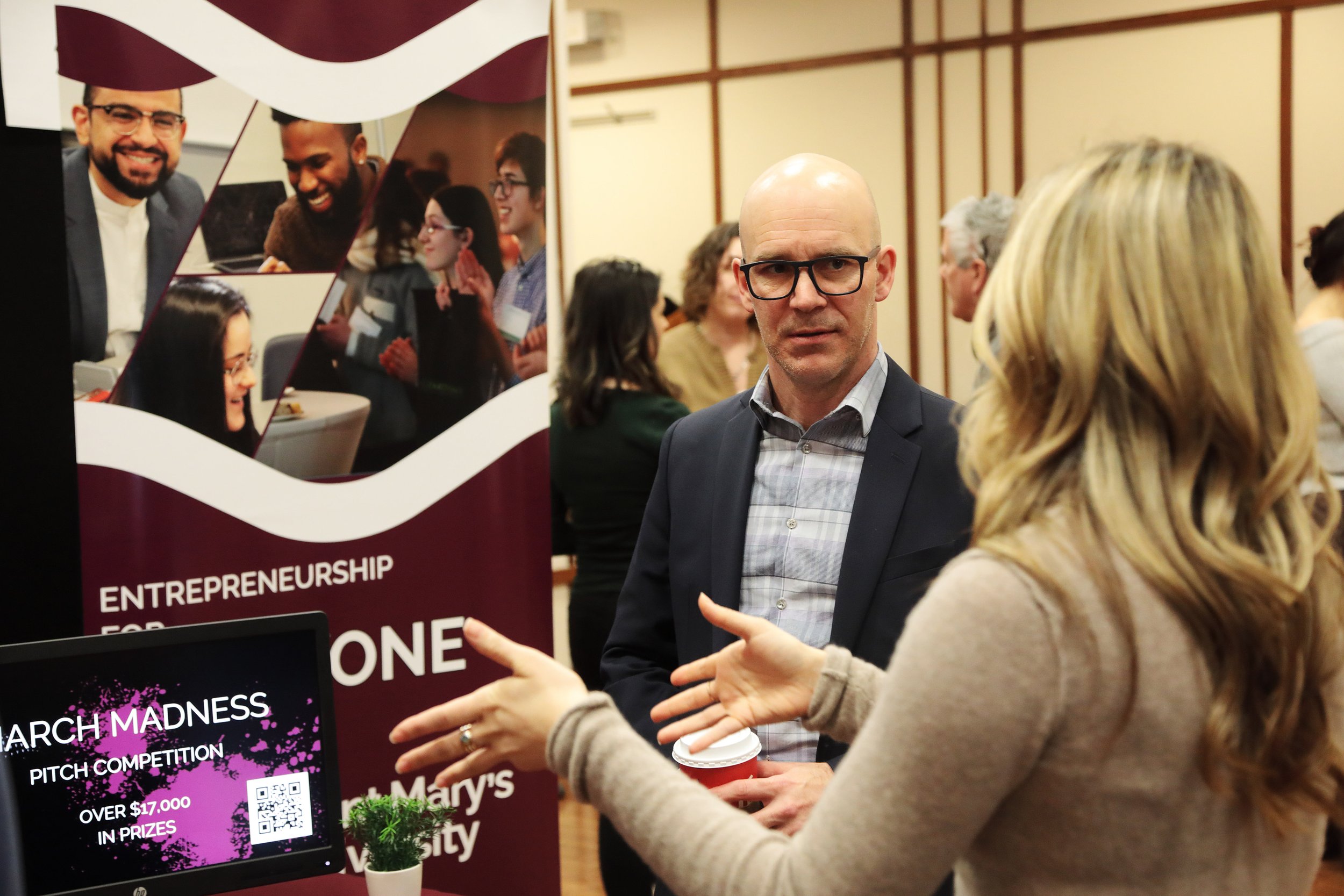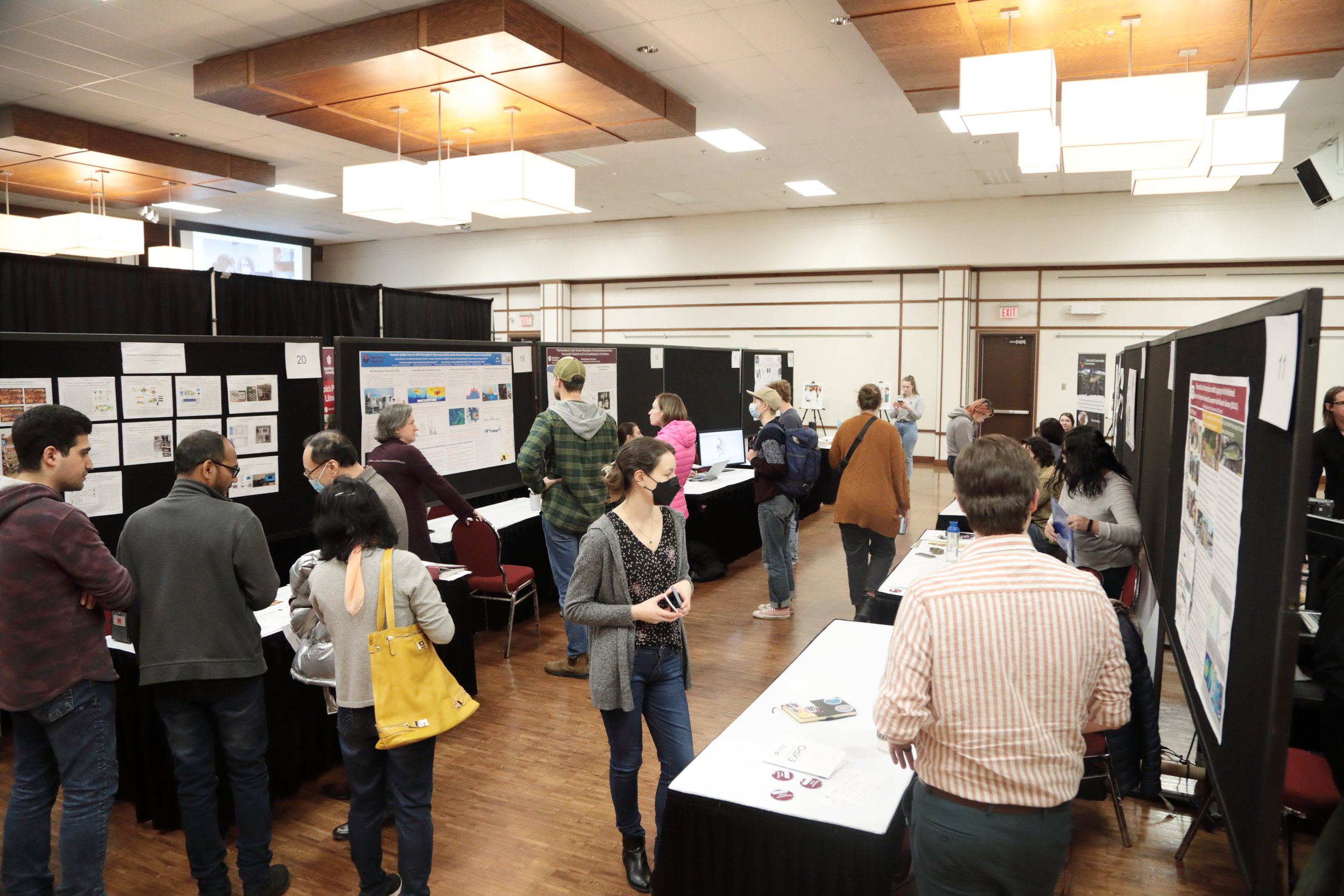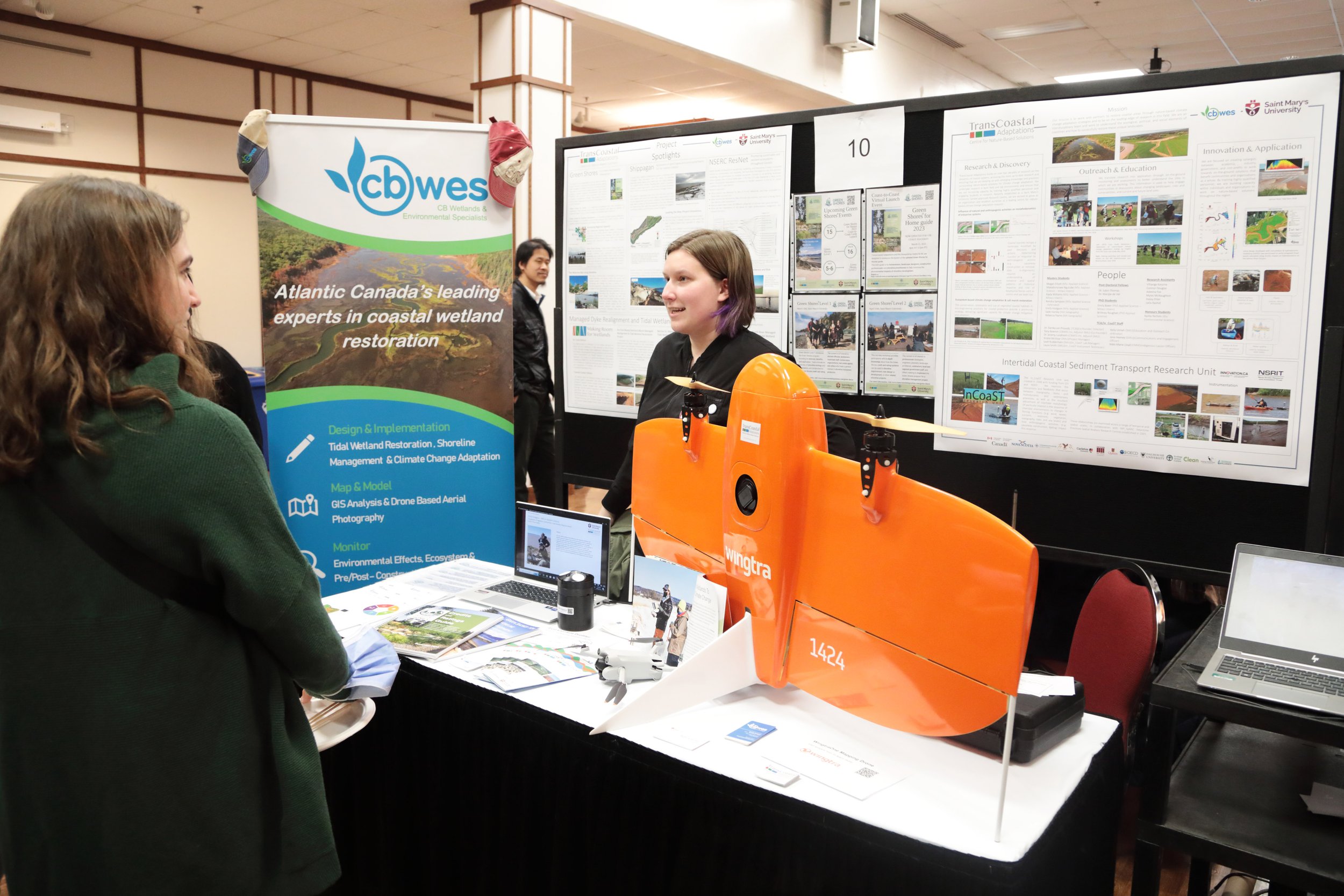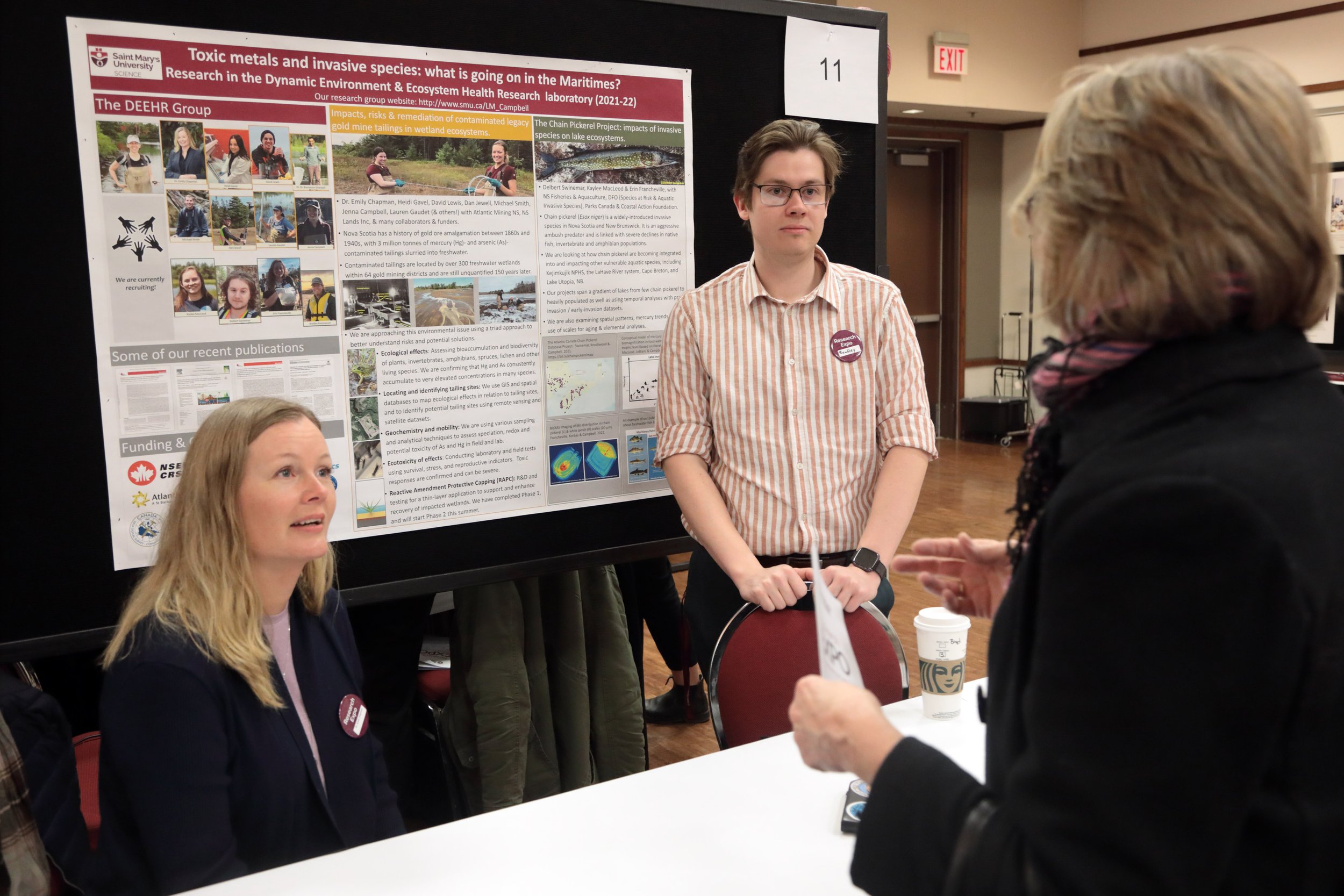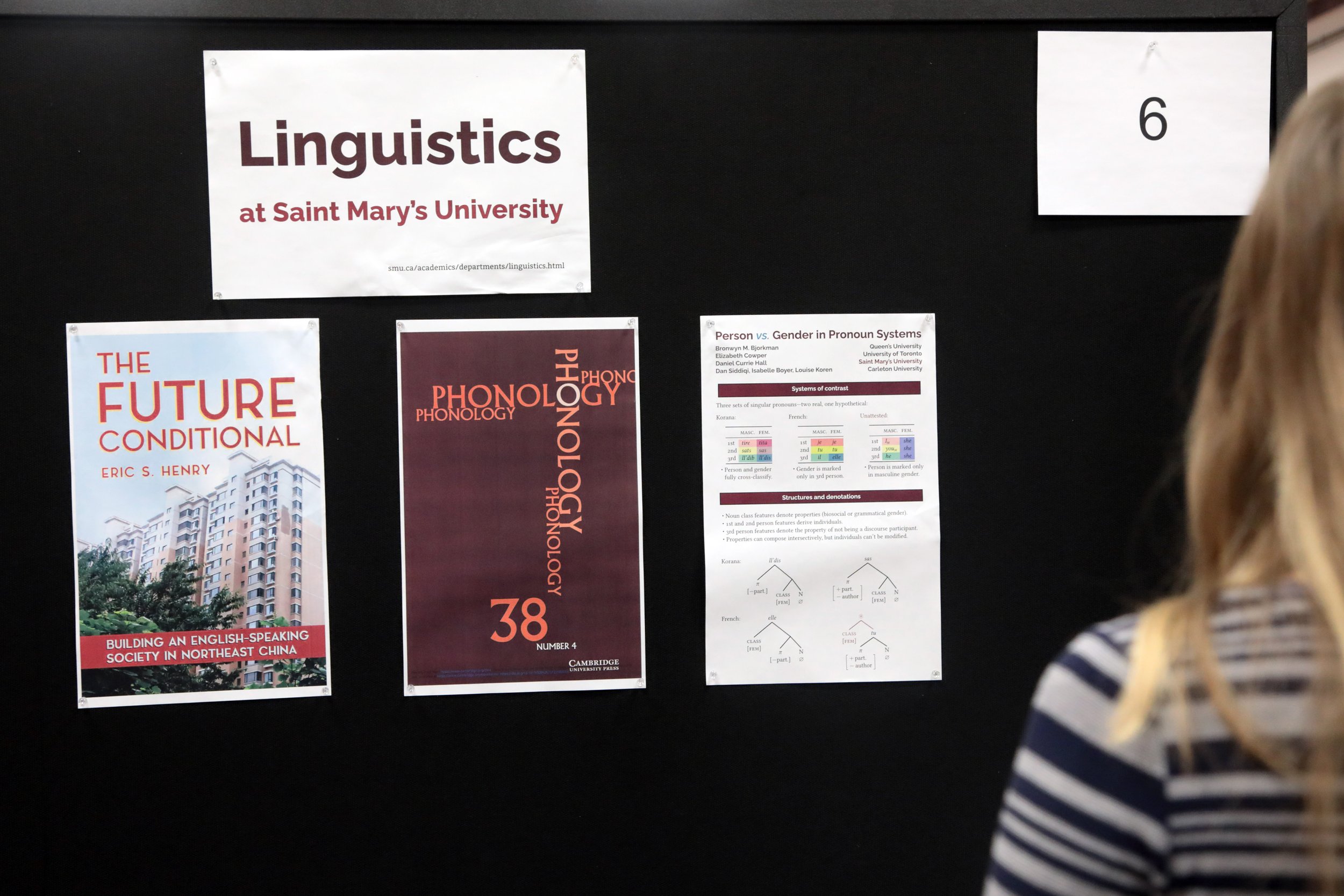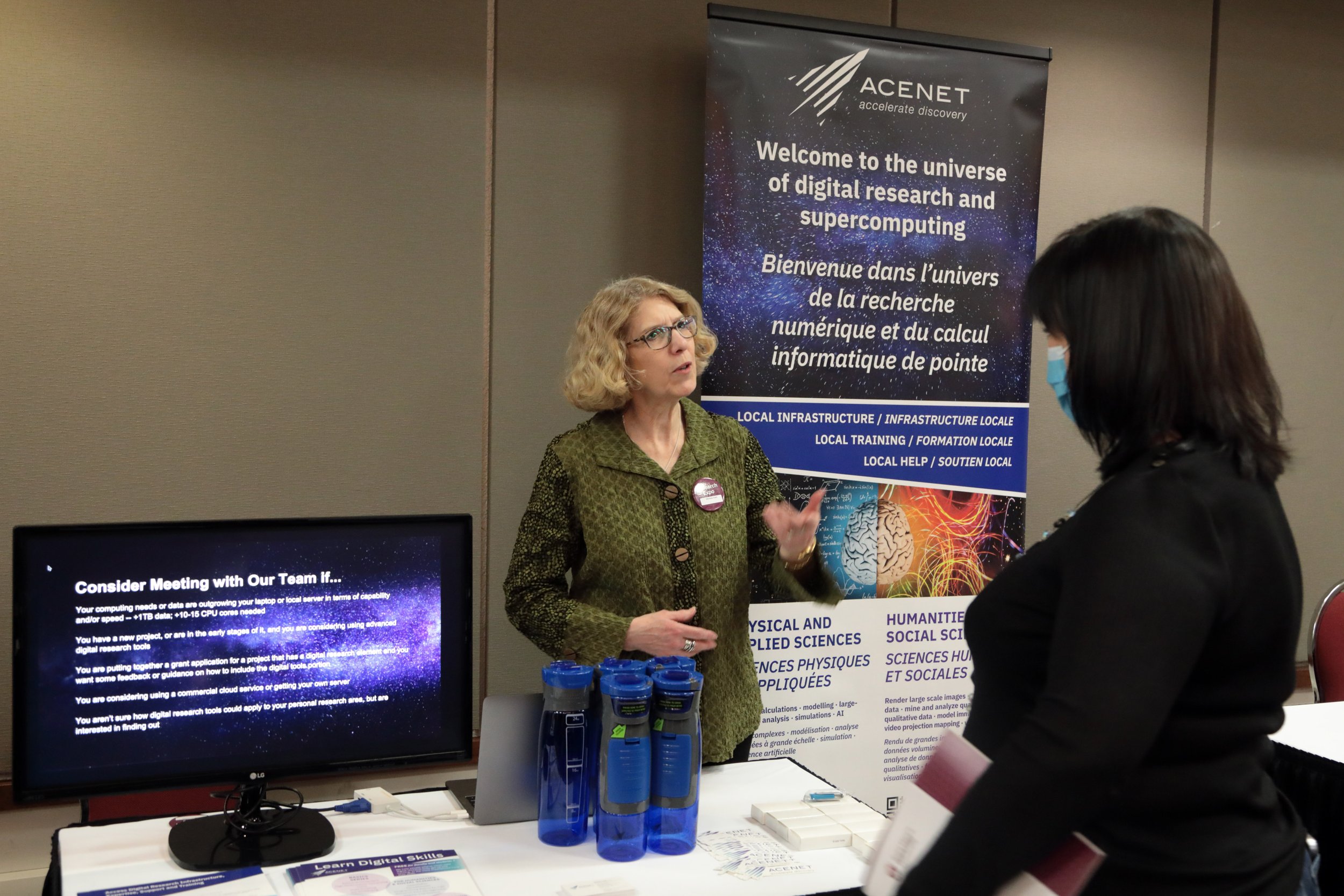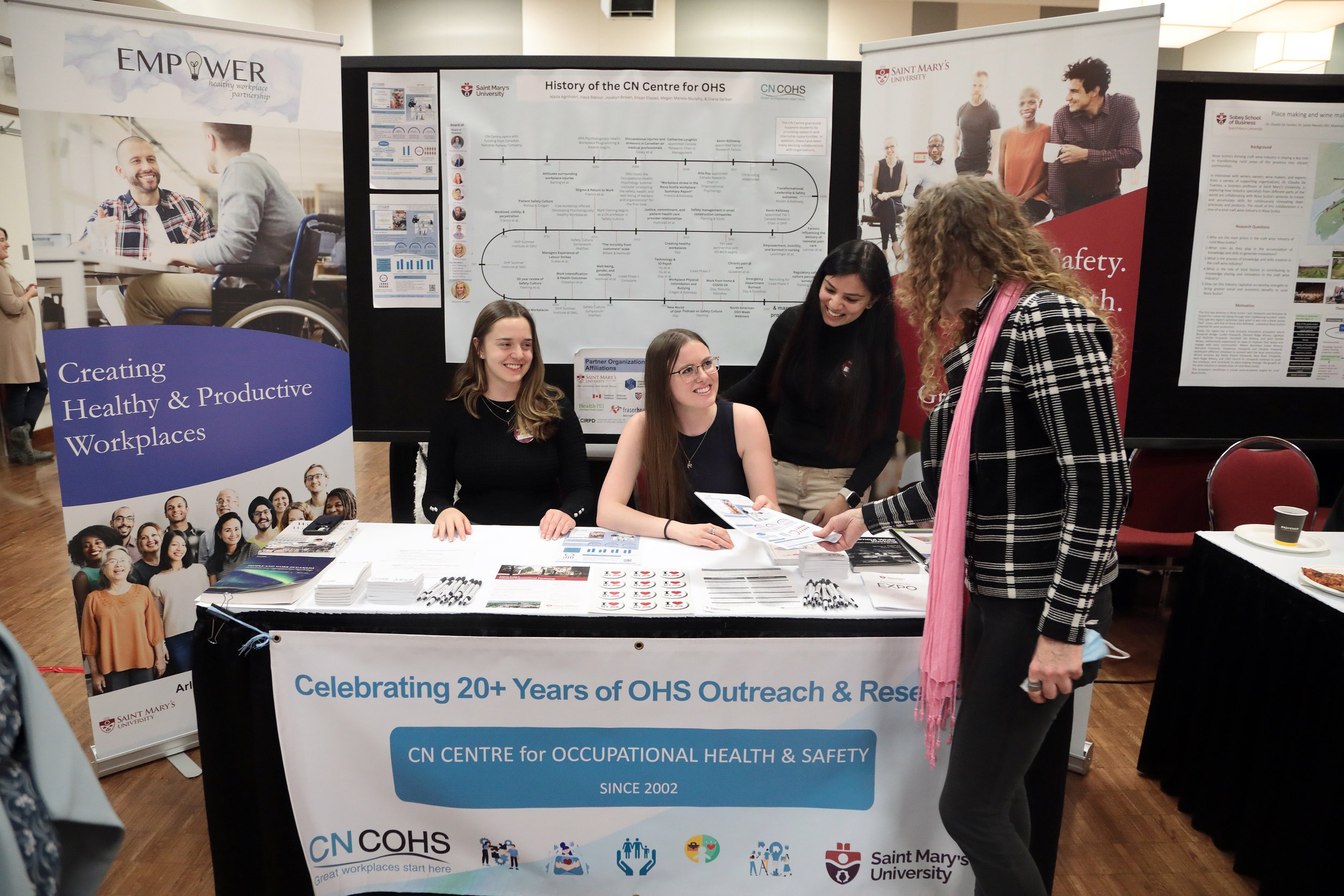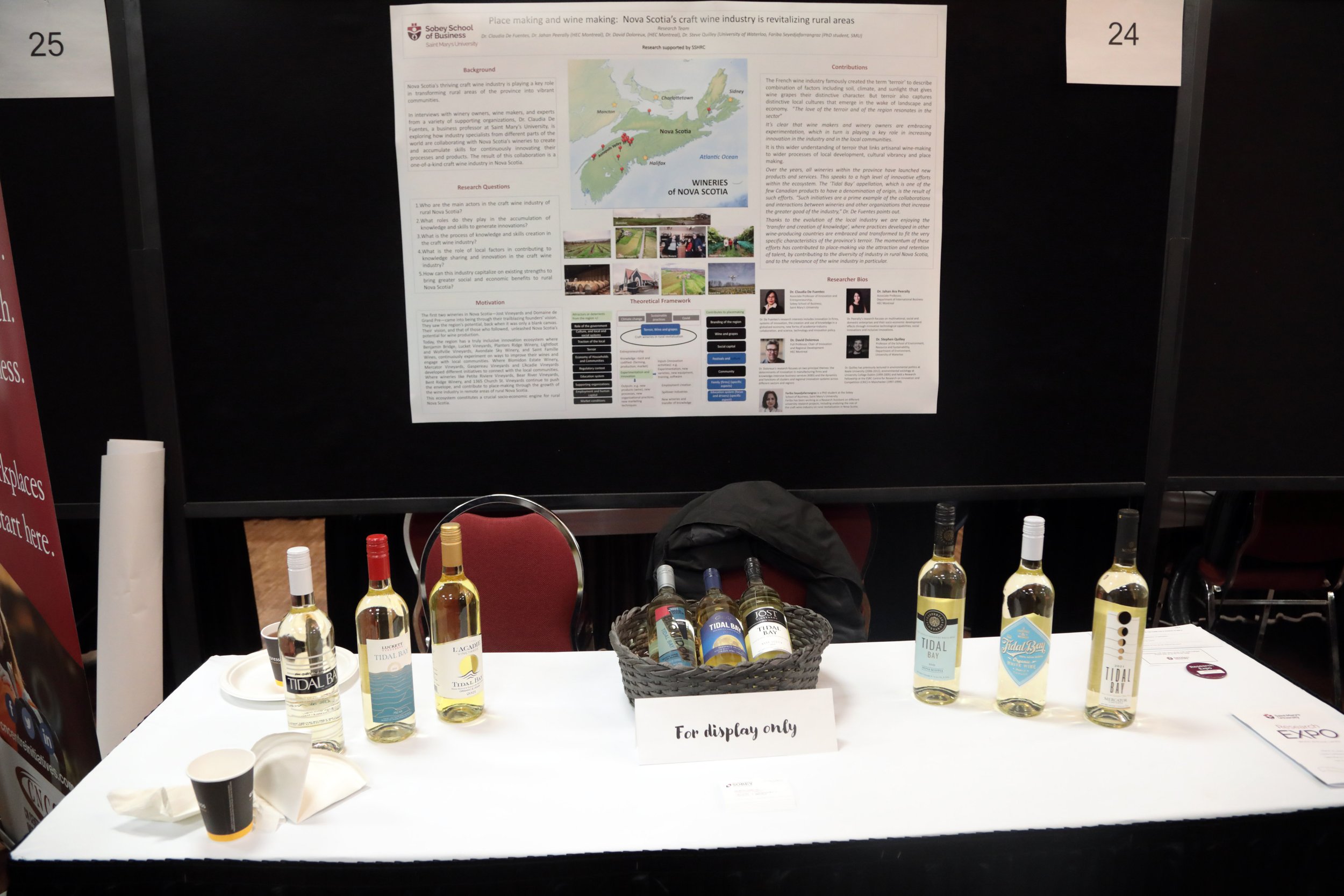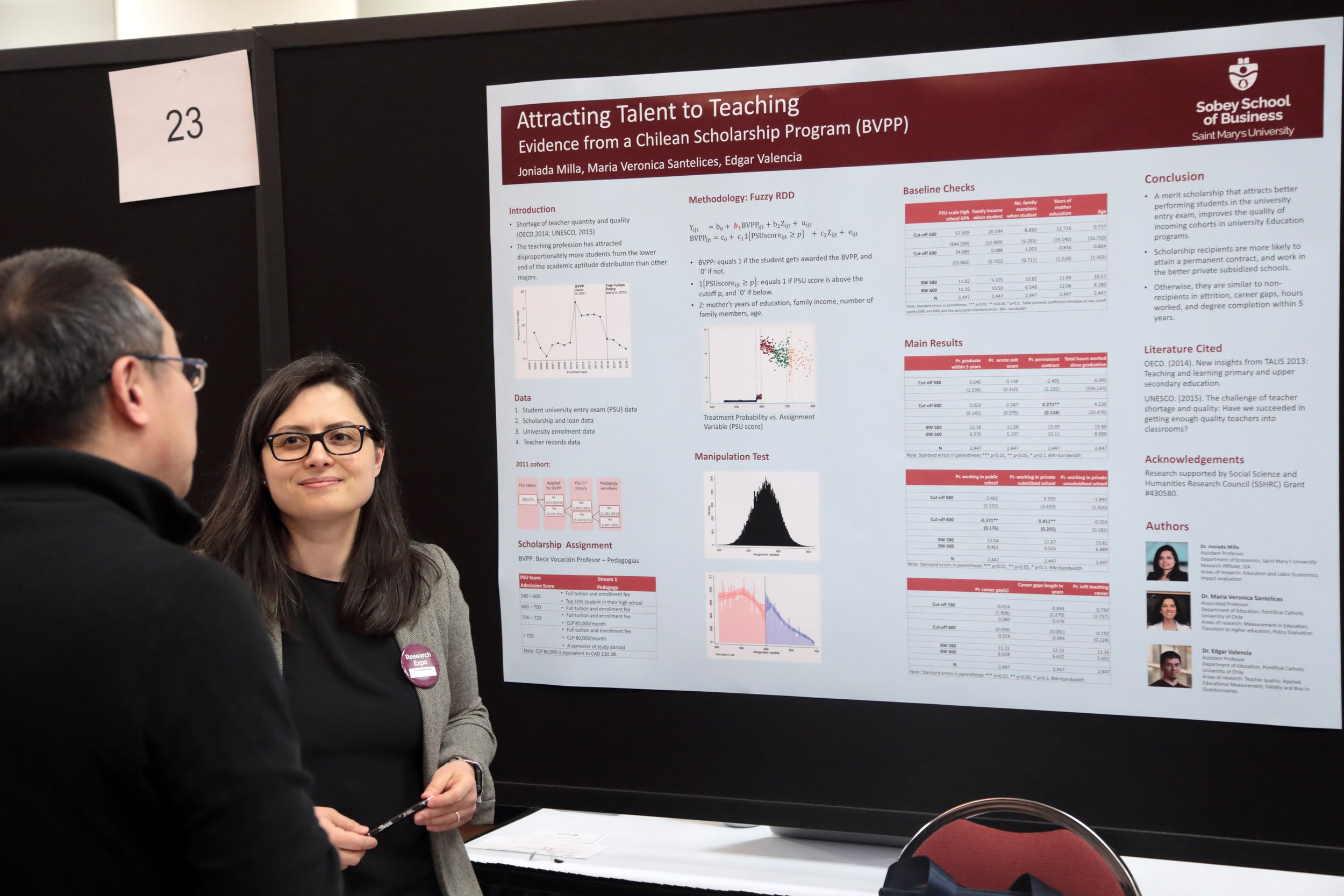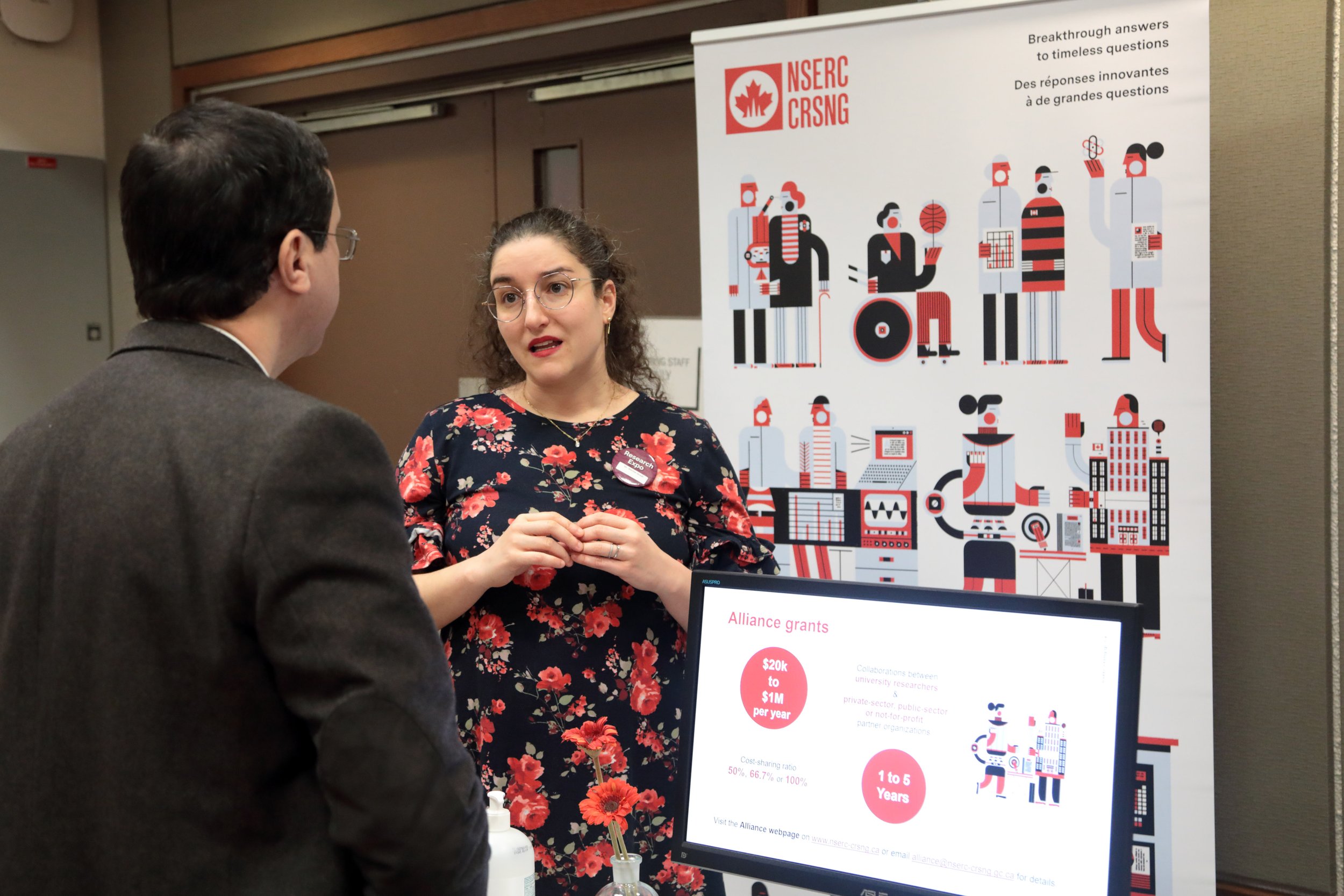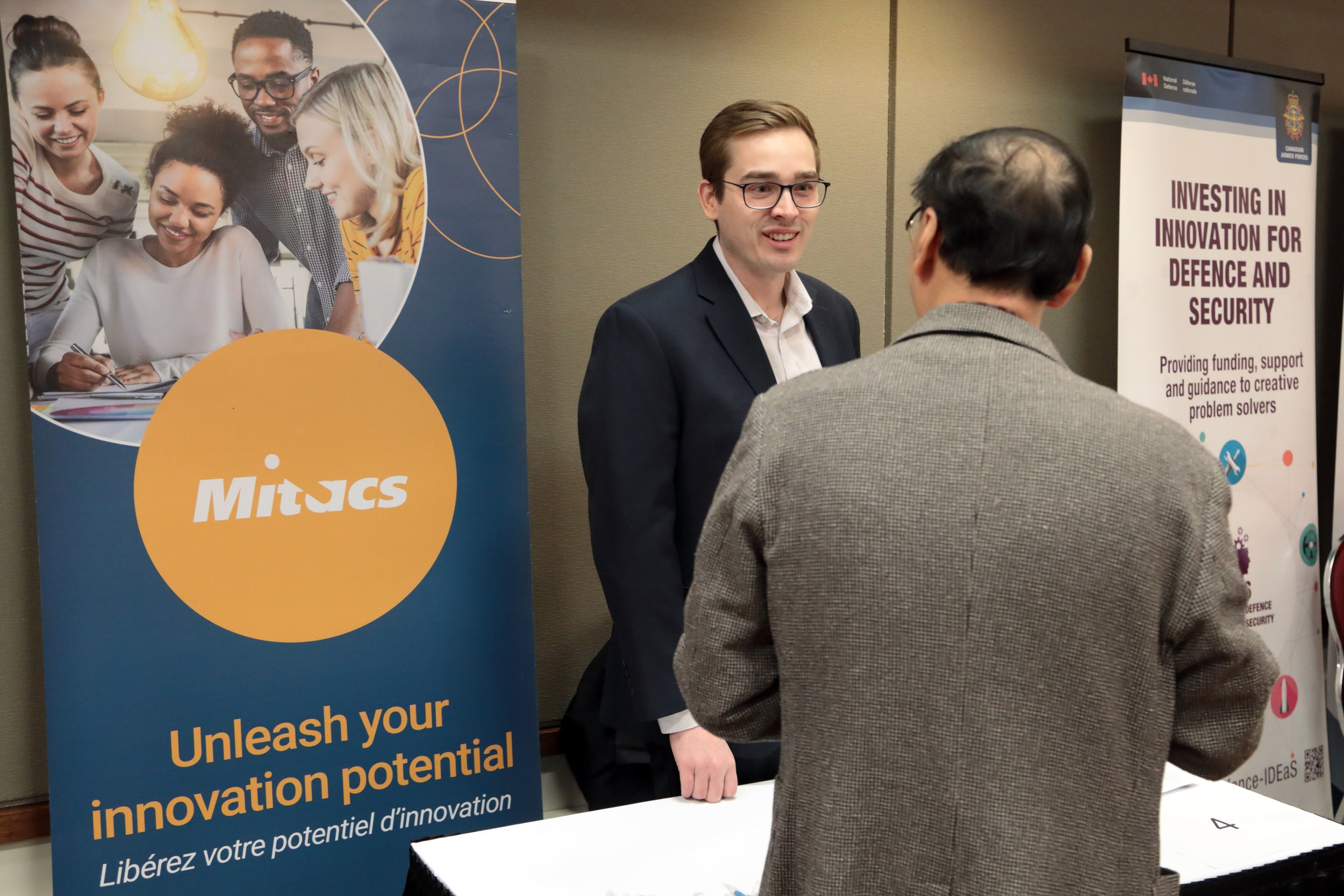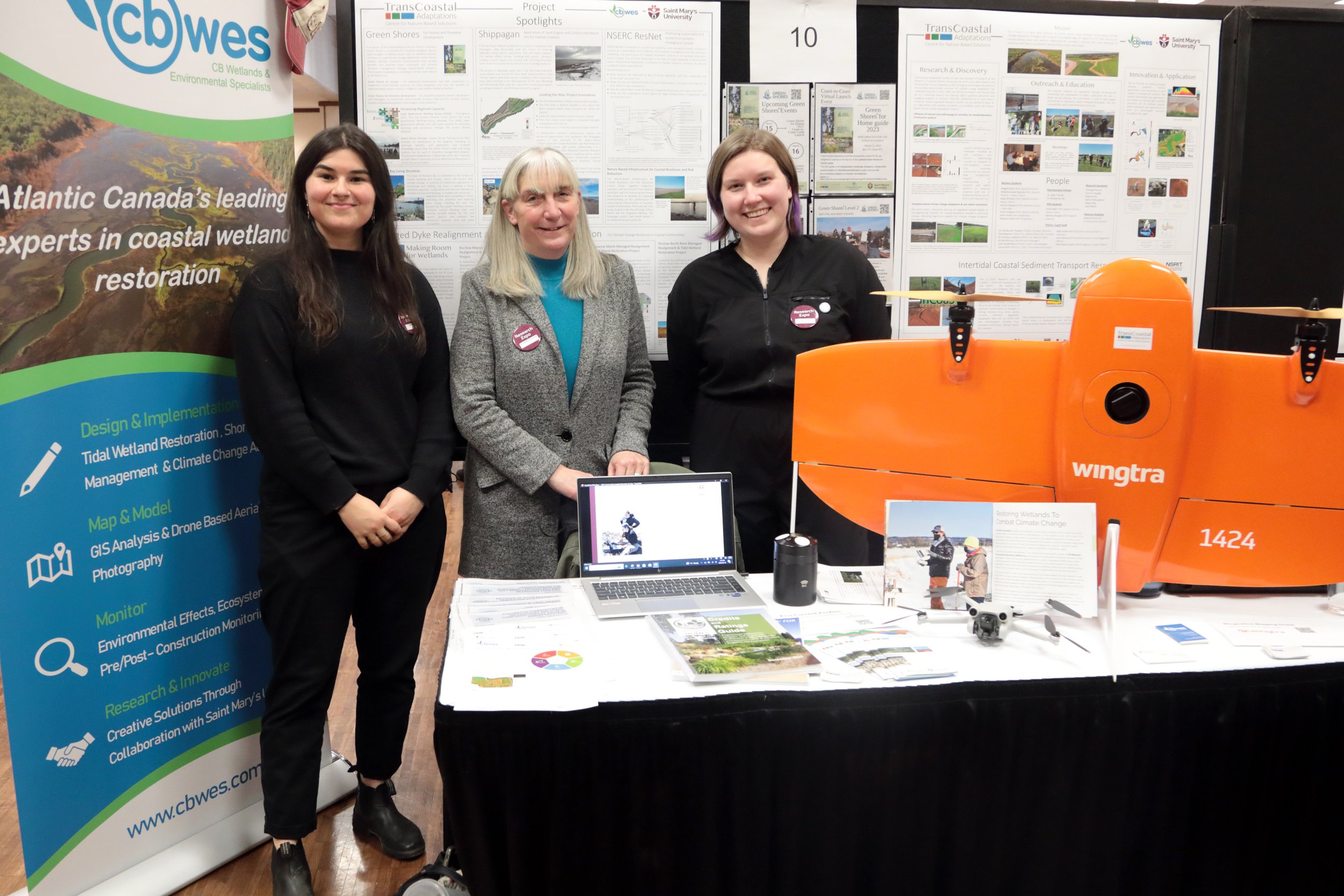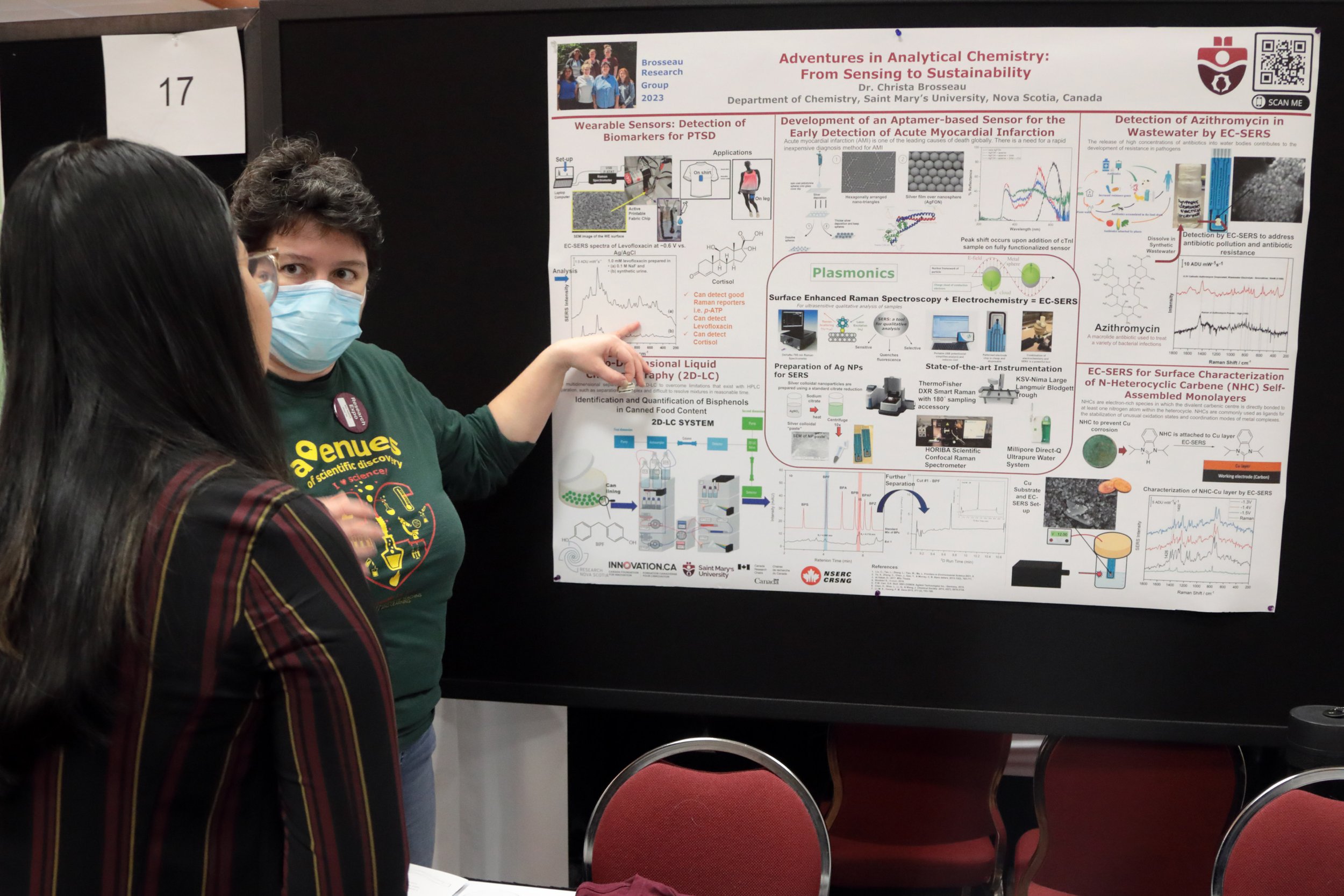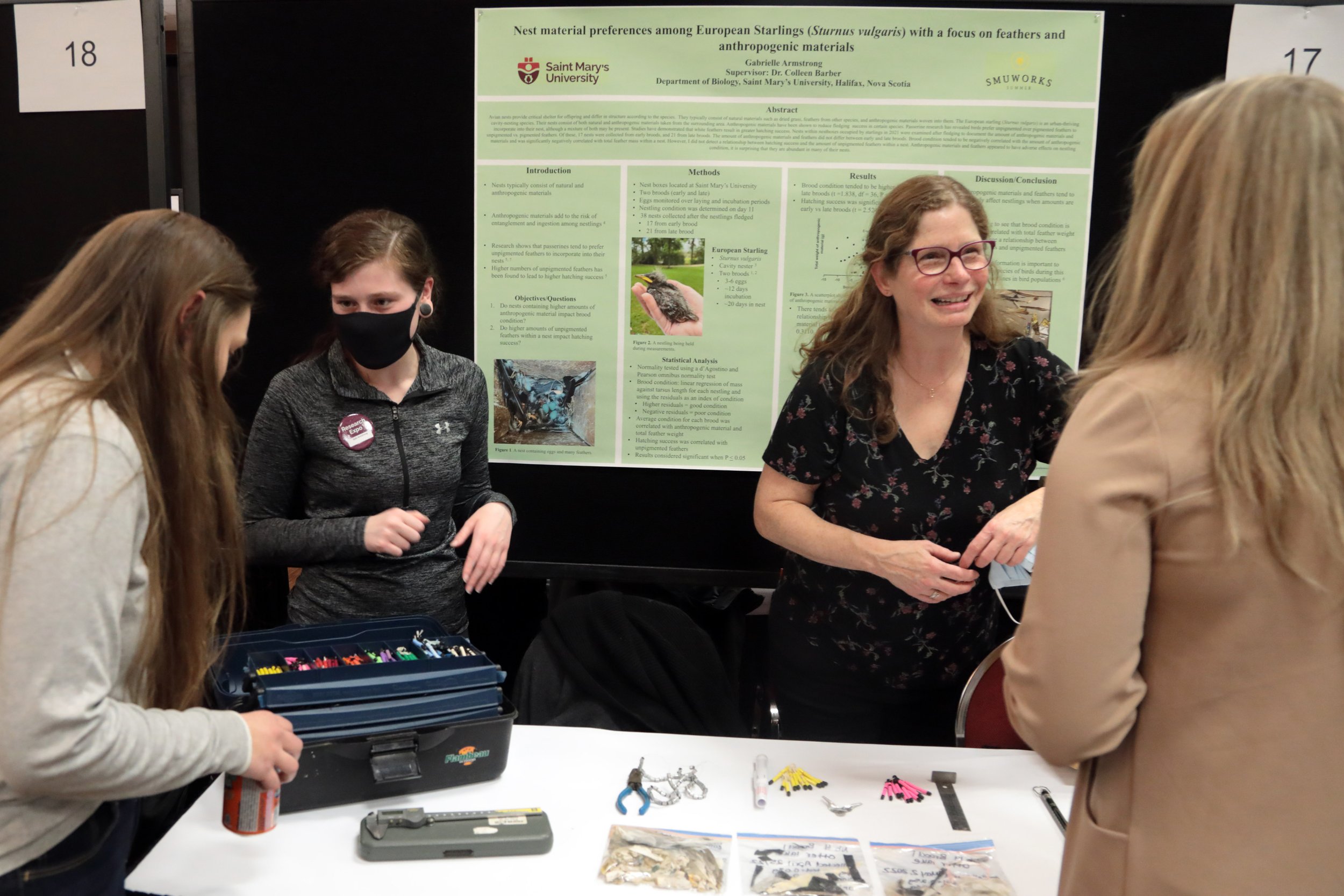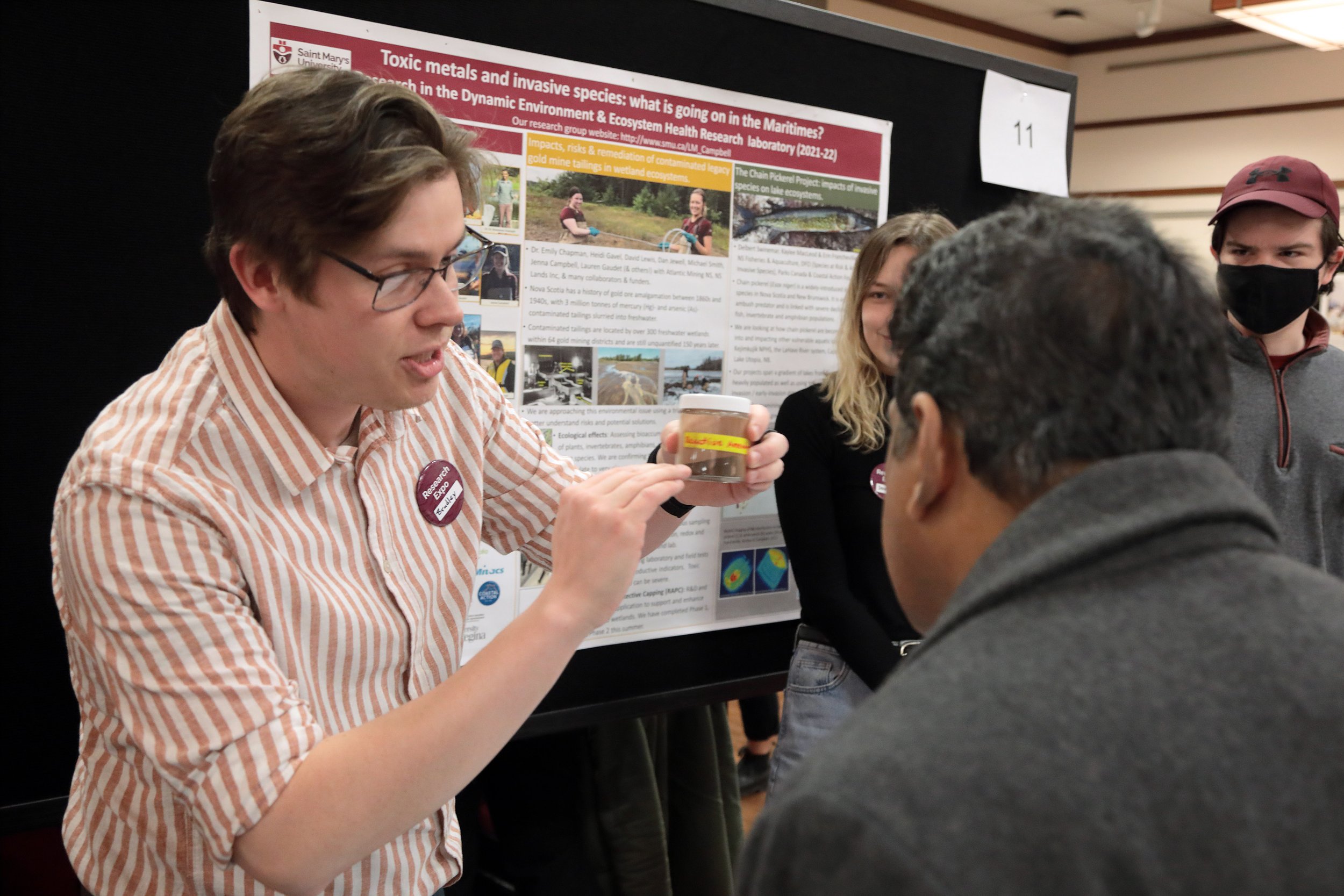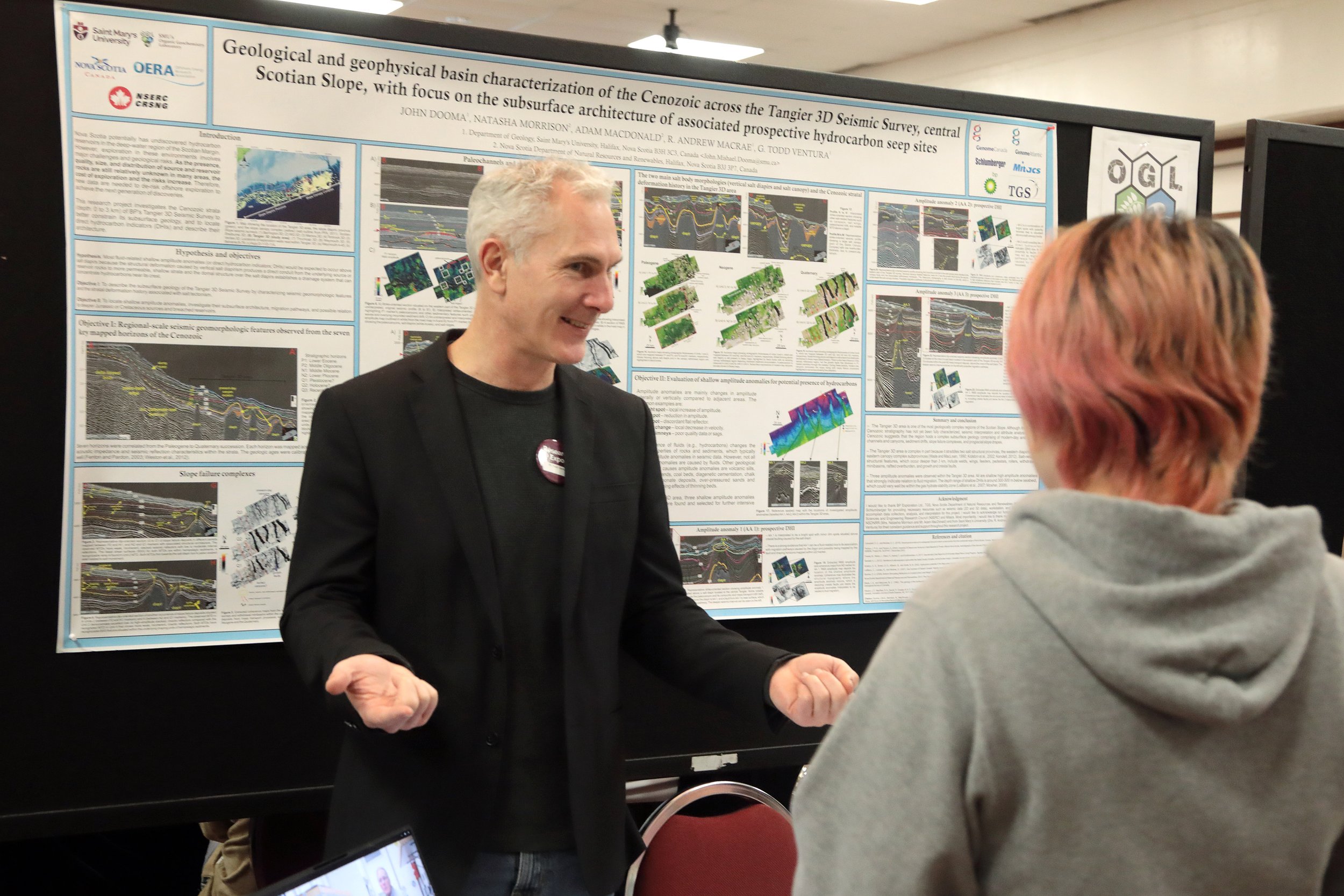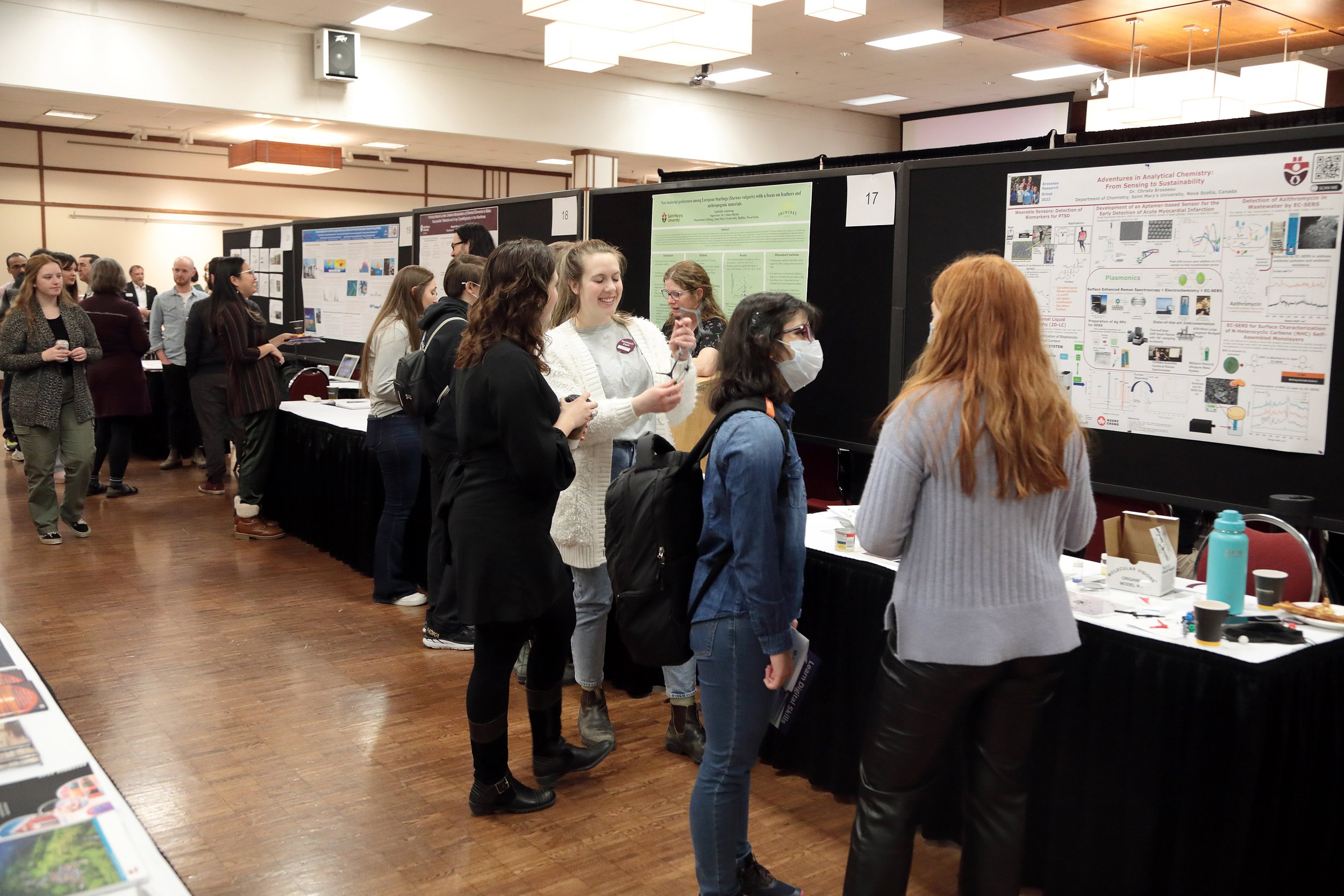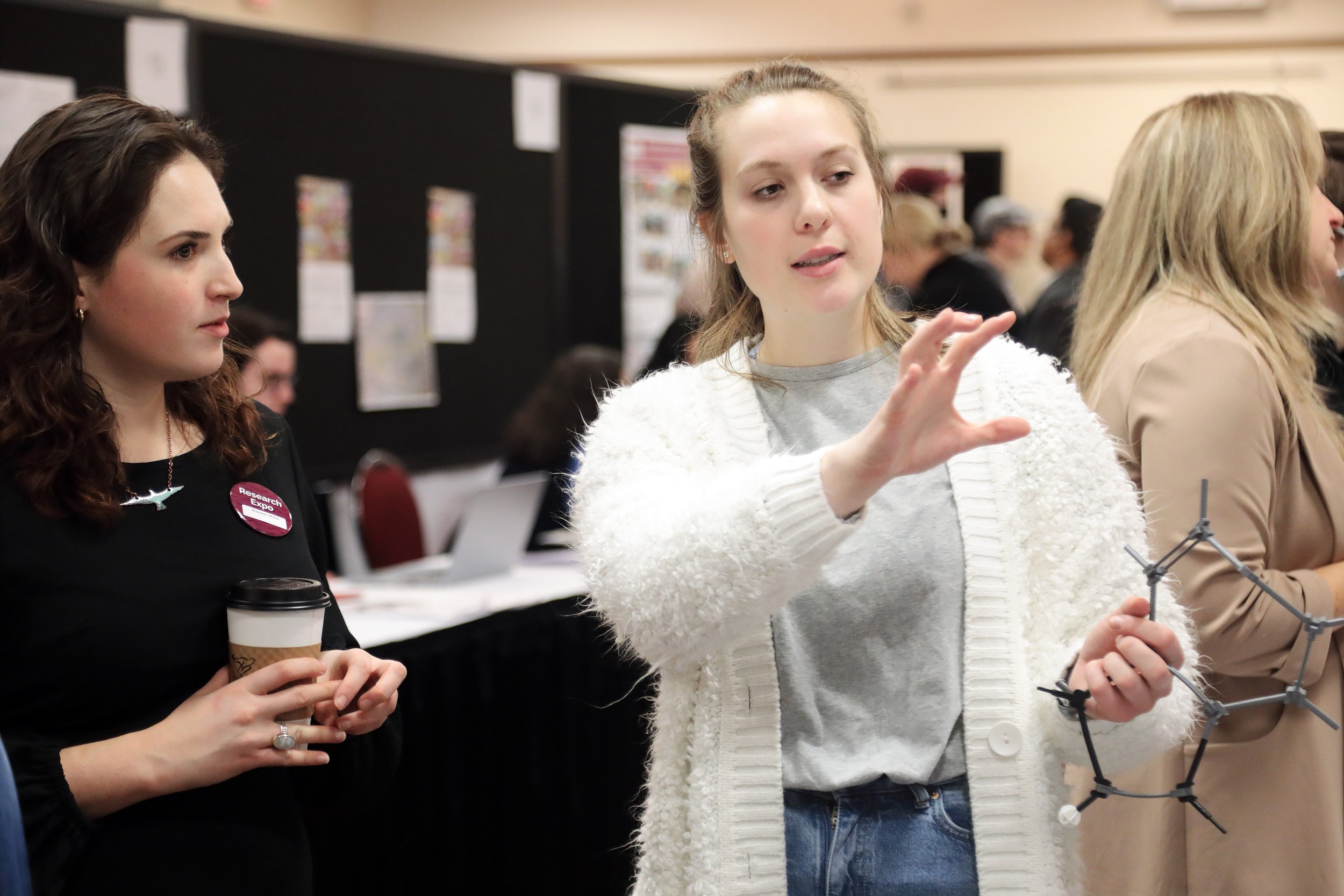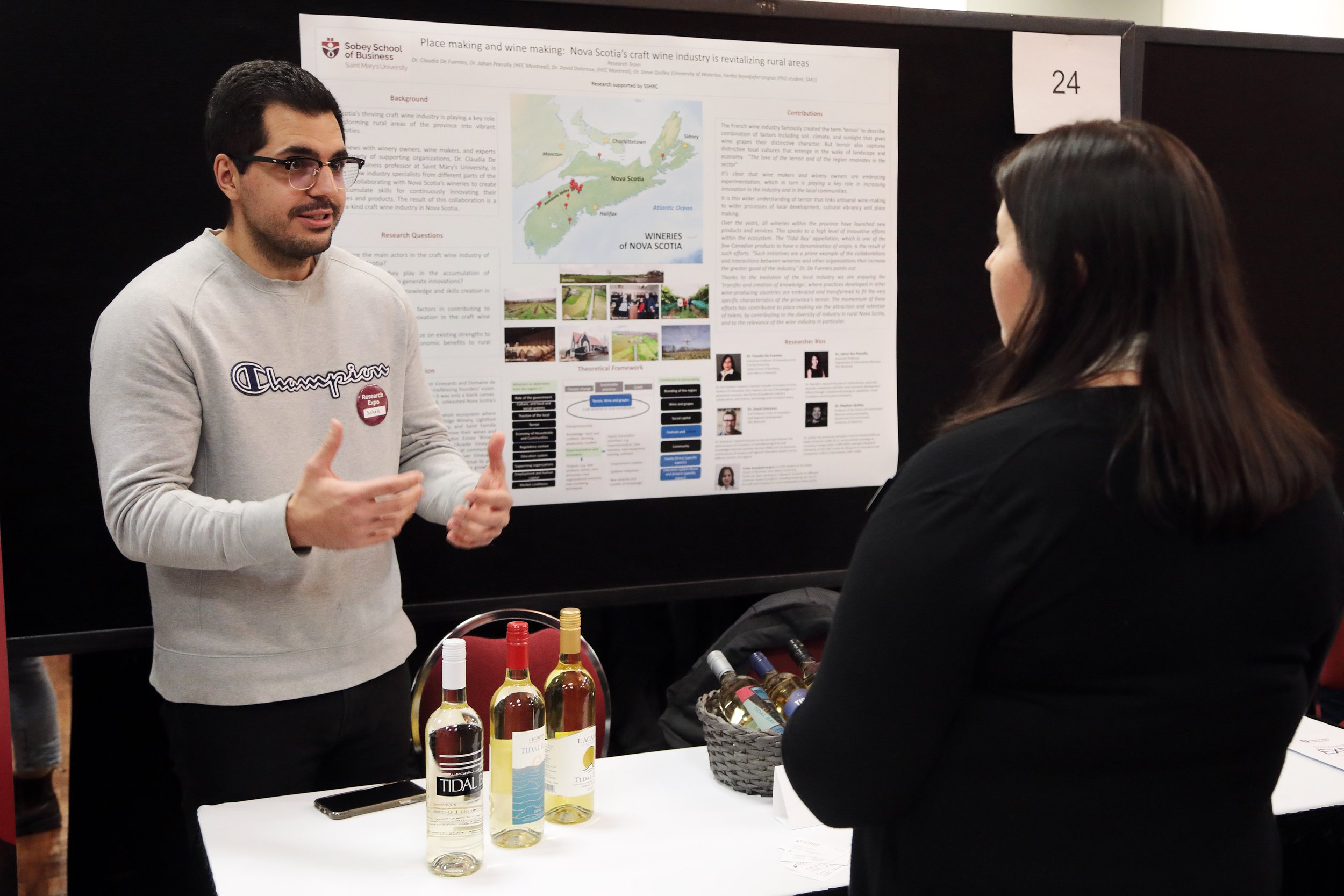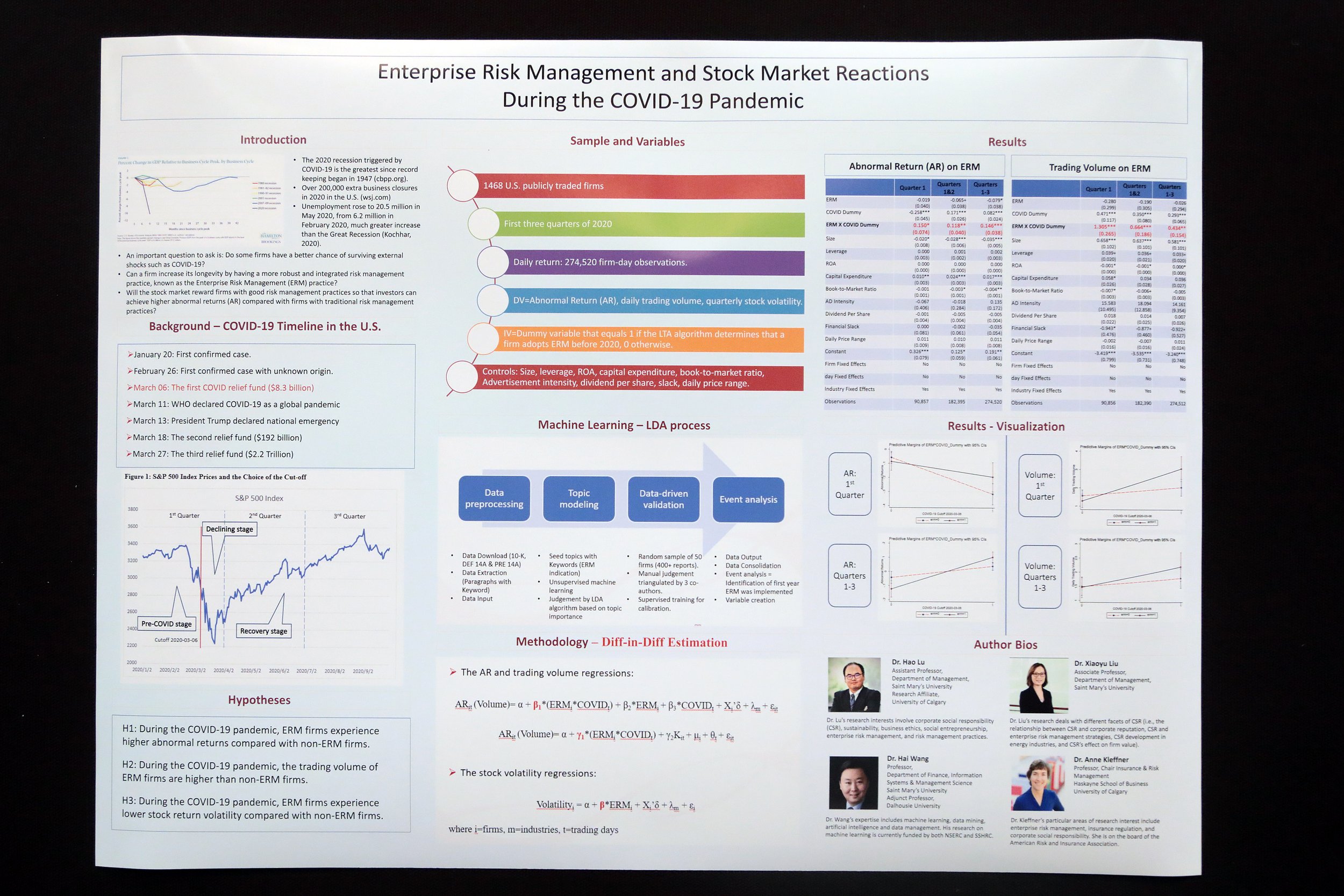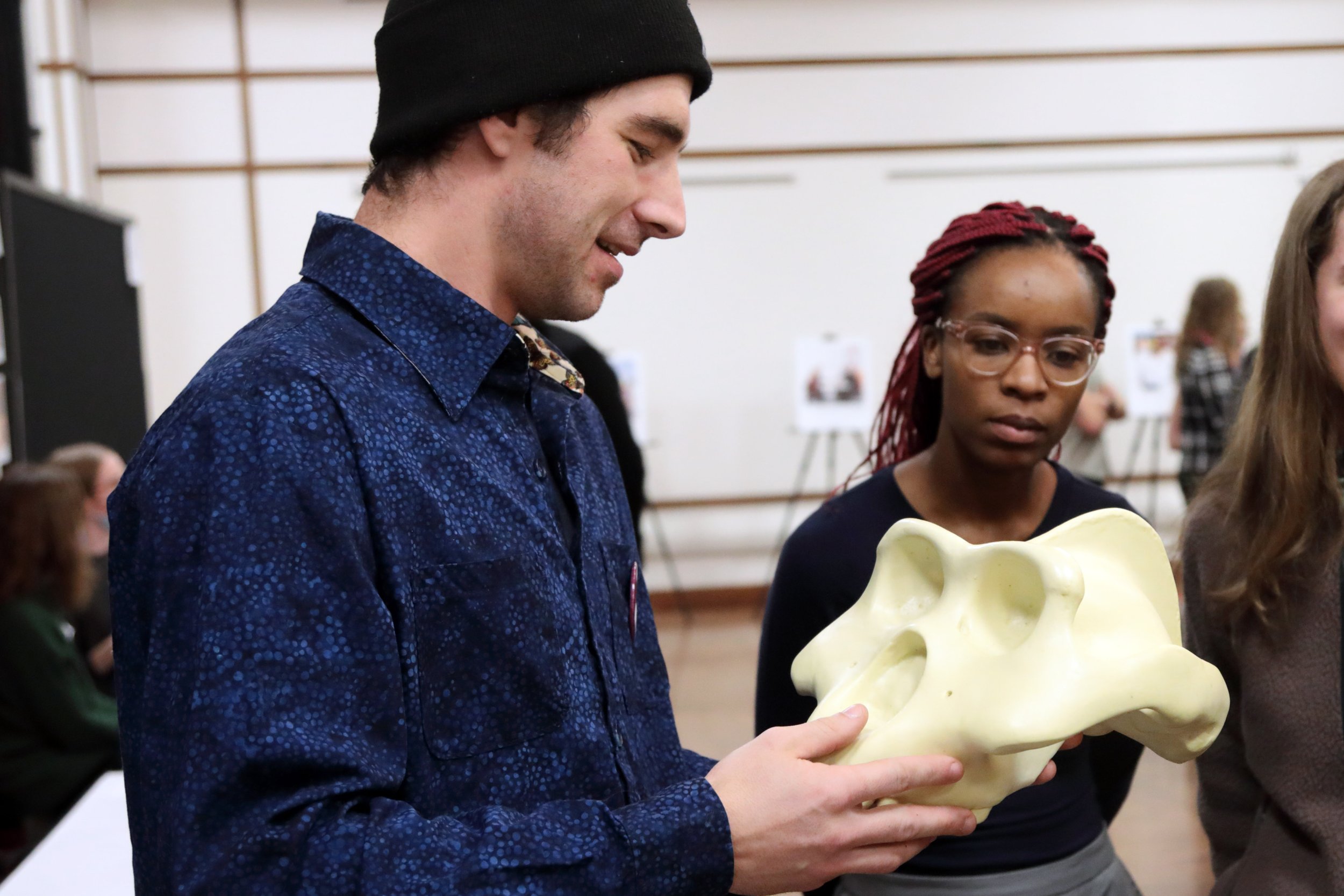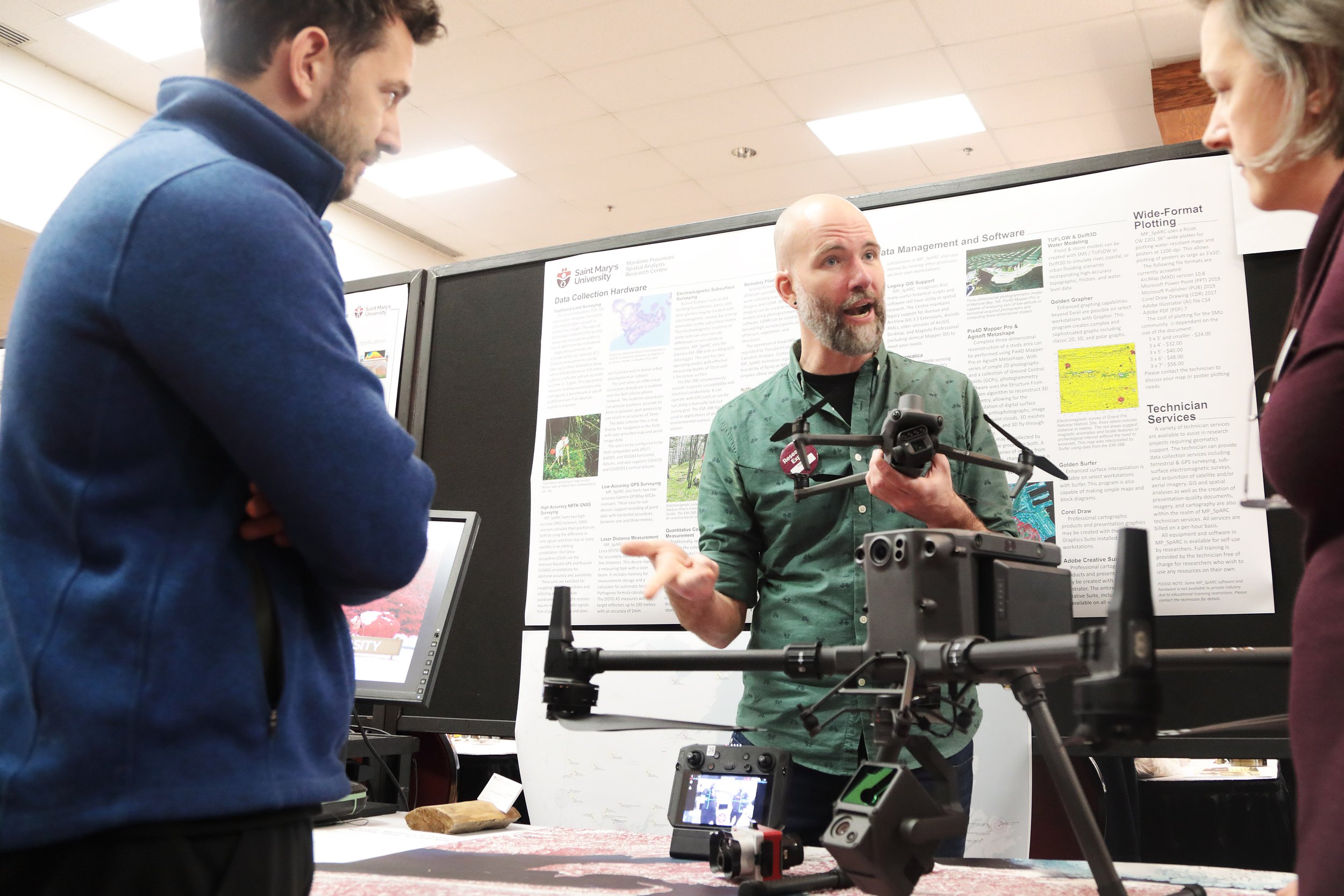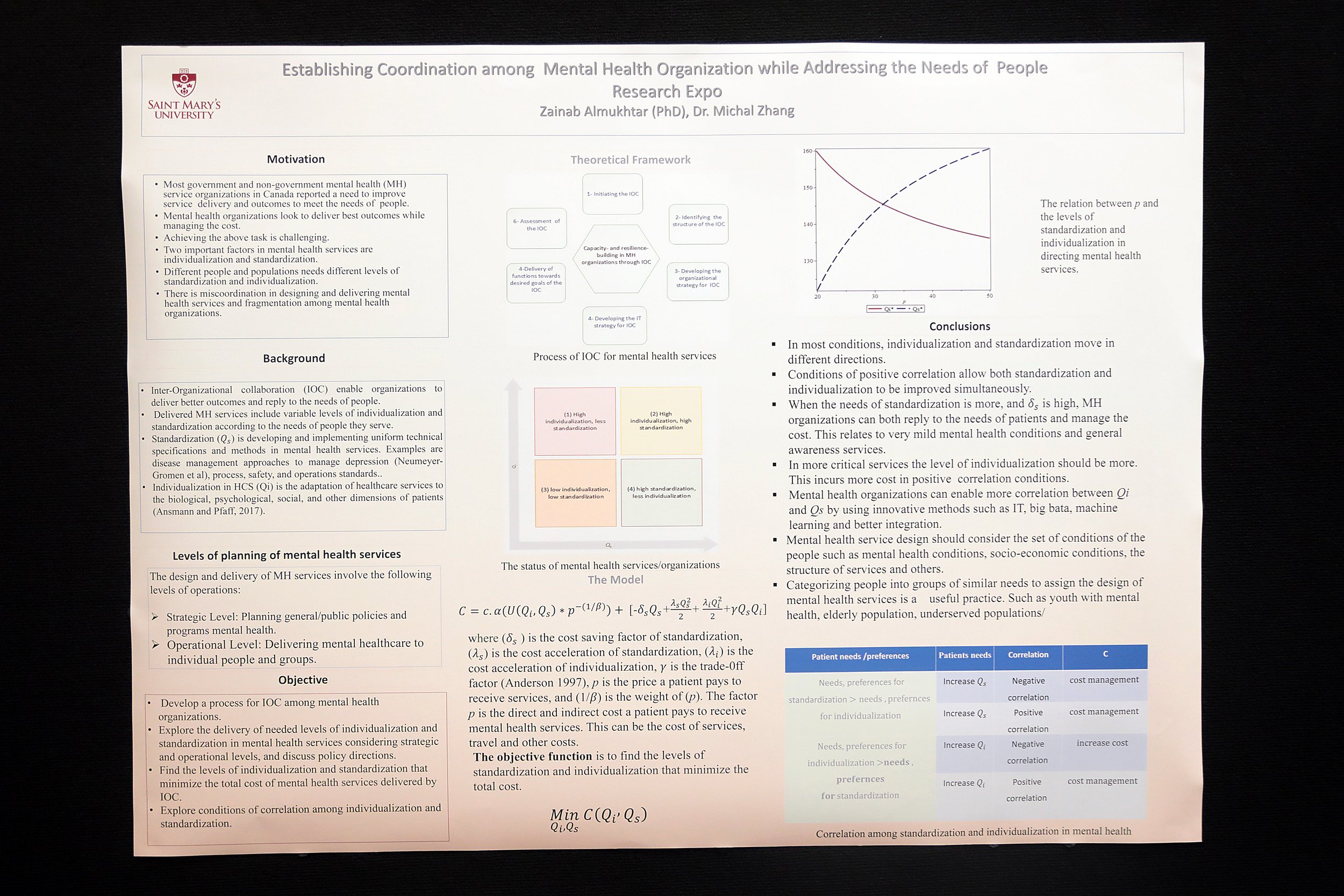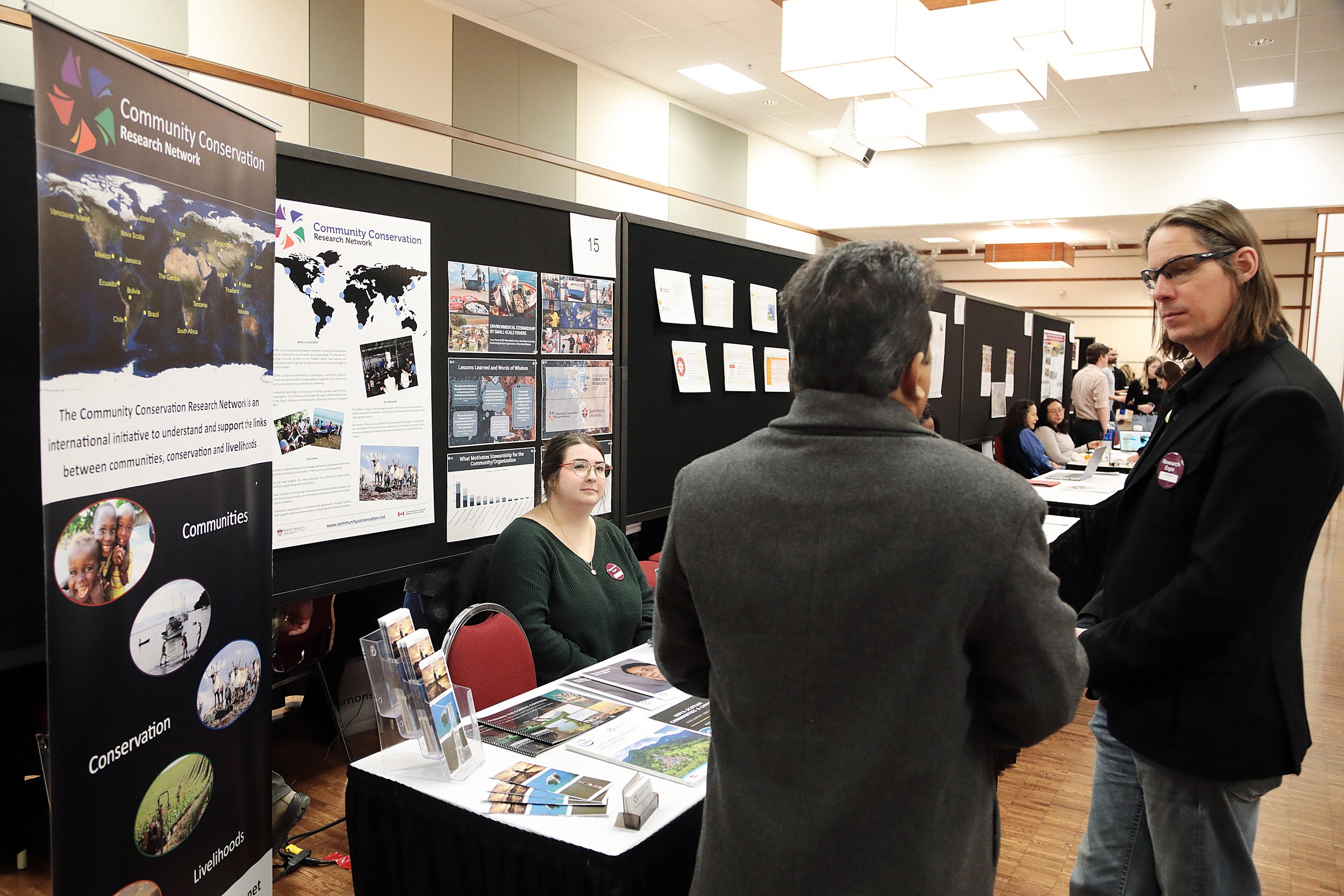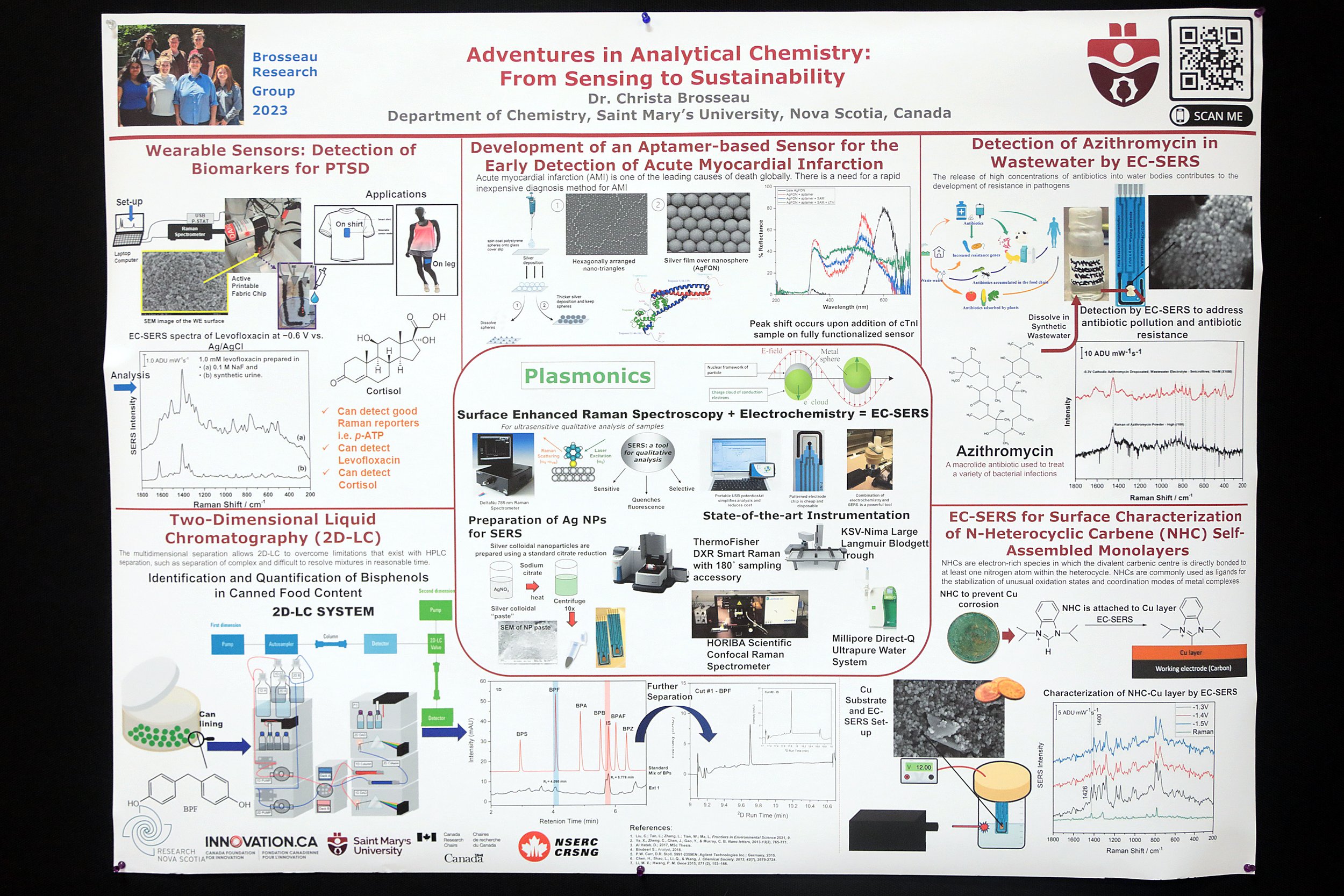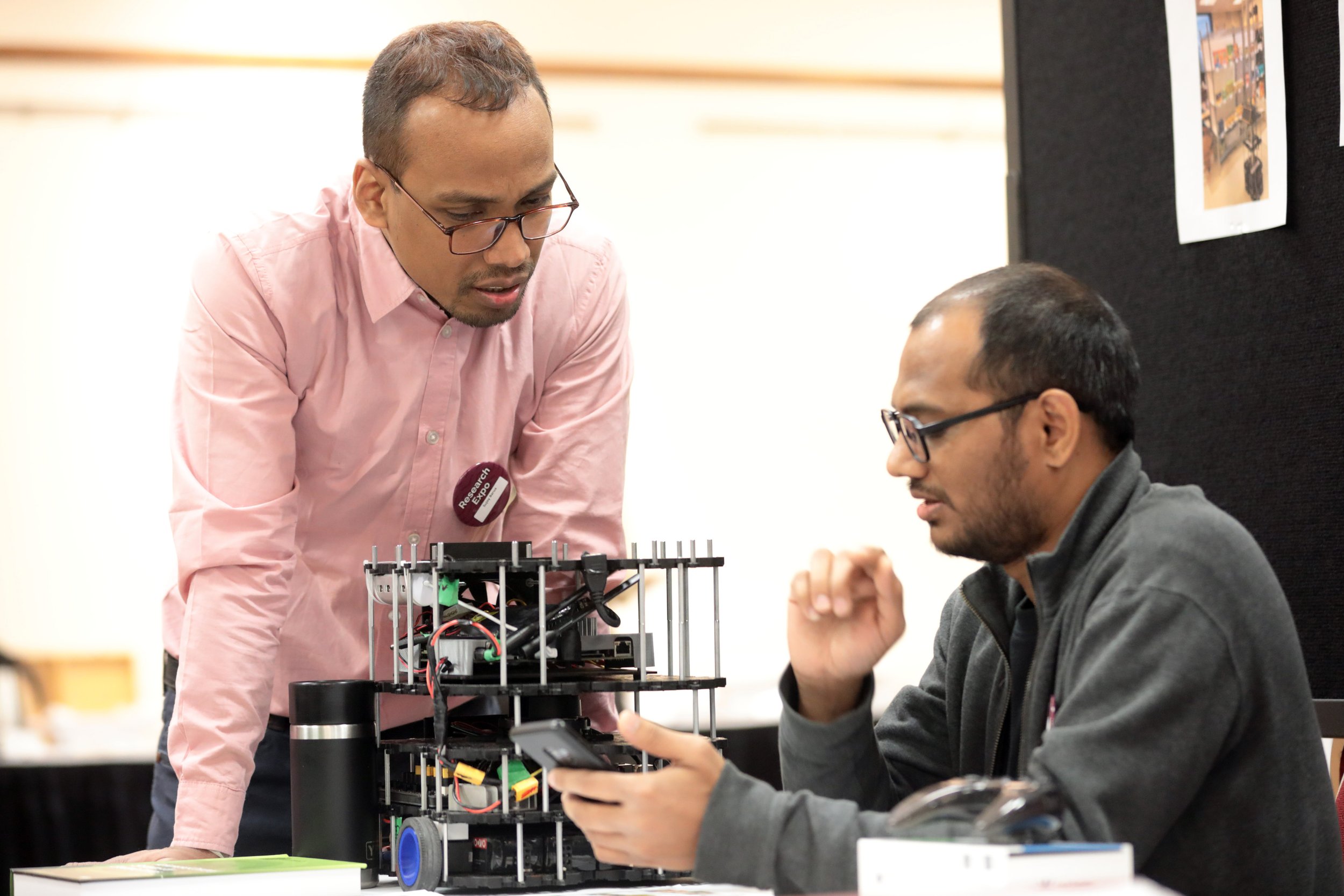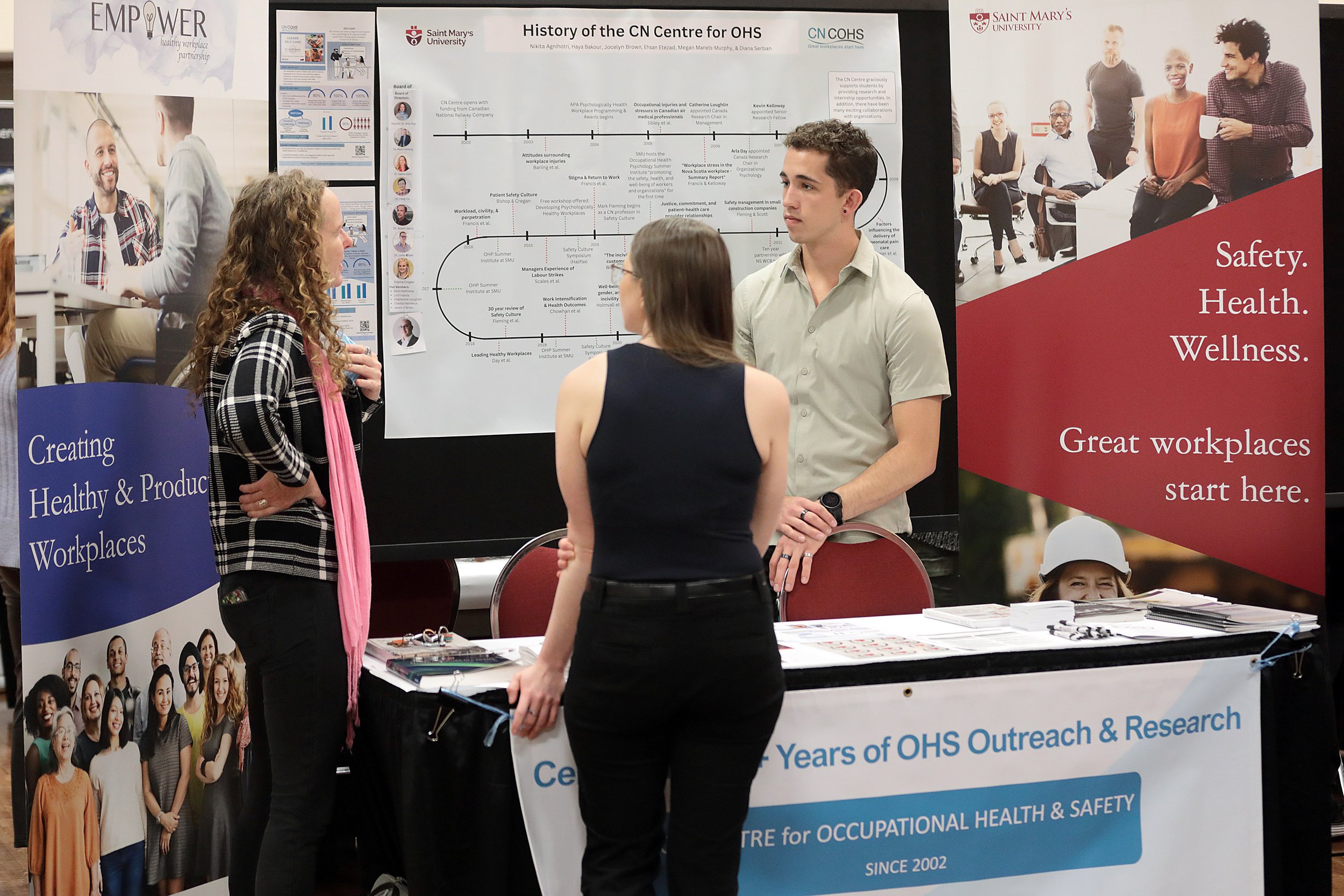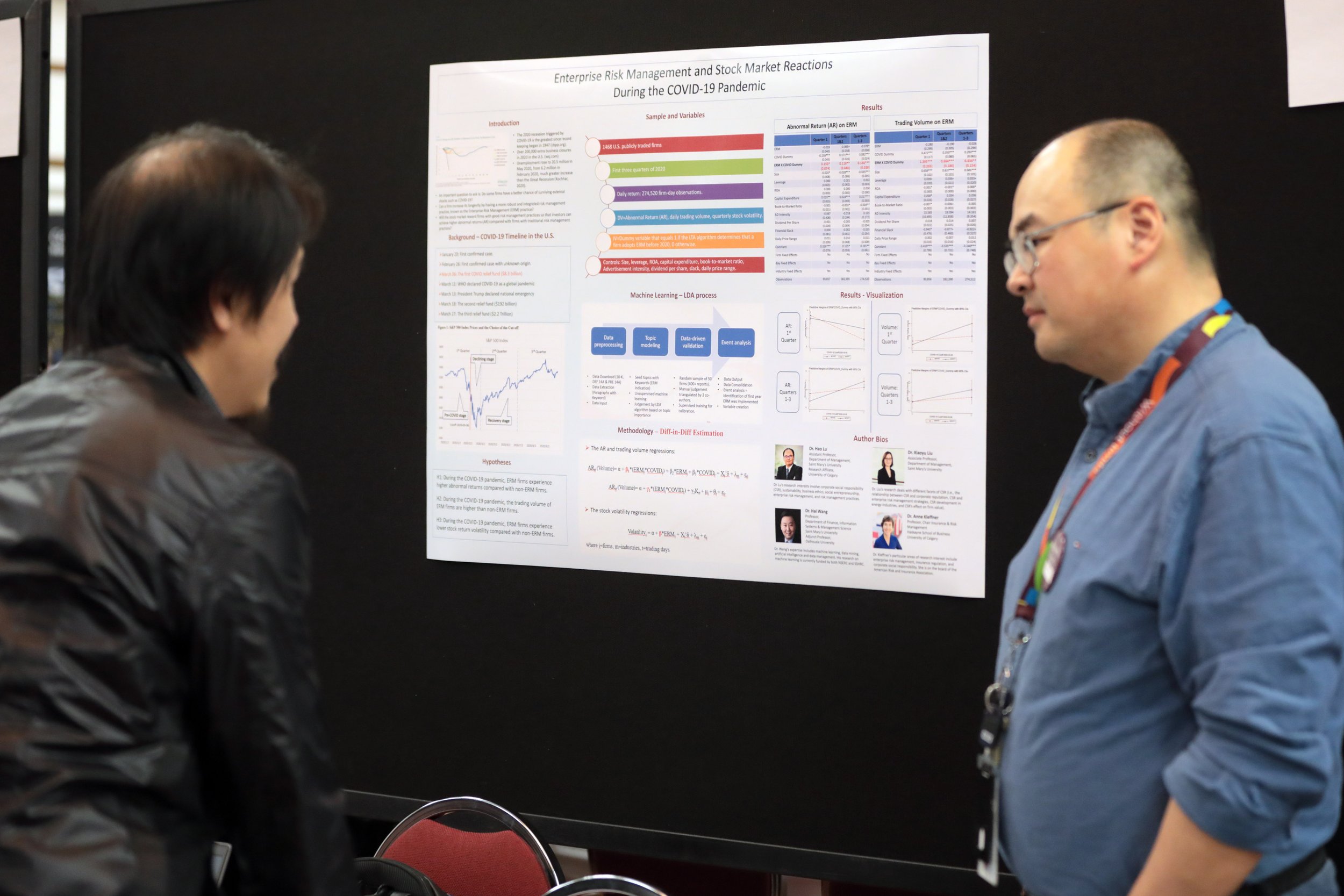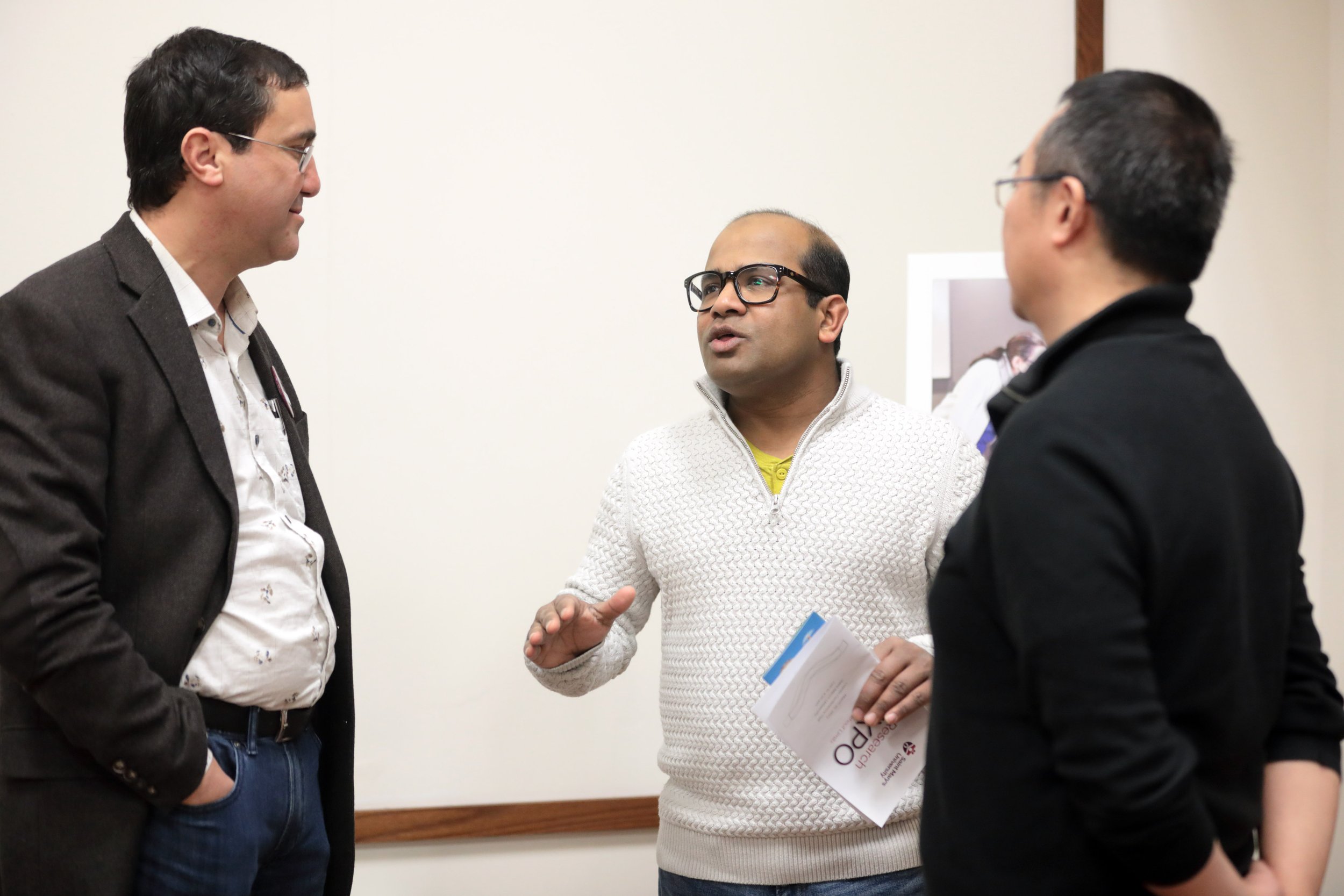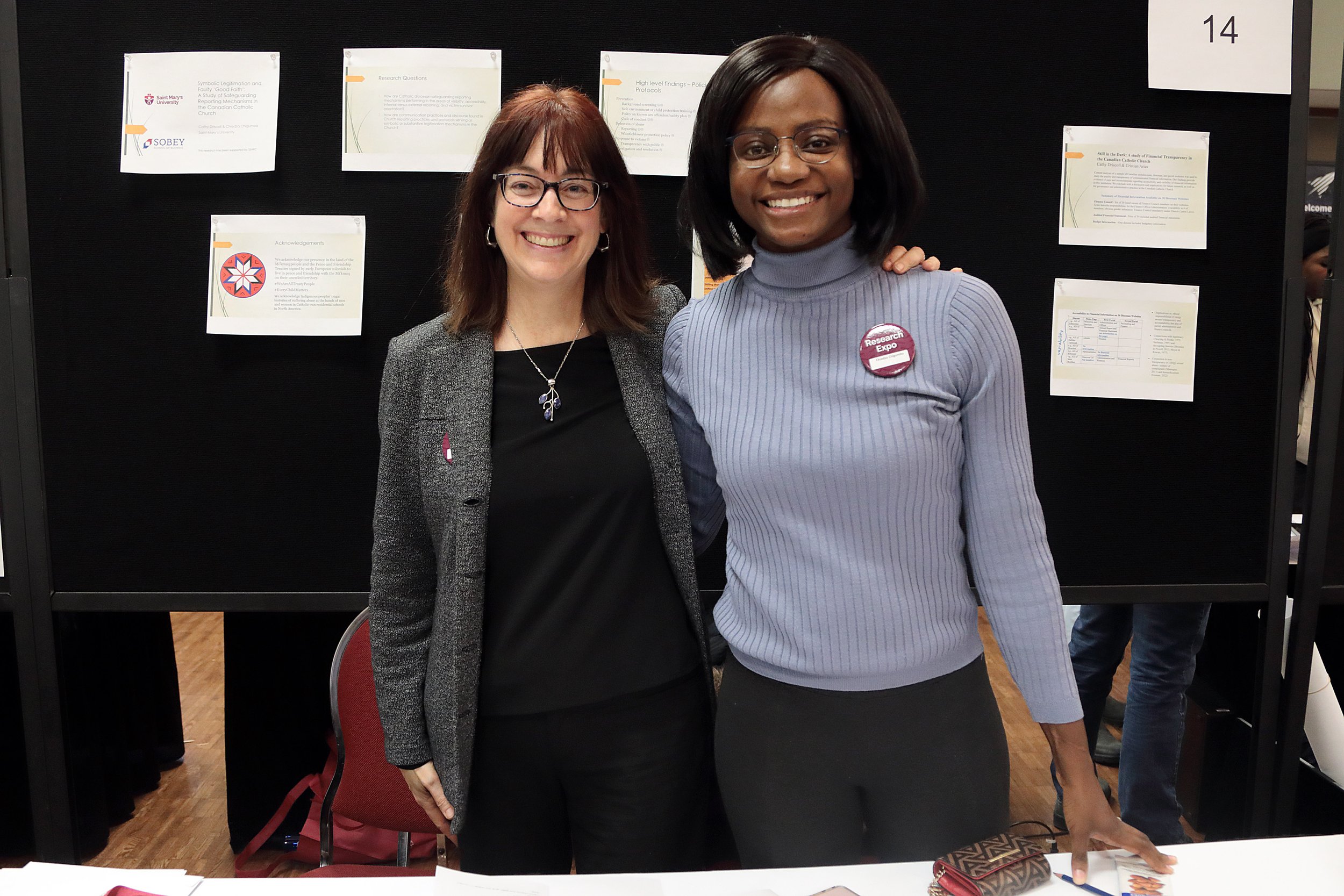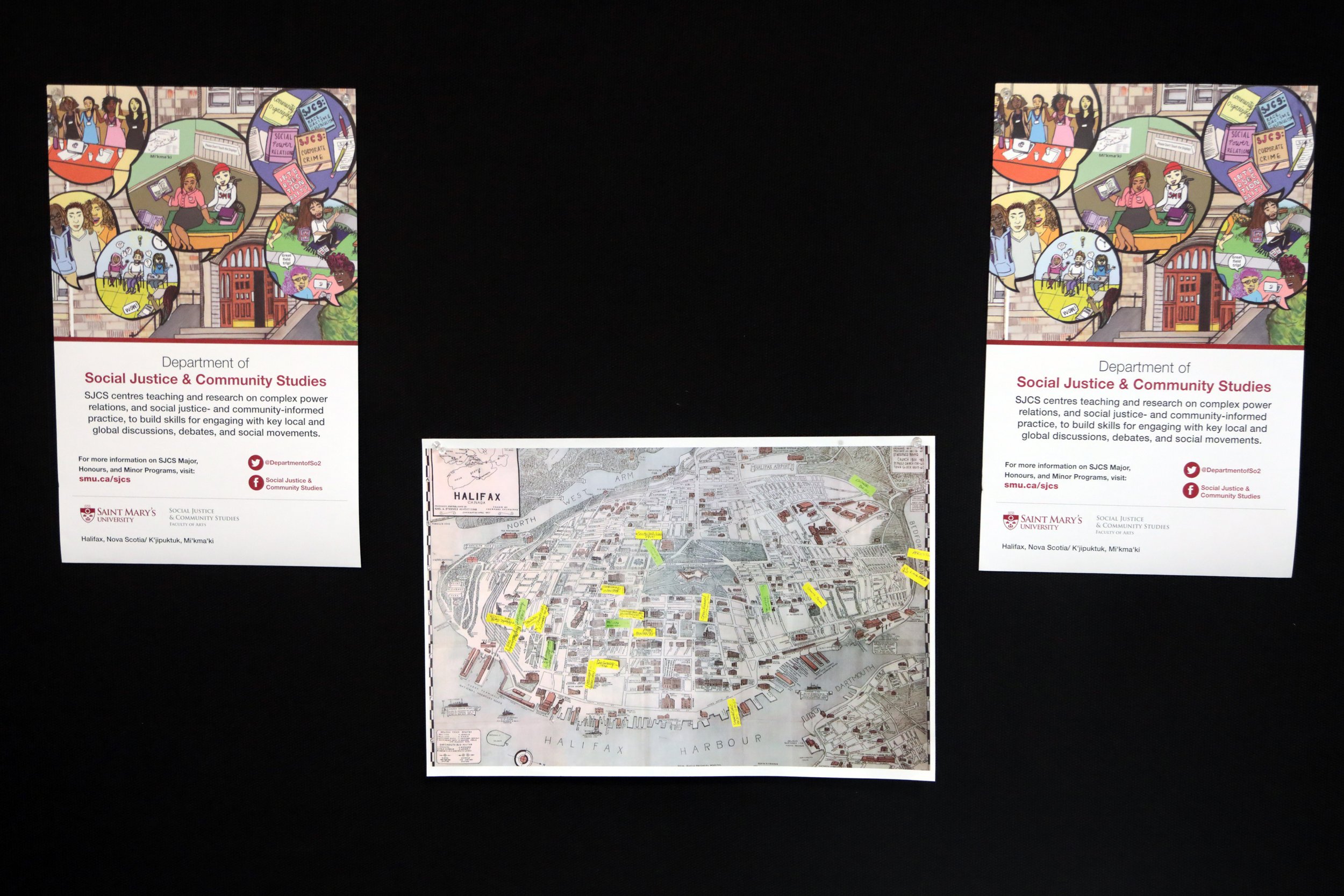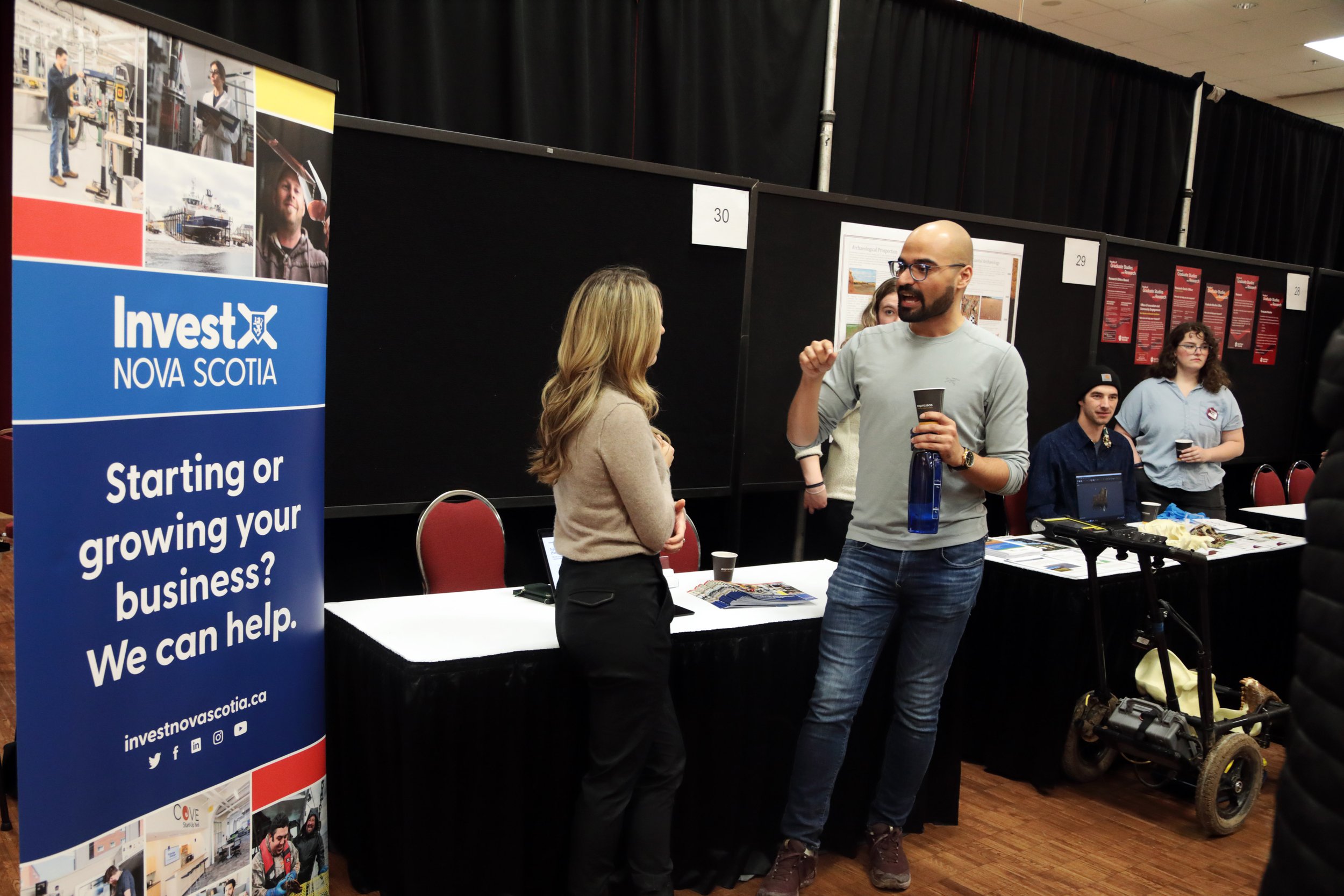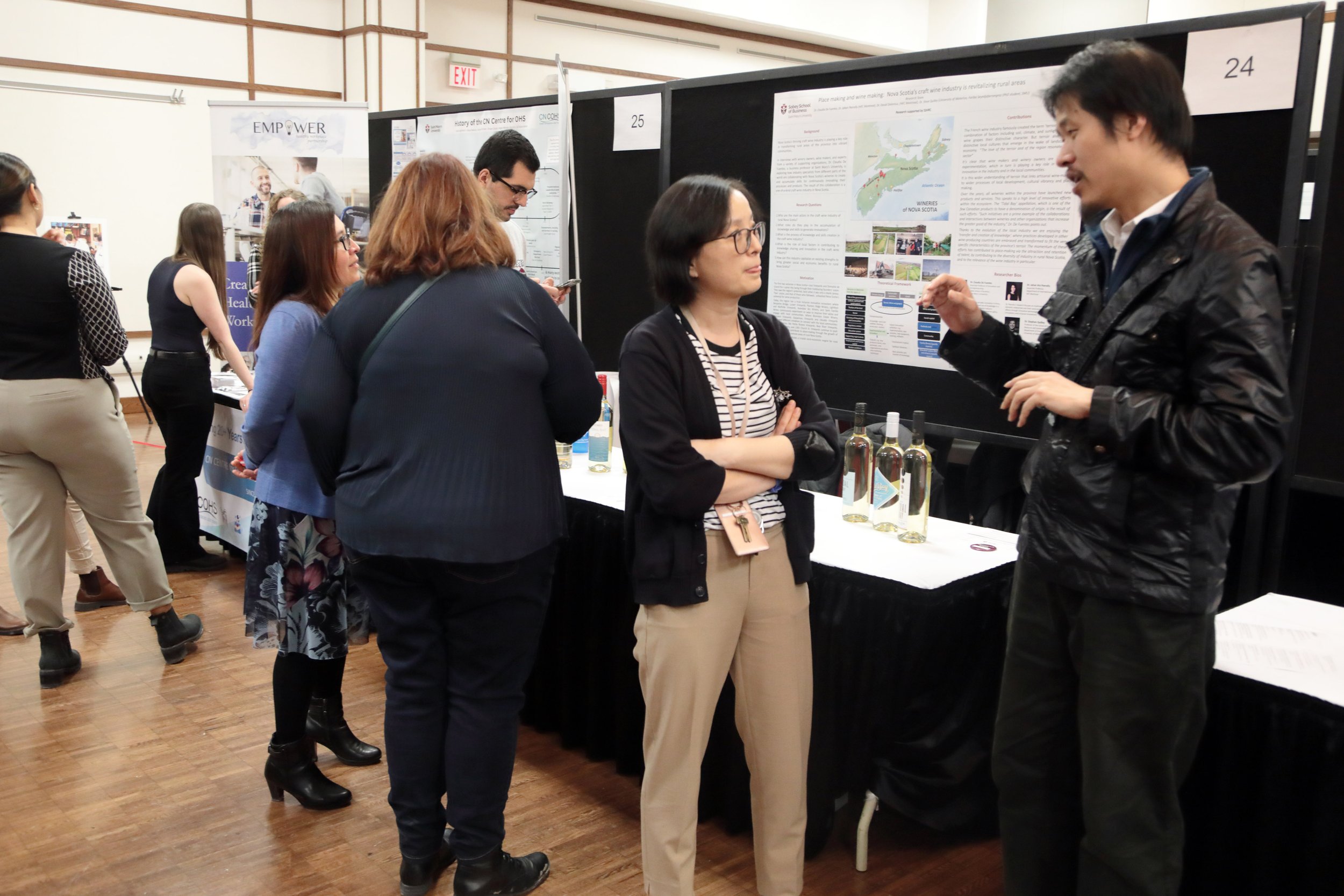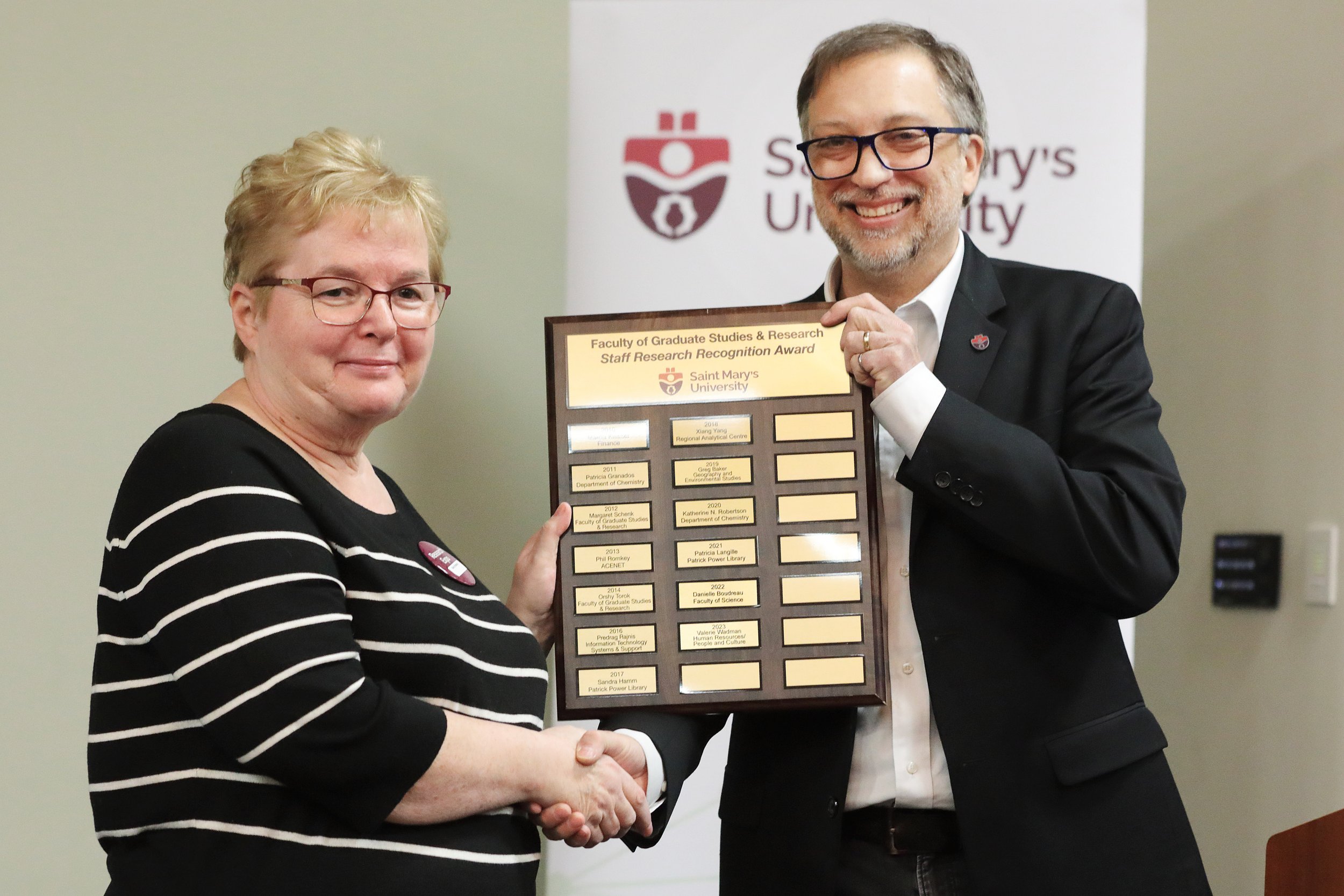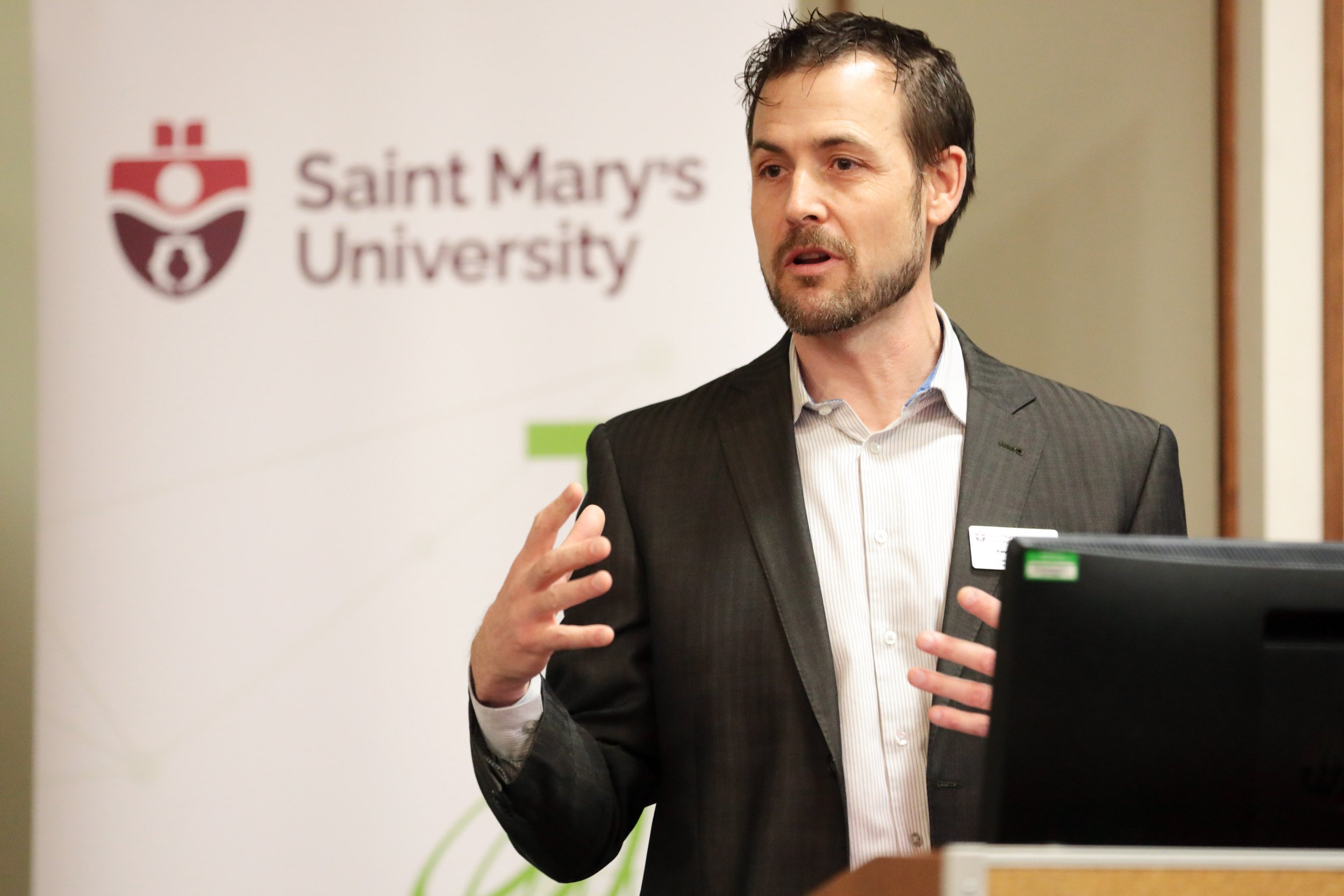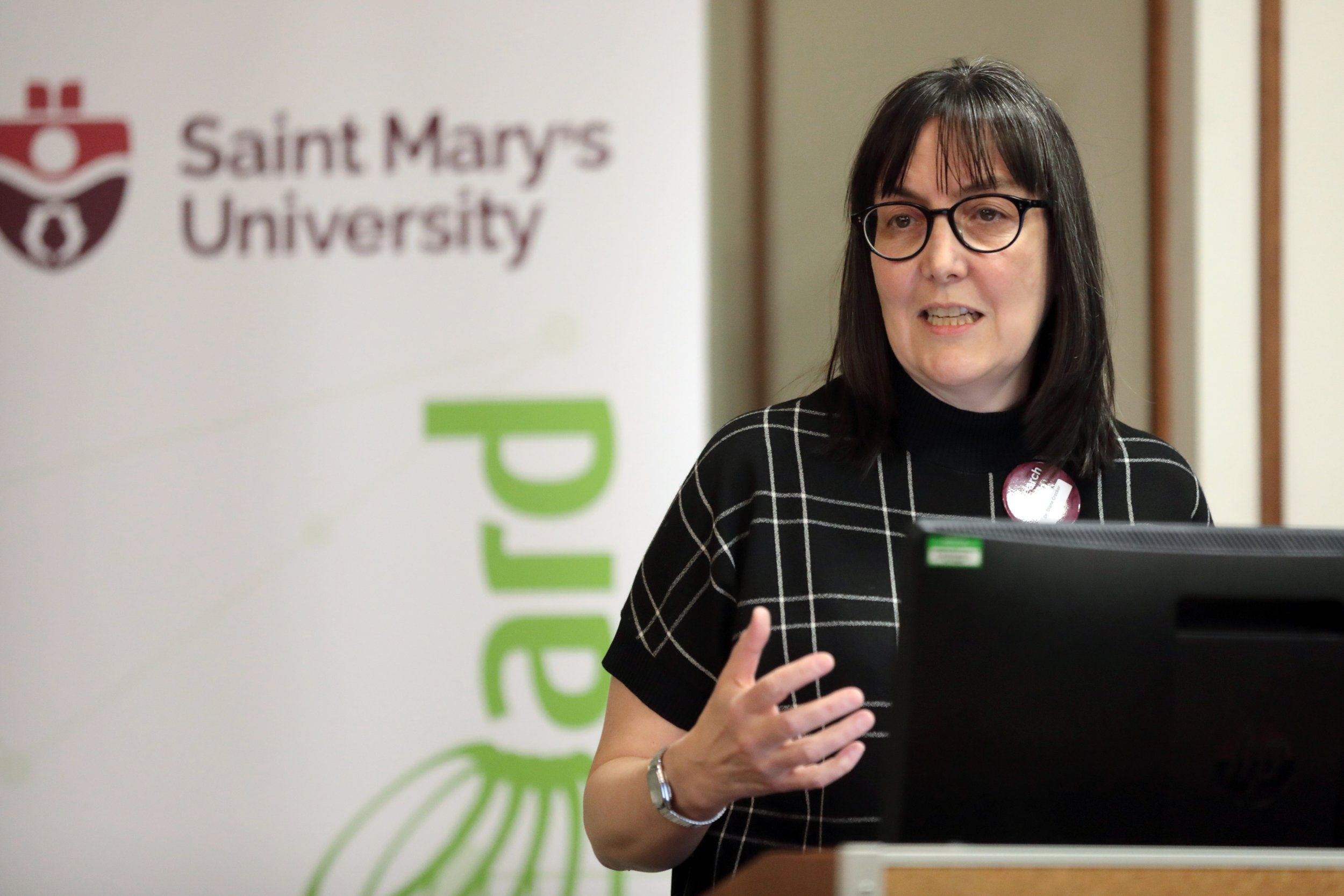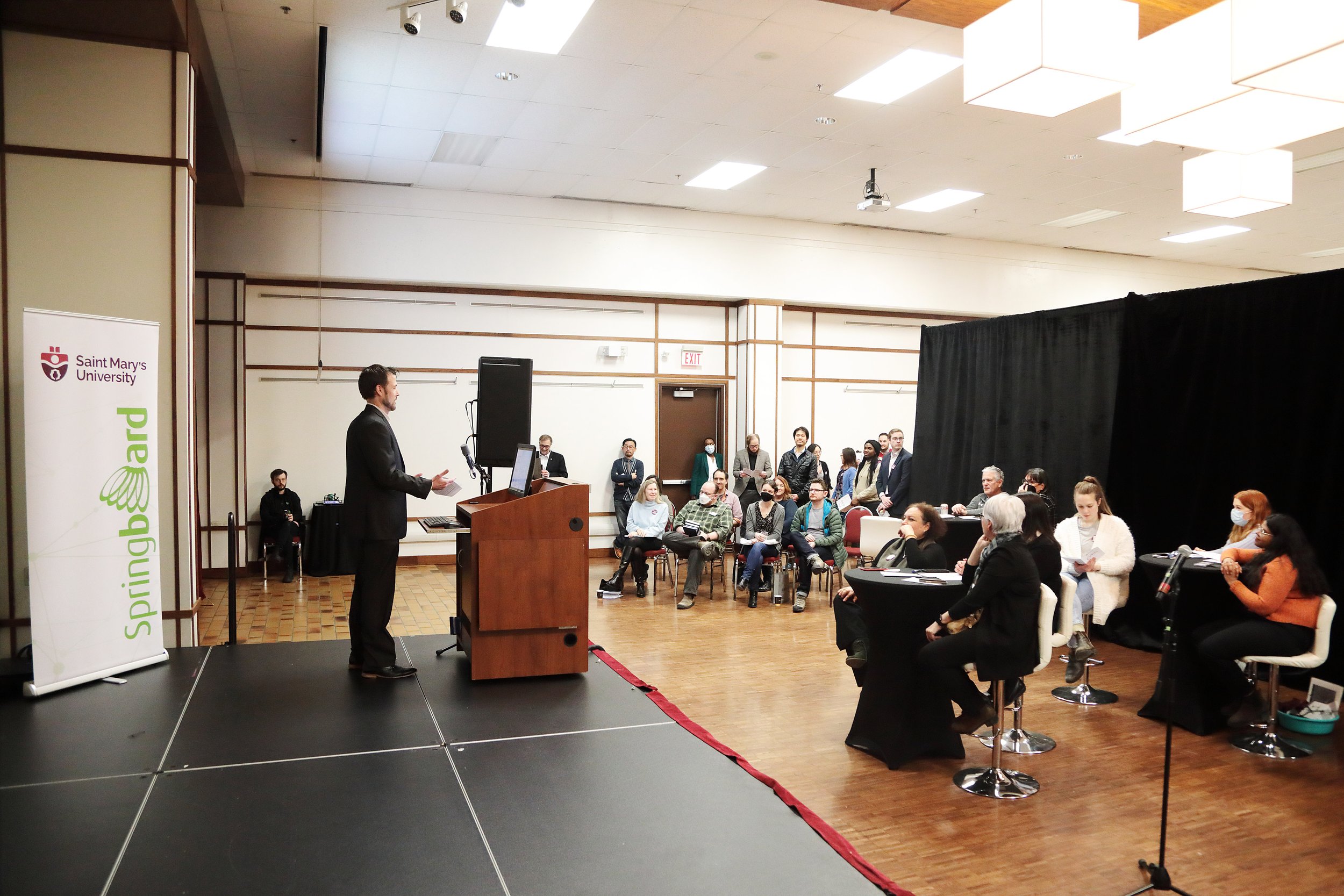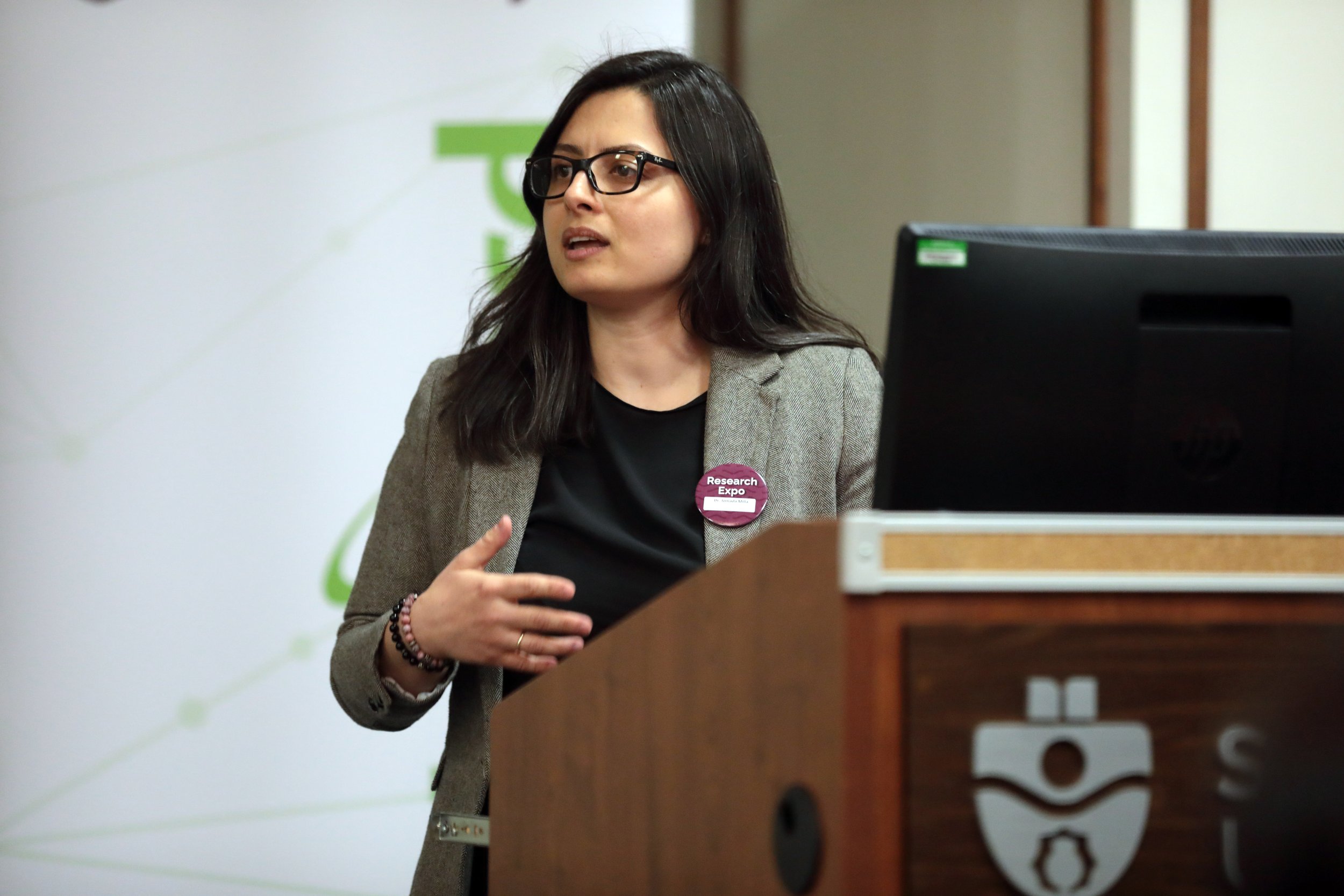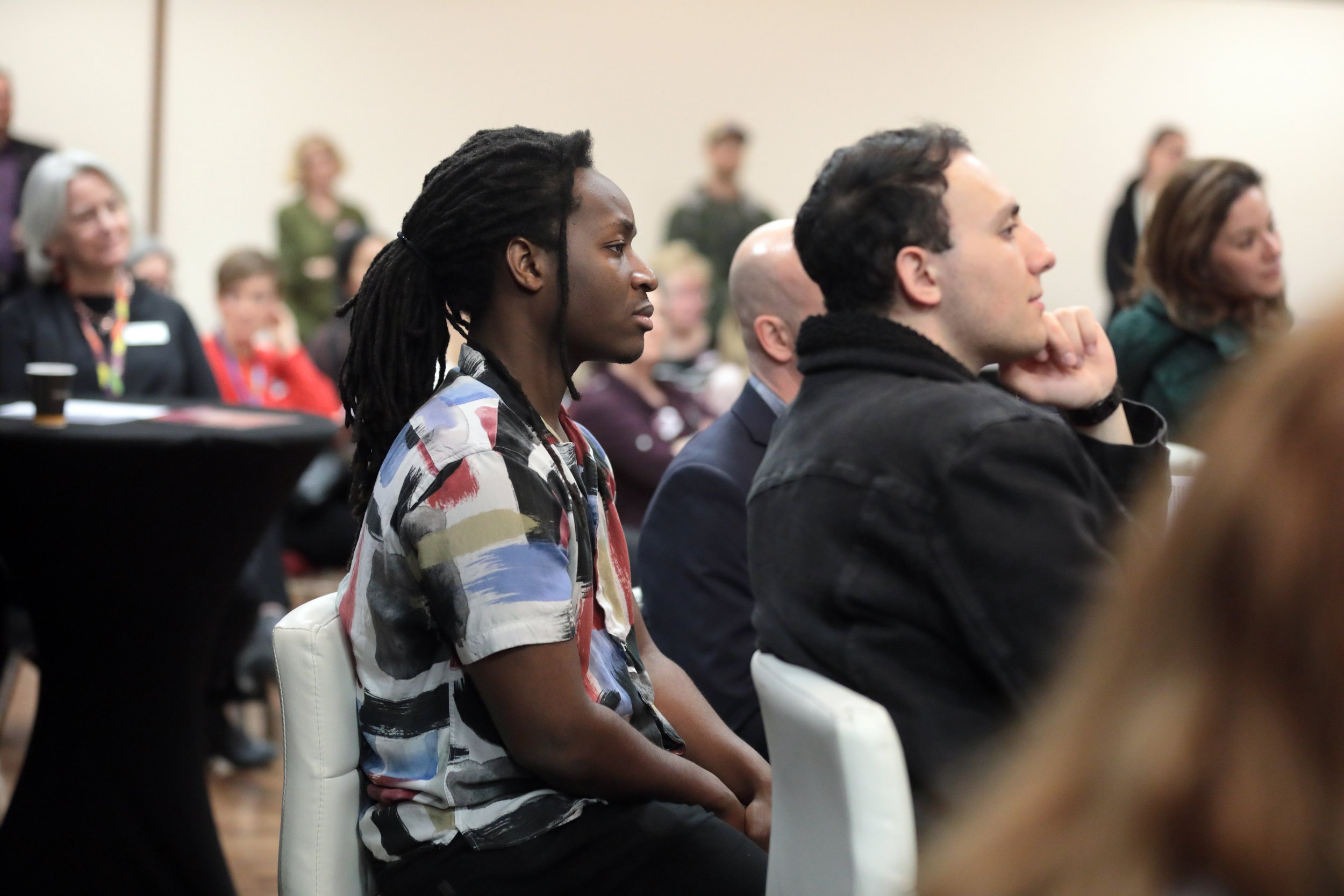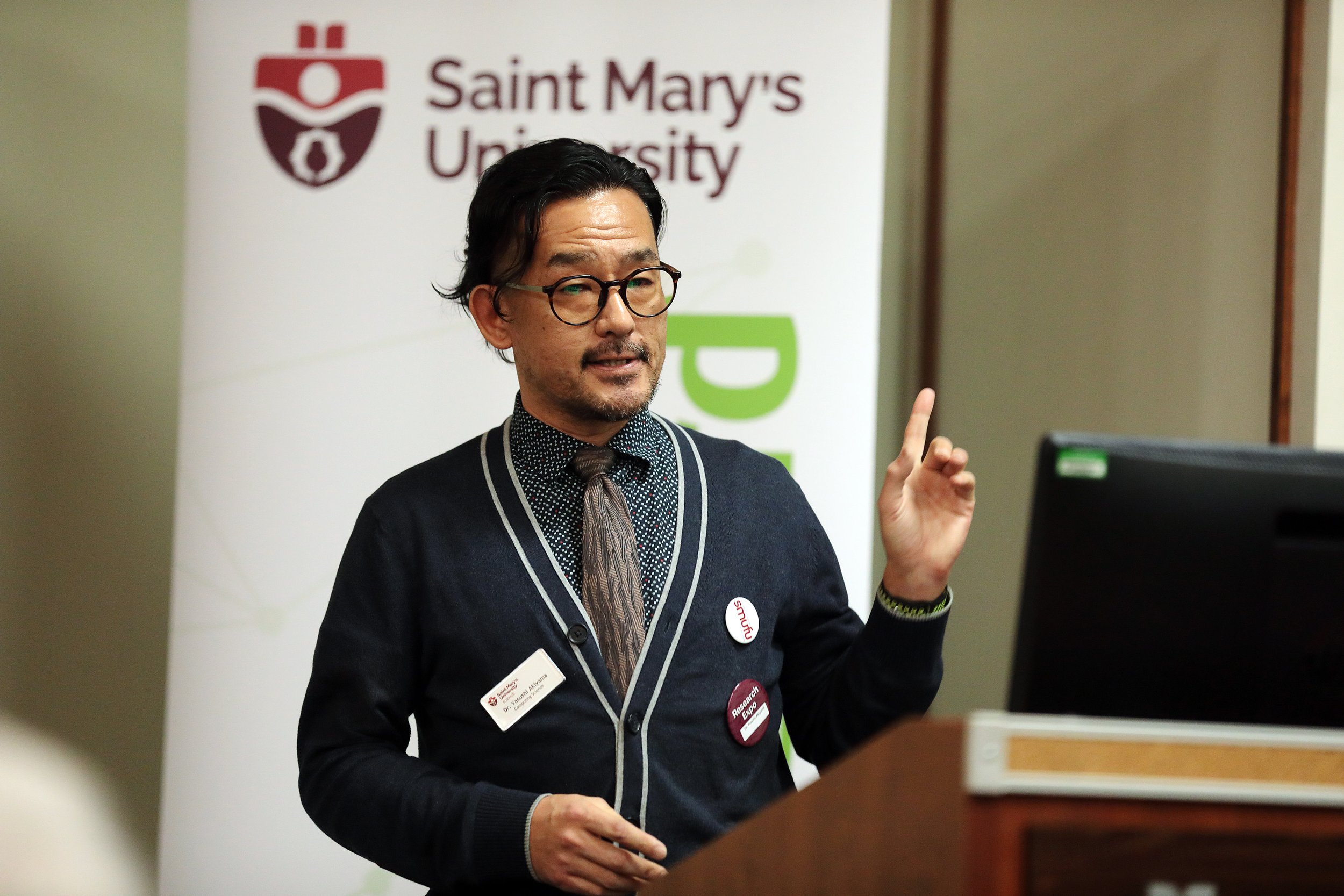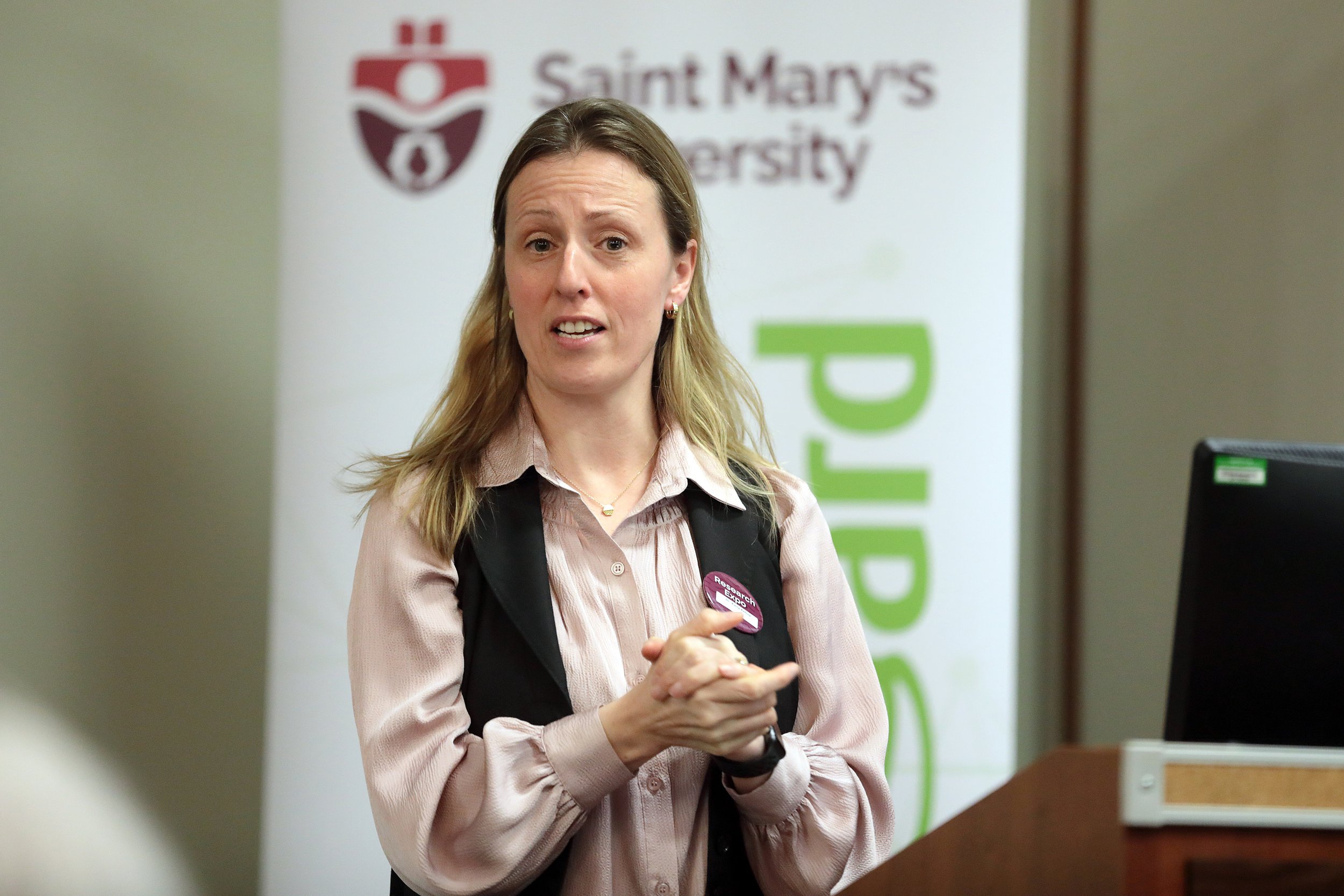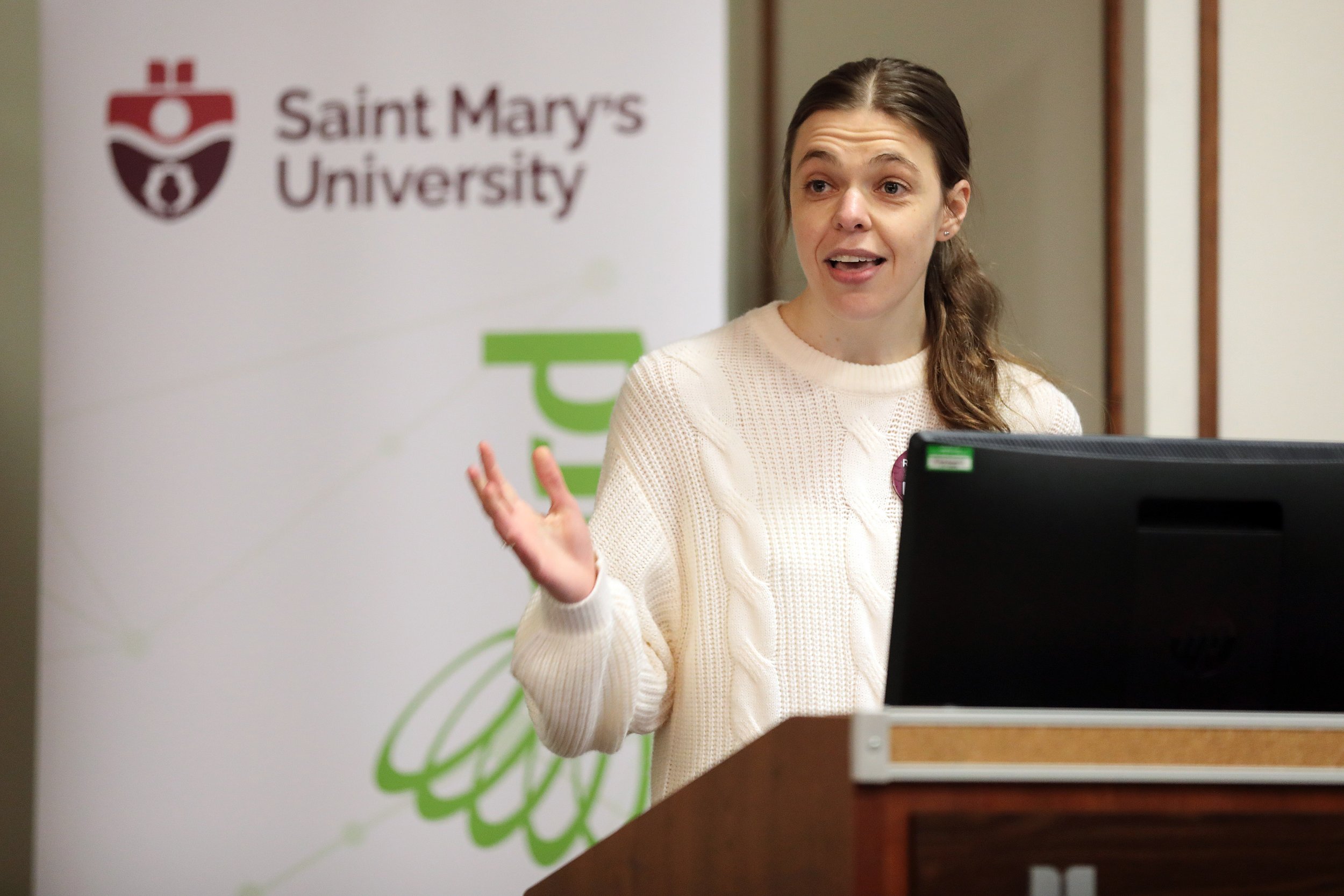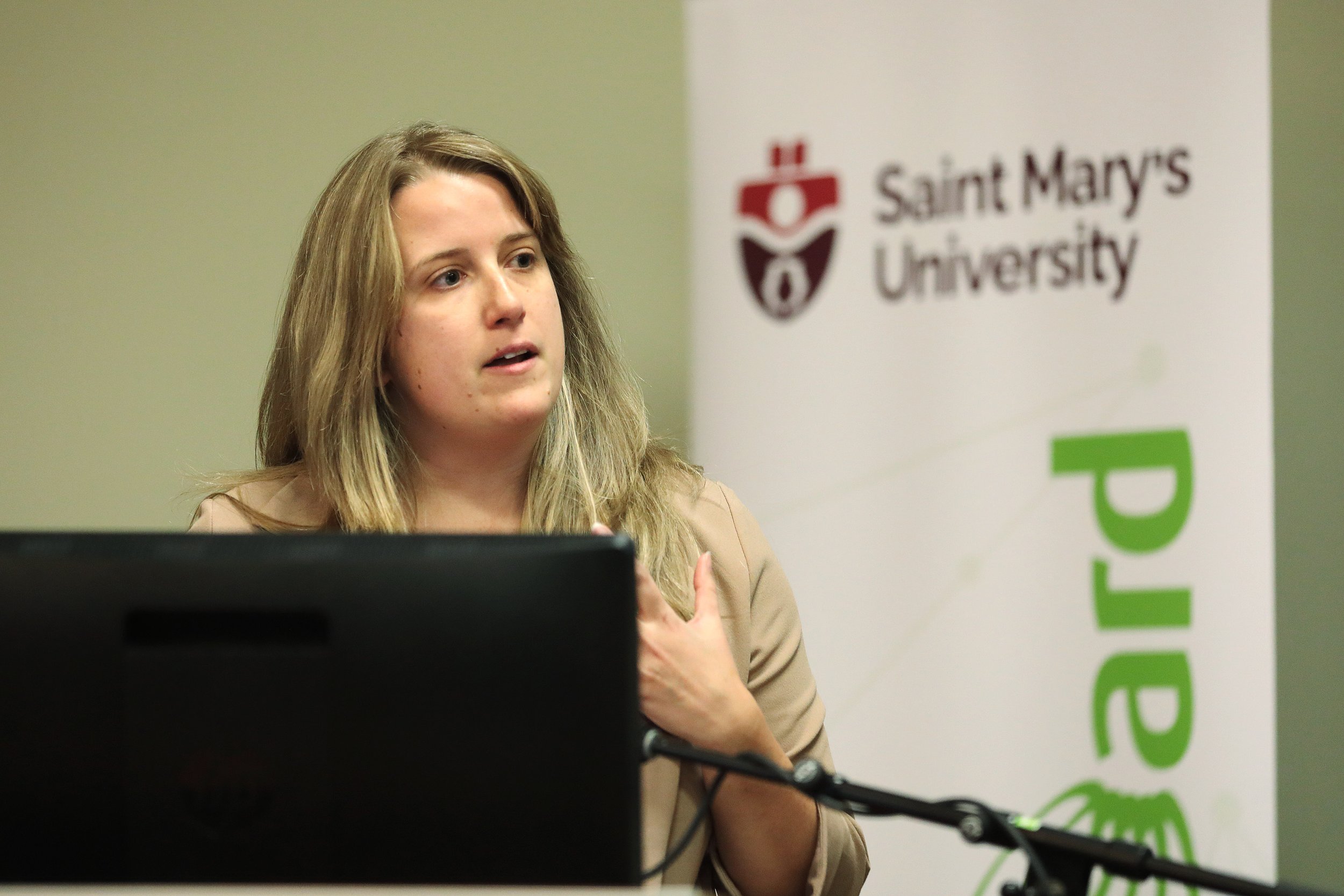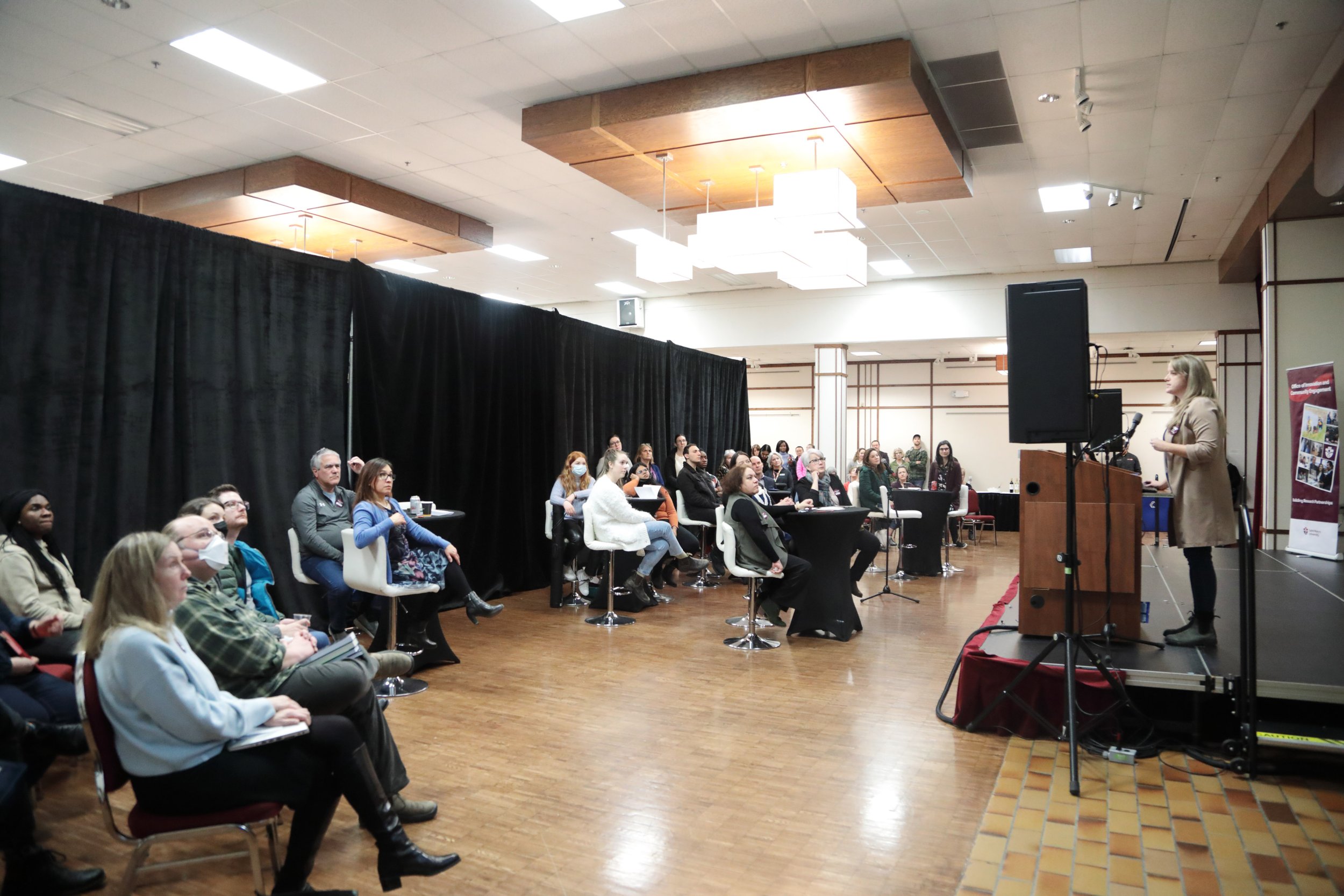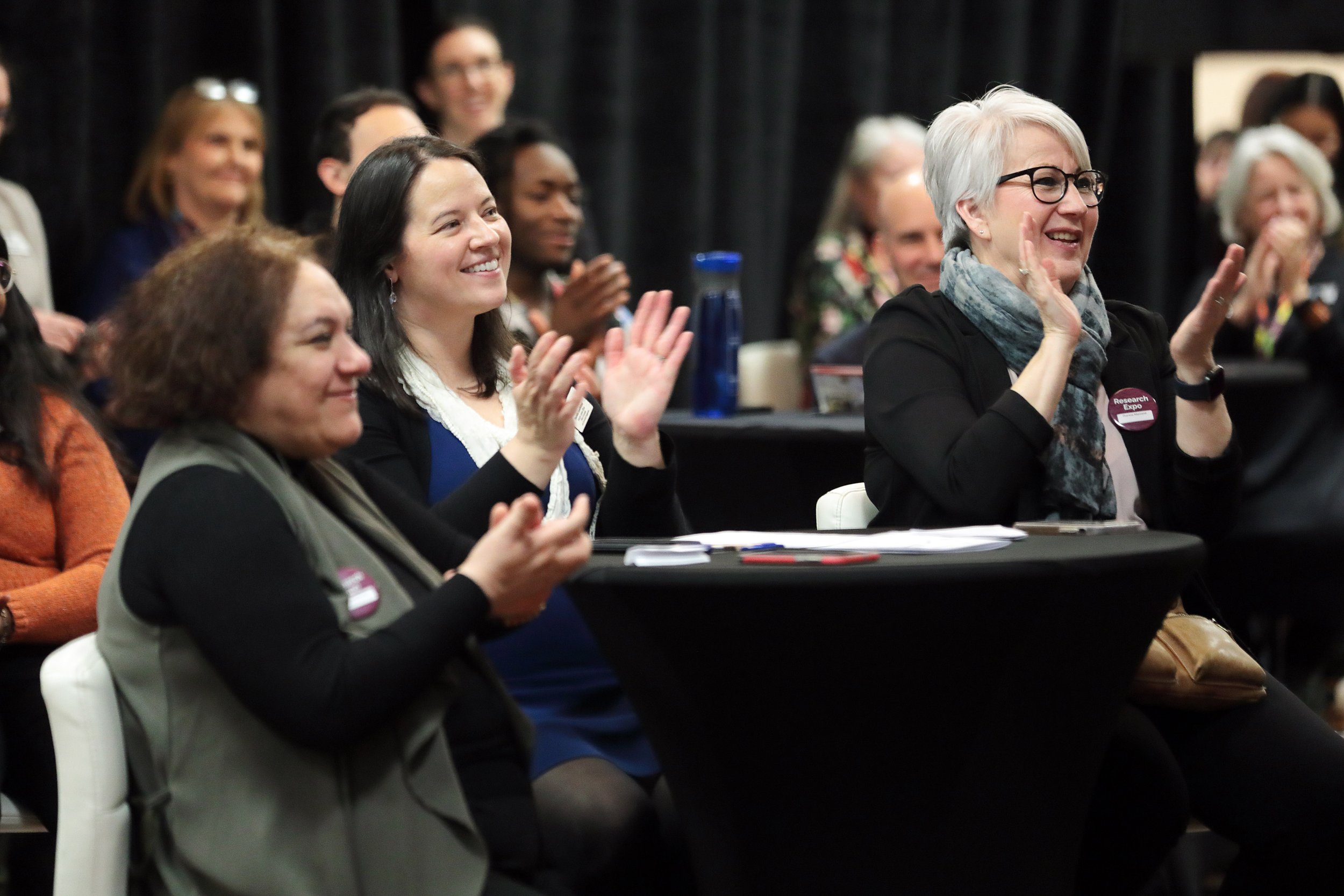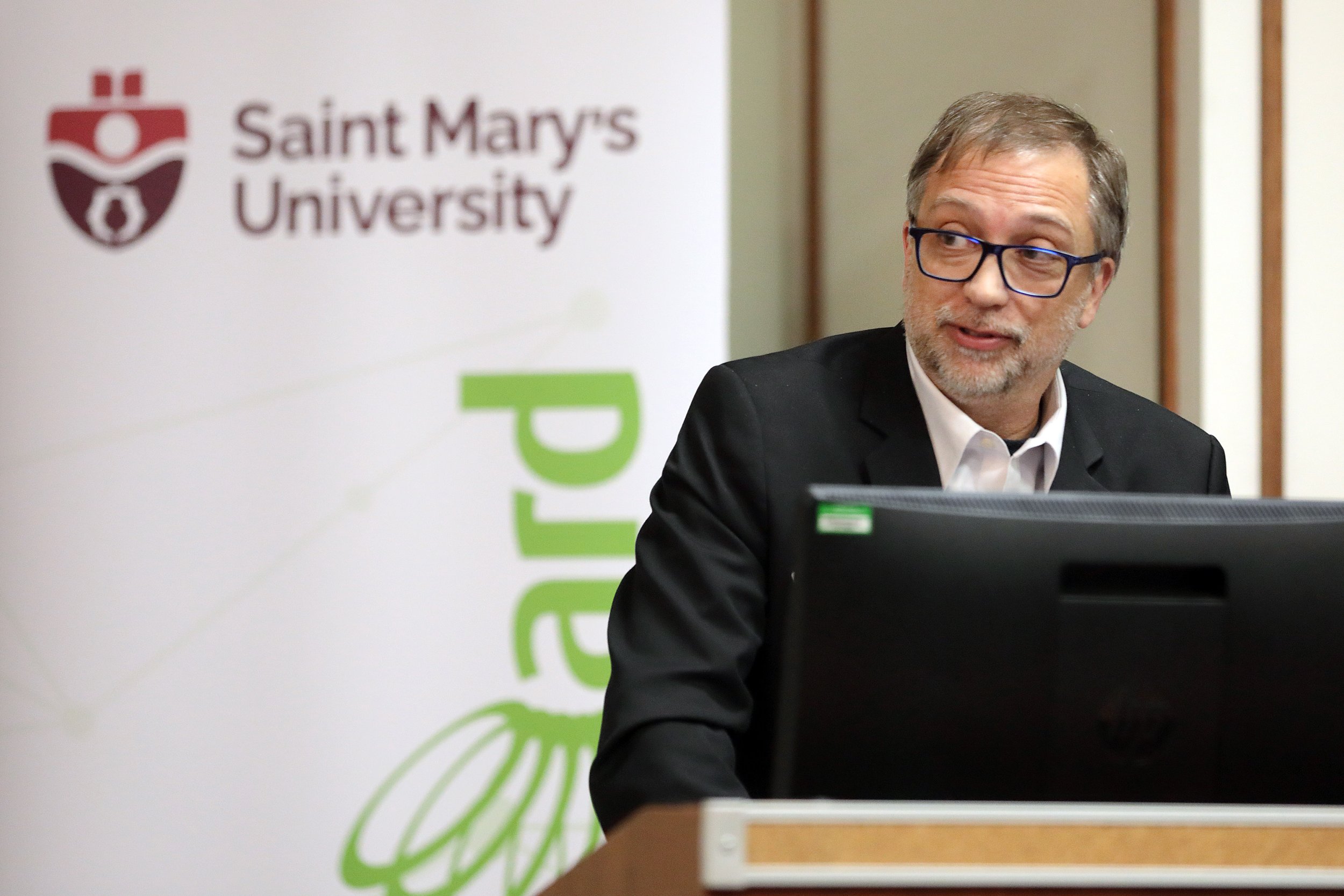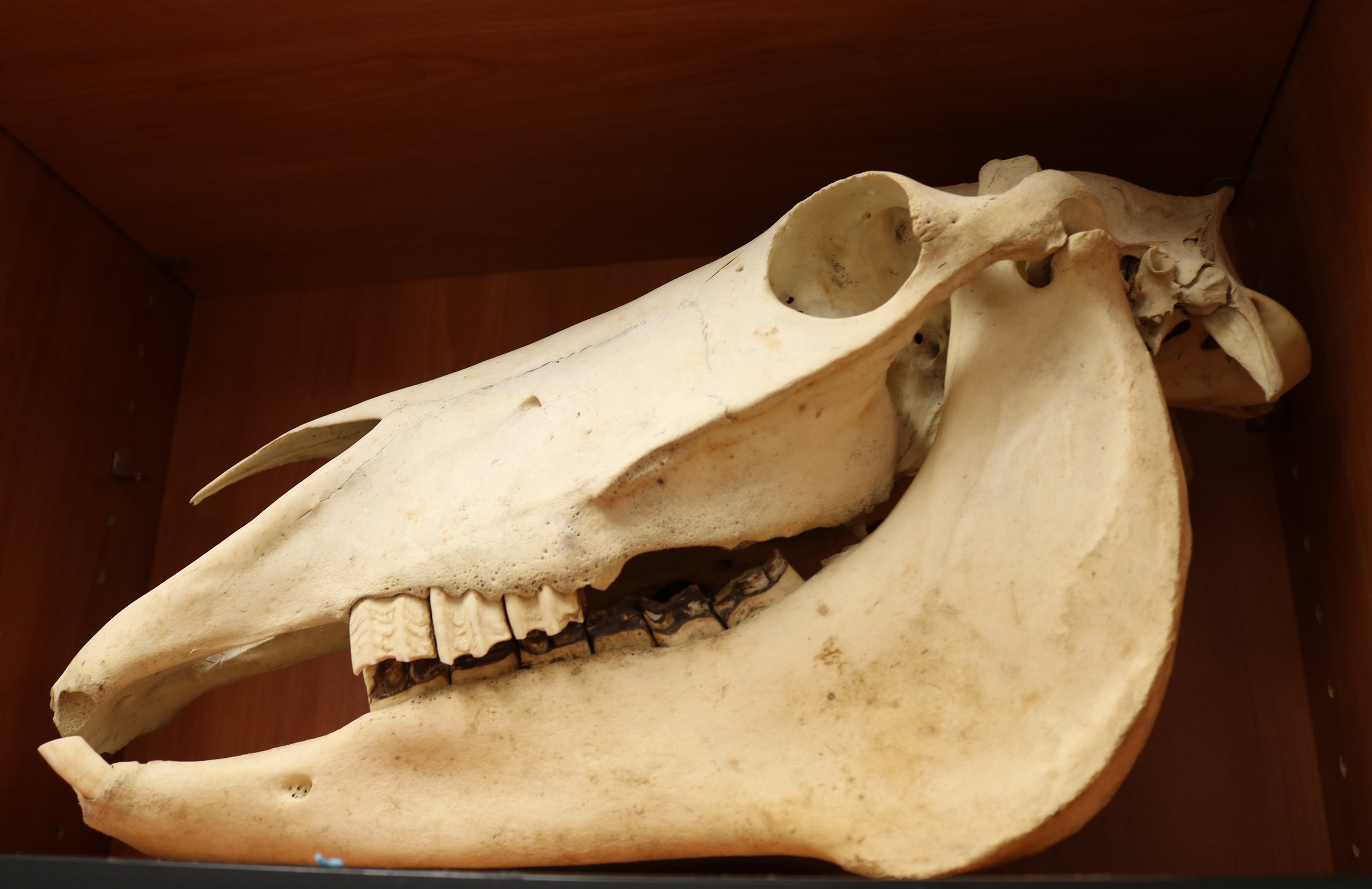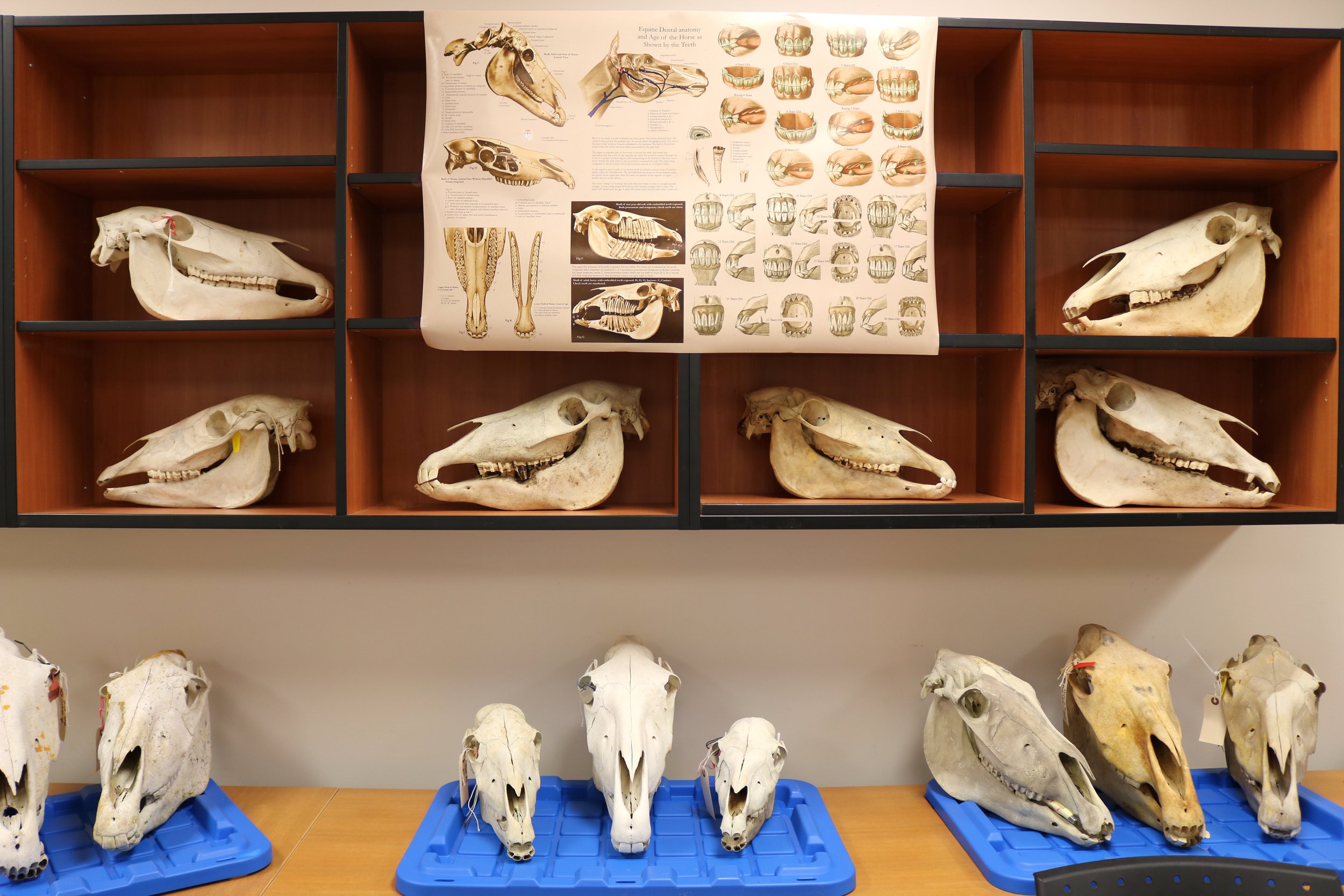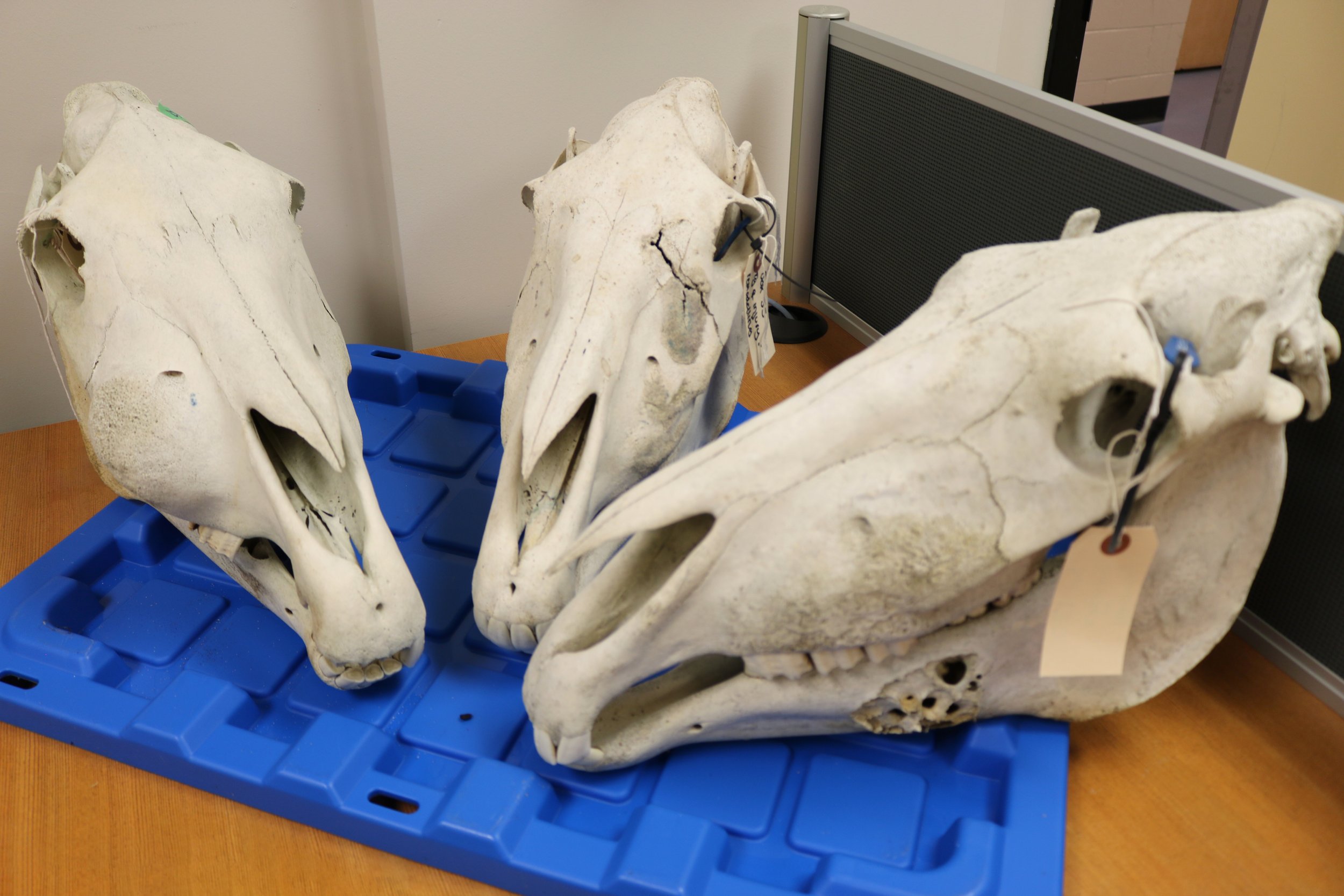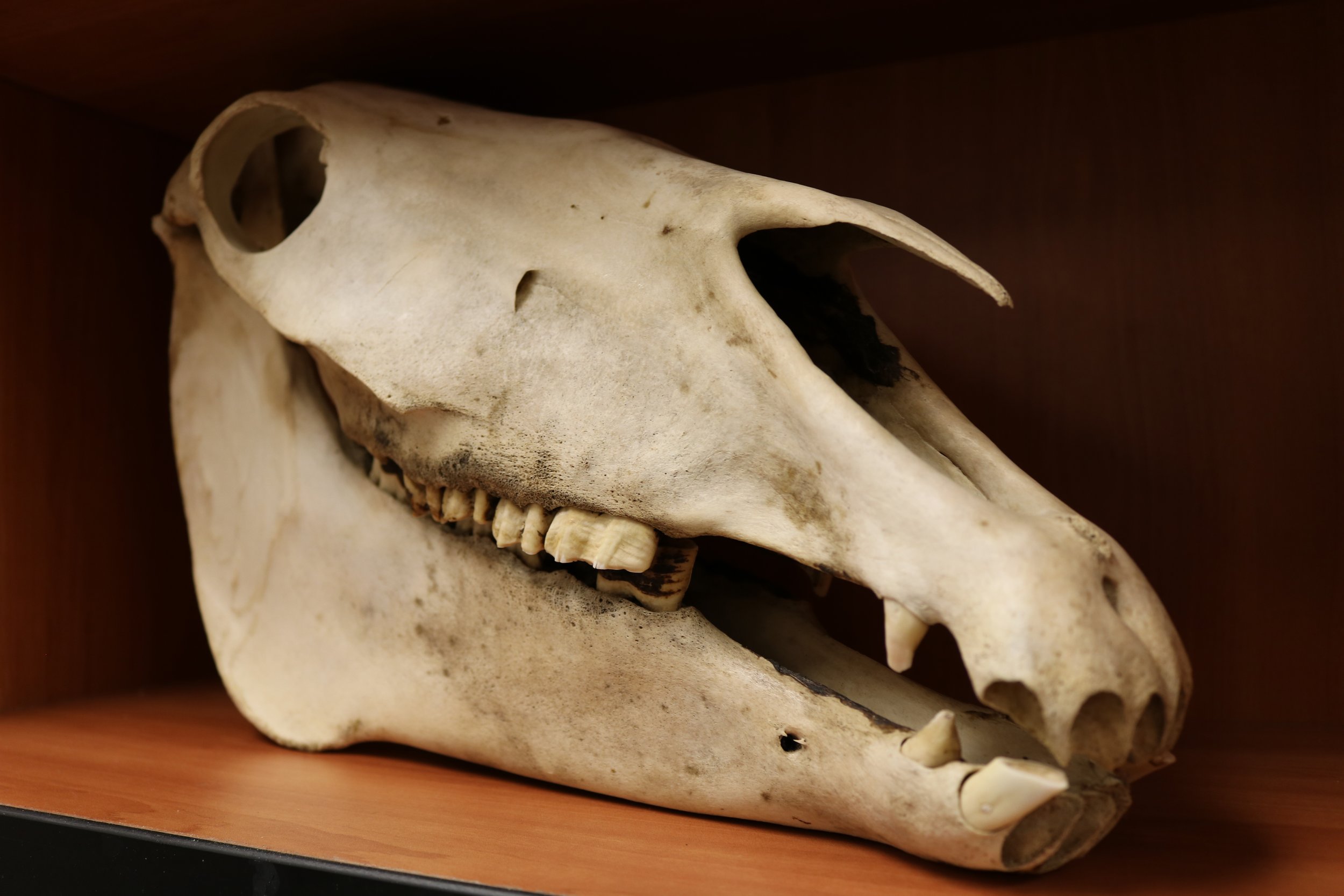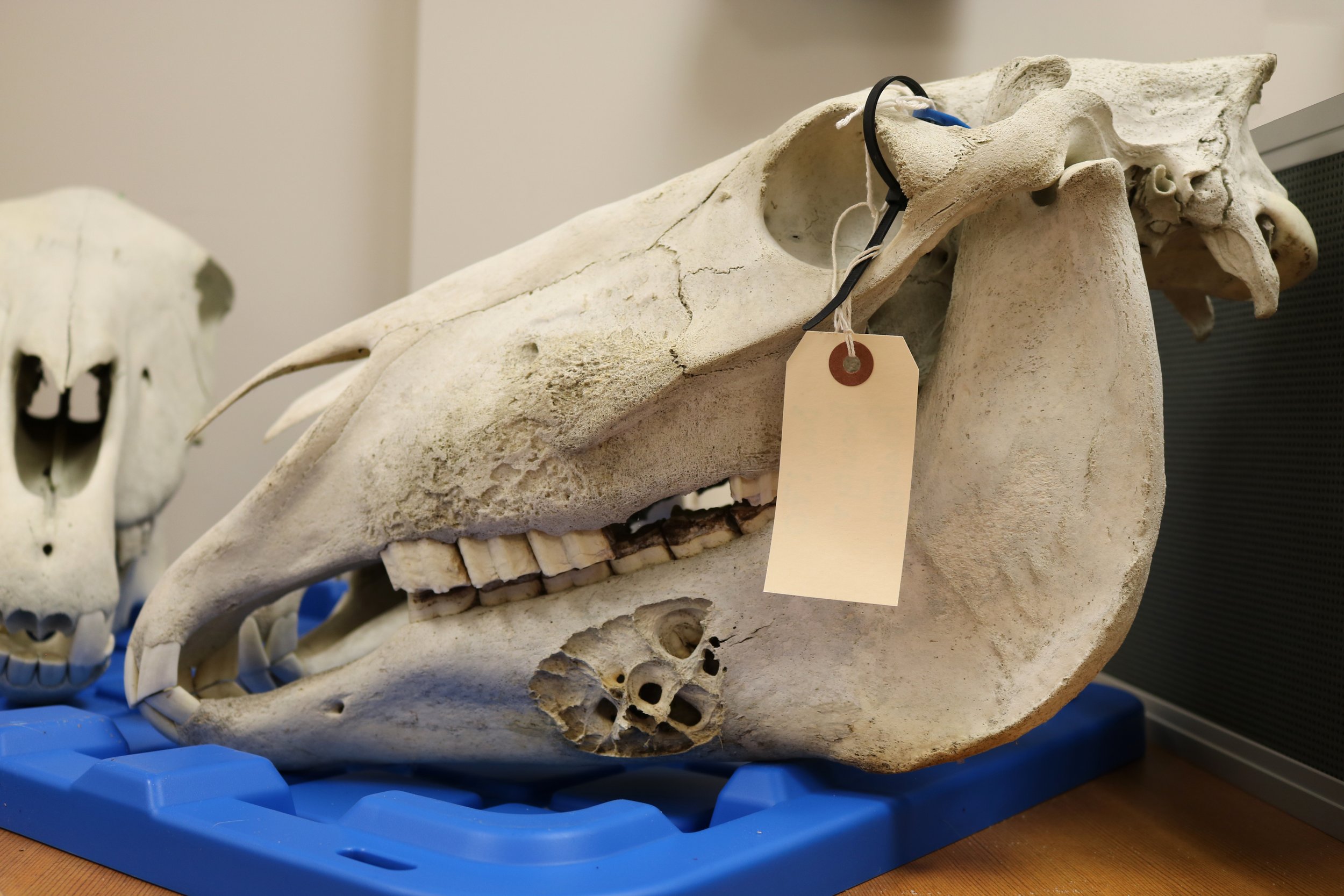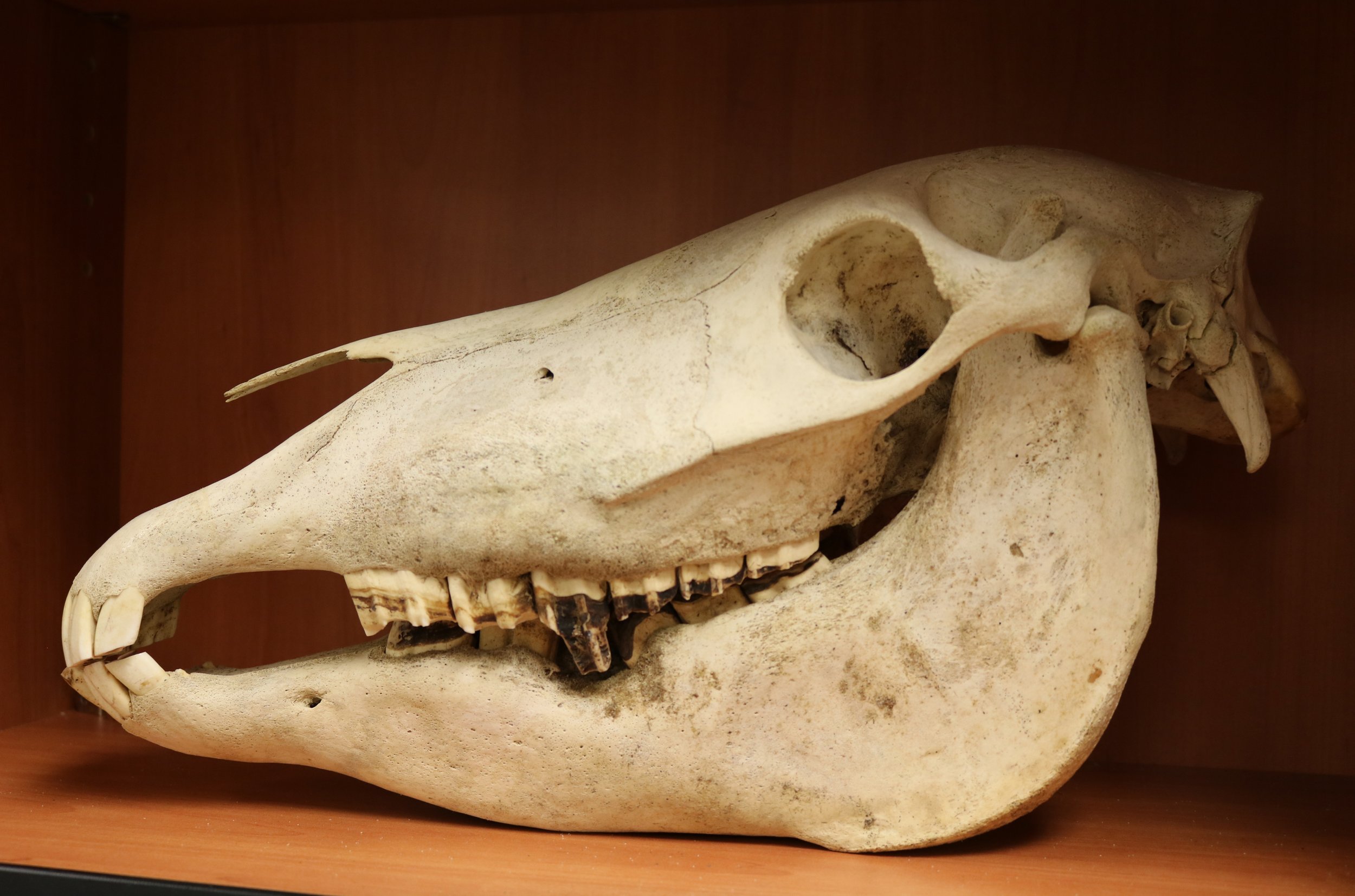Flynn Walthour BA’23
Four years ago when she was getting ready to graduate from high school in Oregon, Flynn Walthour didn’t have a clear plan for her next steps. She knew where she was heading, though—across the continent to Halifax, and Saint Mary’s University.
Flynn was intrigued with the possibilities of exploring the opposite coast, living in a new country and creating new experiences for herself. Along with her studies, she gained valuable leadership skills as co-president of the SMU History Society. Now the Dean’s List student is graduating magna cum laude and heading back home with plenty of memories and lifelong friendships formed here.
Q&A with Flynn Walthour
Where is your hometown? I was born in Carmel, California and was raised there until I was 14. I then moved to Portland, Oregon where my family still lives.
Why did you choose Saint Mary’s? I chose Saint Mary’s due to its small class sizes and international student population. I wanted to come to the East Coast of Canada and SMU offered me everything I wanted from a school.
What programs did you study? I majored in History with a minor in Geography. They are interconnected in so many ways and I find a knowledge of both to be necessary. I love human geography, and learning how humans affect the environment and how the environment affects us culturally and historically. I have always been drawn to history ever since California history in elementary school. I love learning about the past and how it affects us today.
Which instructor had the biggest impact on you? Although I have loved many professors here at SMU, I constantly chose courses with Dr. Heather Green. Her classes are always interactive and captivating. I appreciate all I have learned from her.
What can you say about the value of studying arts and humanities? We need writers, historians and philosophers just as much as we need doctors and engineers. The arts teach critical thinking, empathy and understanding. They ask us to dig deeper and find out the true story. They teach us how to better understand the world we live in and how to make it better.
Were you involved in any campus activities? I got involved with the SMU History Society. My friend Lydia signed on for the executive team and needed another person to help restart the society, which had been absent since 2018. It required a lot of work but we wanted an outlet on campus where history lovers could meet other like-minded individuals. Although we restarted it late into our education and didn’t get to hold many events, I’m happy that we were able to bring the society back for future students.
What’s your favorite space on campus? The third floor of the library. I have spent many days up there working and reading. I love the bright windows and the quiet atmosphere. Other than my room, I doubt I have spent more time anywhere else.
What was it like to live in residence? I lived in residence for all of my in-person years at SMU and I feel as though it was the best fit for me. As an international student, entering a lease seemed difficult, given the fact that I do not live here year-round. My roommate Ashlyn and I found fun and a sense of home in Rice, and I appreciated the stability of having a home in residence.
Can you share any thoughts on our student supports and services? The support systems at SMU are better than anybody could imagine. I received nothing but support and help from residence staff, the Financial Aid office and the Student Health Clinic.
What are your goals for the future? I would like to become a high school history teacher. Saint Mary’s has set me on that path through the education I have received. I am confident in my ability to pass on my knowledge to the next generation.
What advice do you have for new students? My advice for new students is to get involved. Life is what you make it so put yourself out there, make friends, join societies and make your experience at SMU one you can look back on with pride.
Spring Convocation for the Faculty of Arts takes place on May 19, 2023. Watch the ceremonies live at smu.ca/graduation or on our Facebook page.




